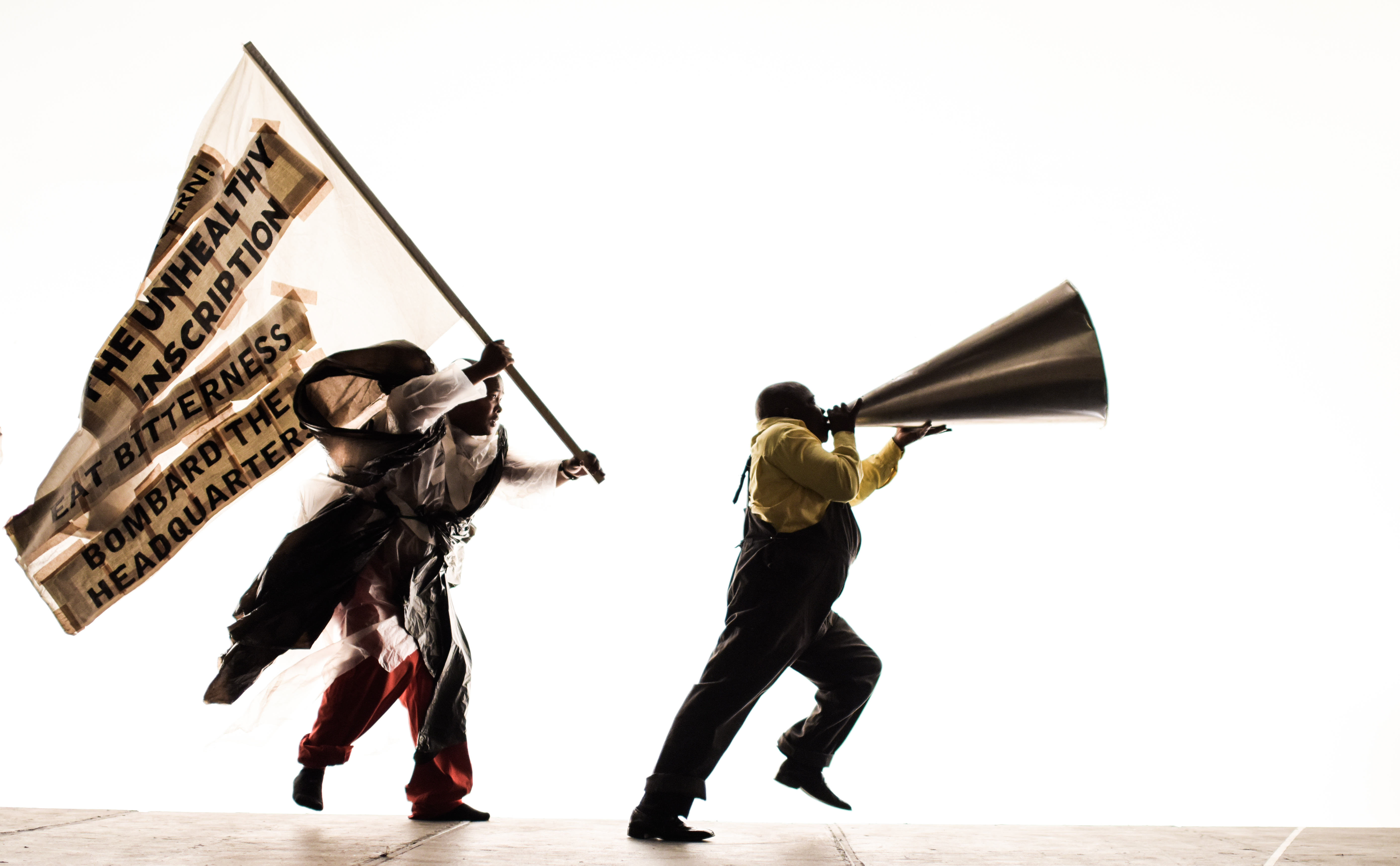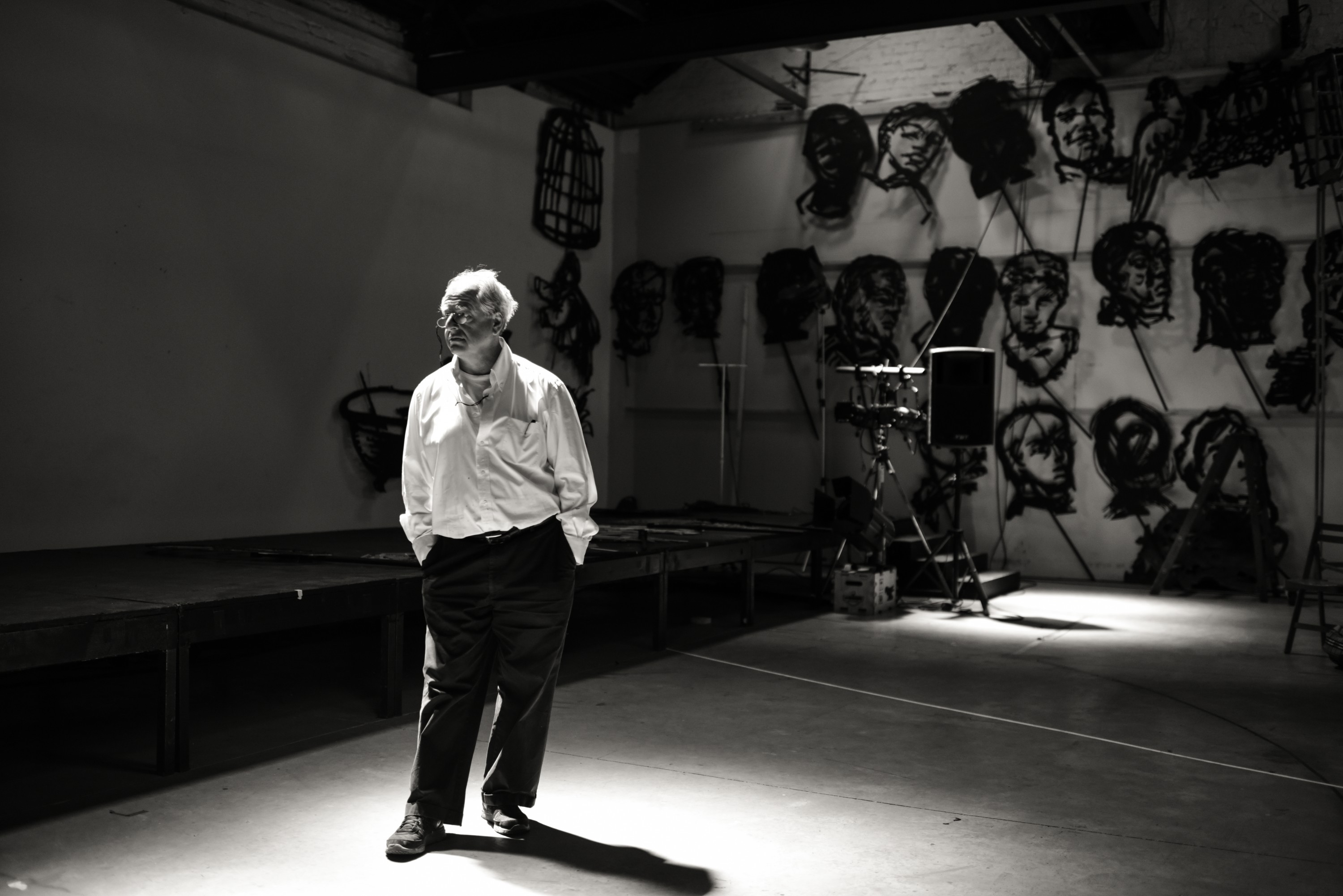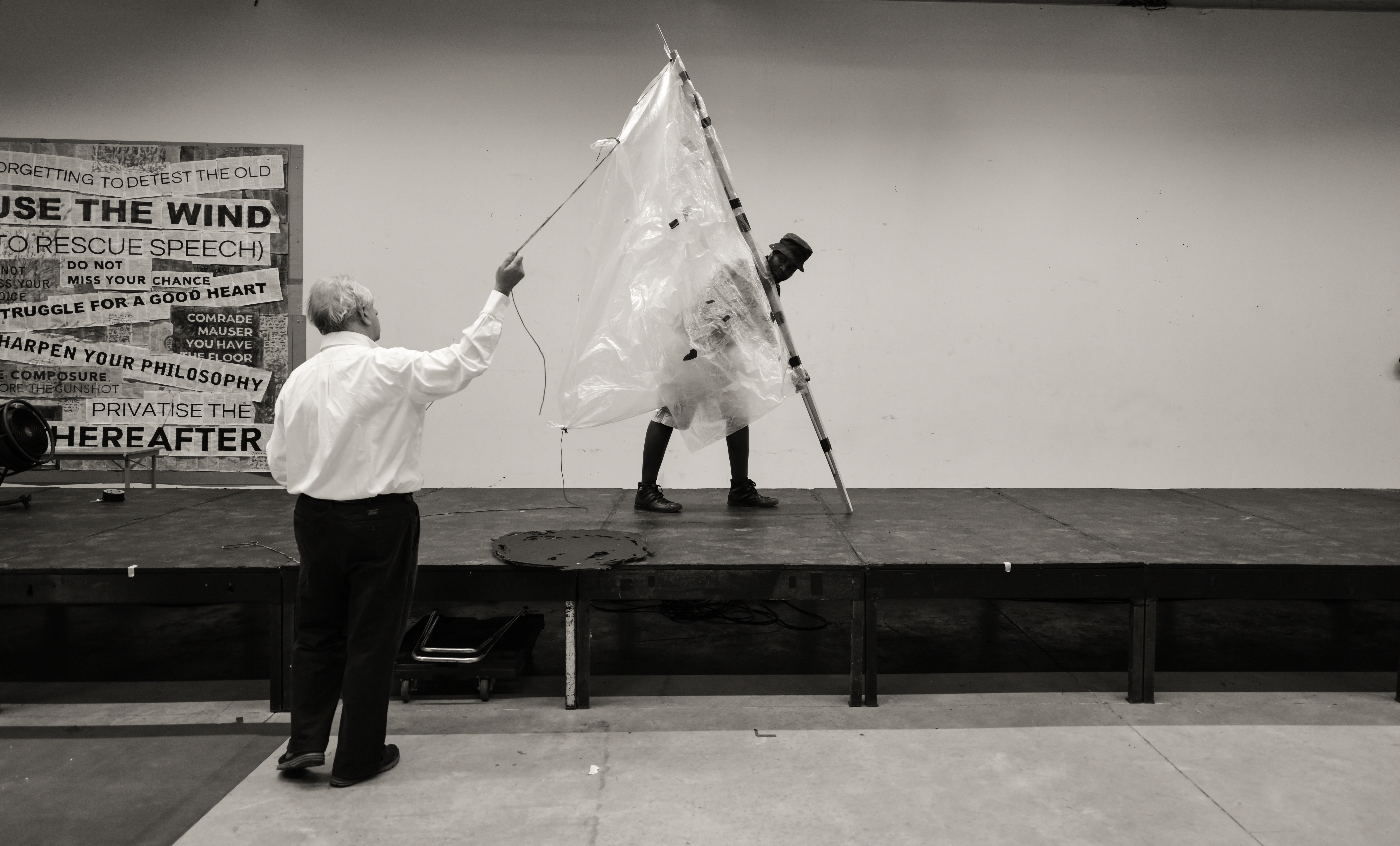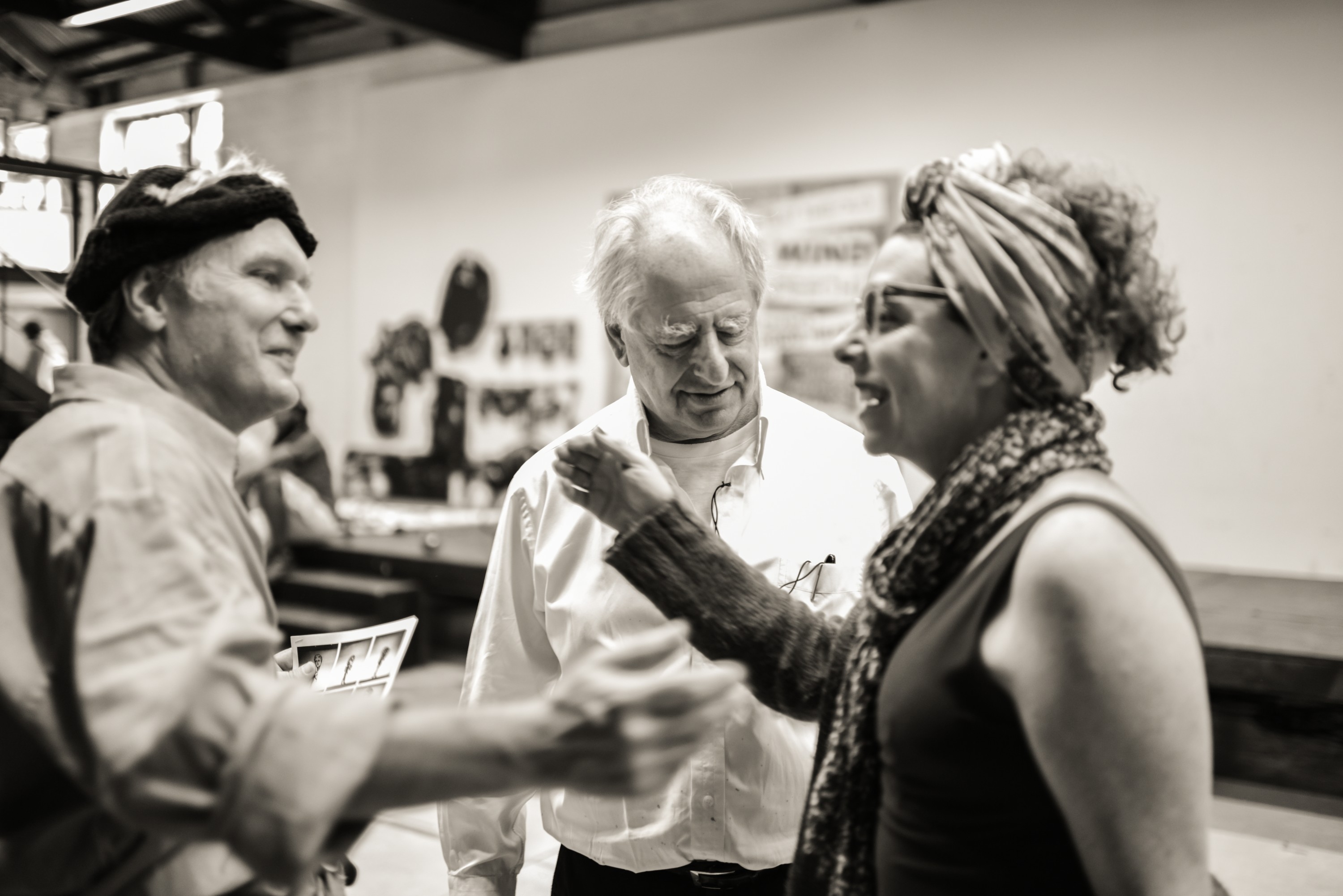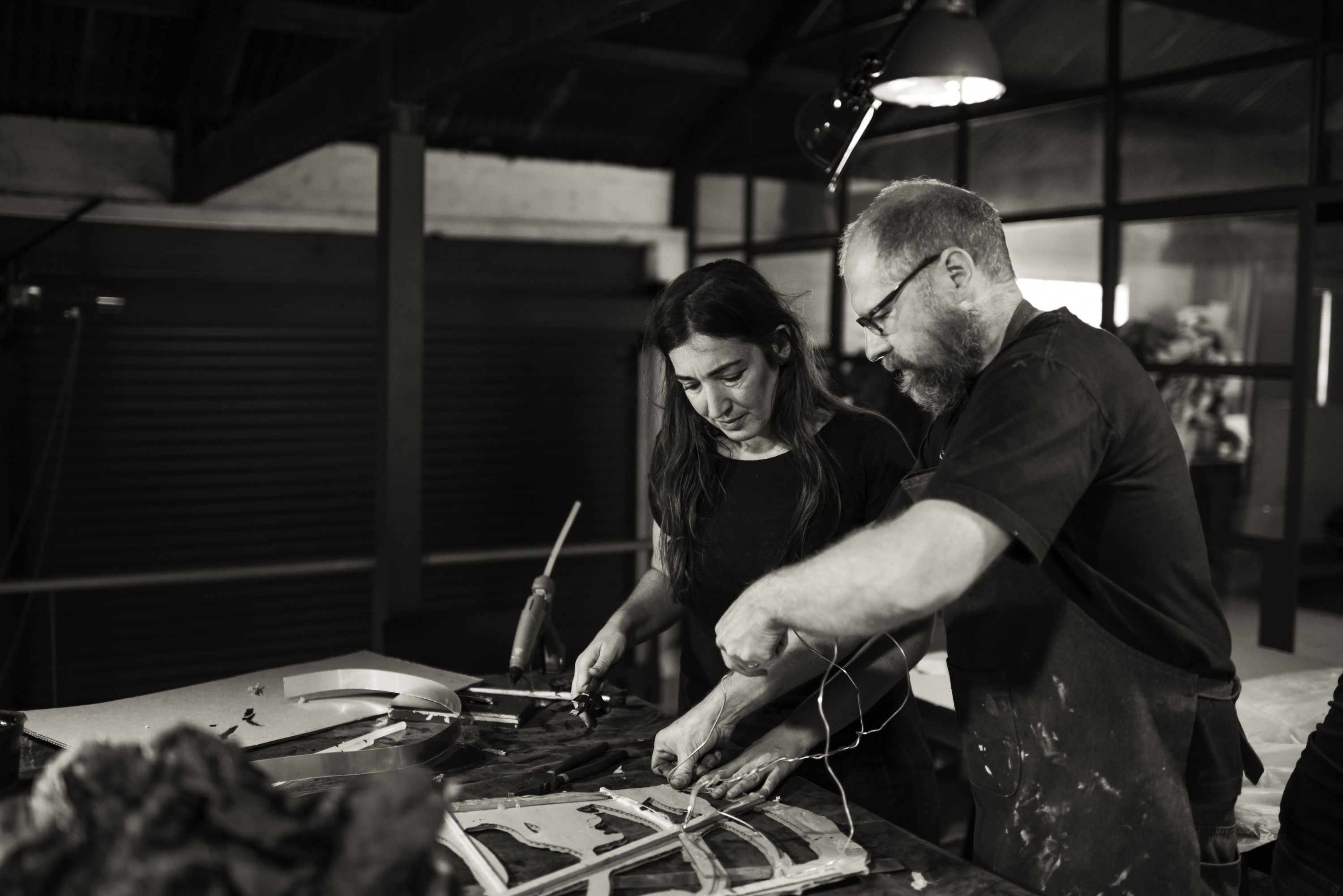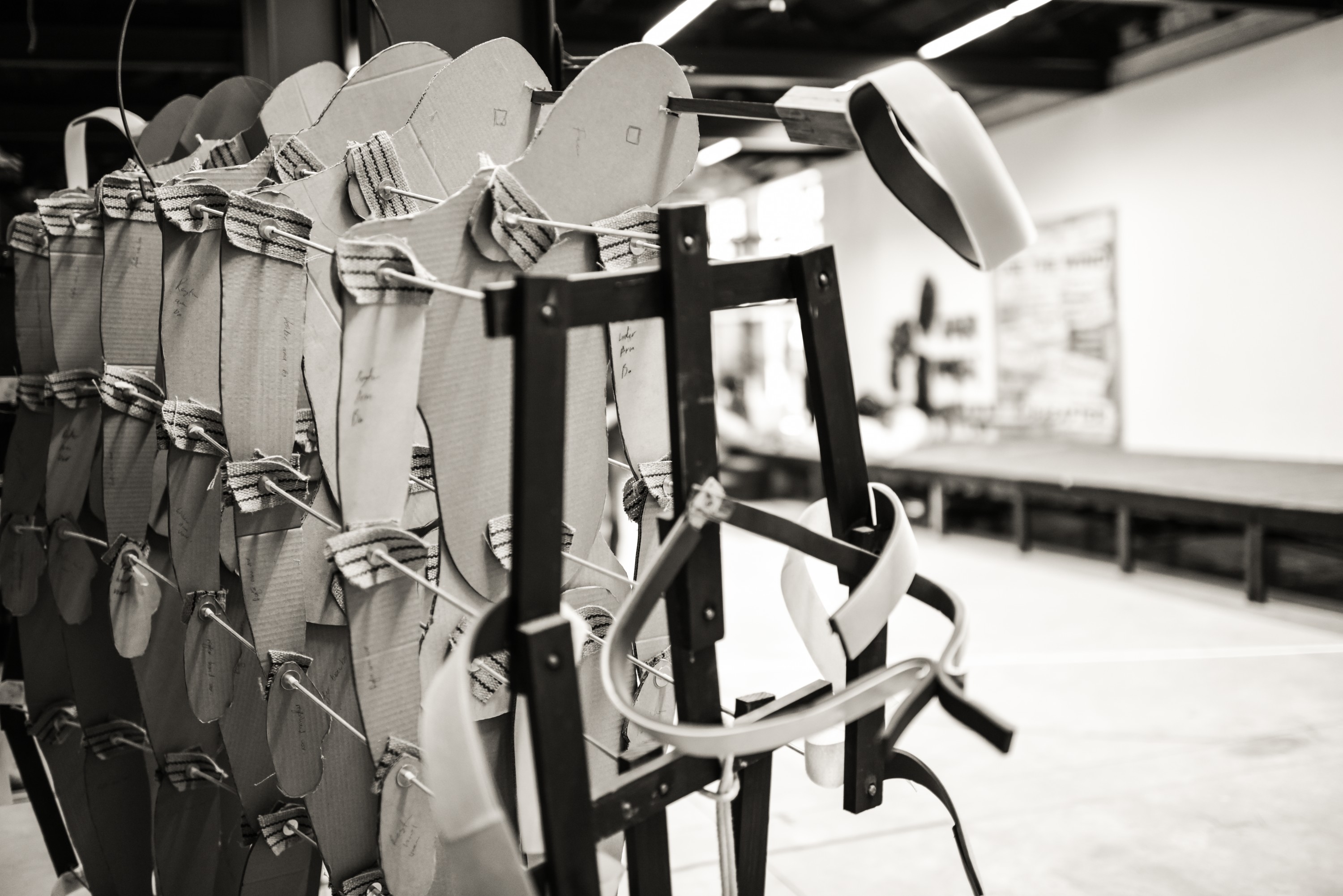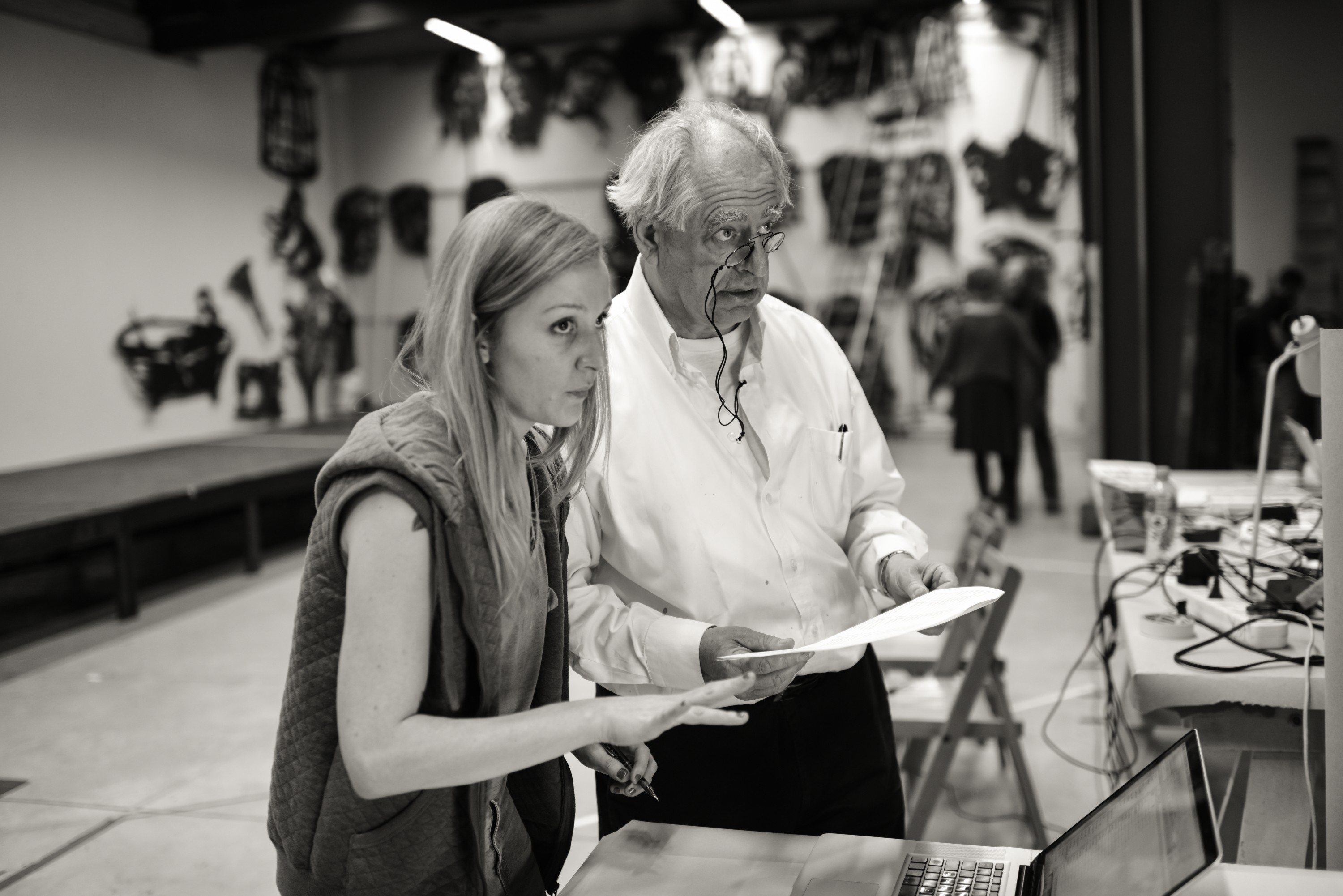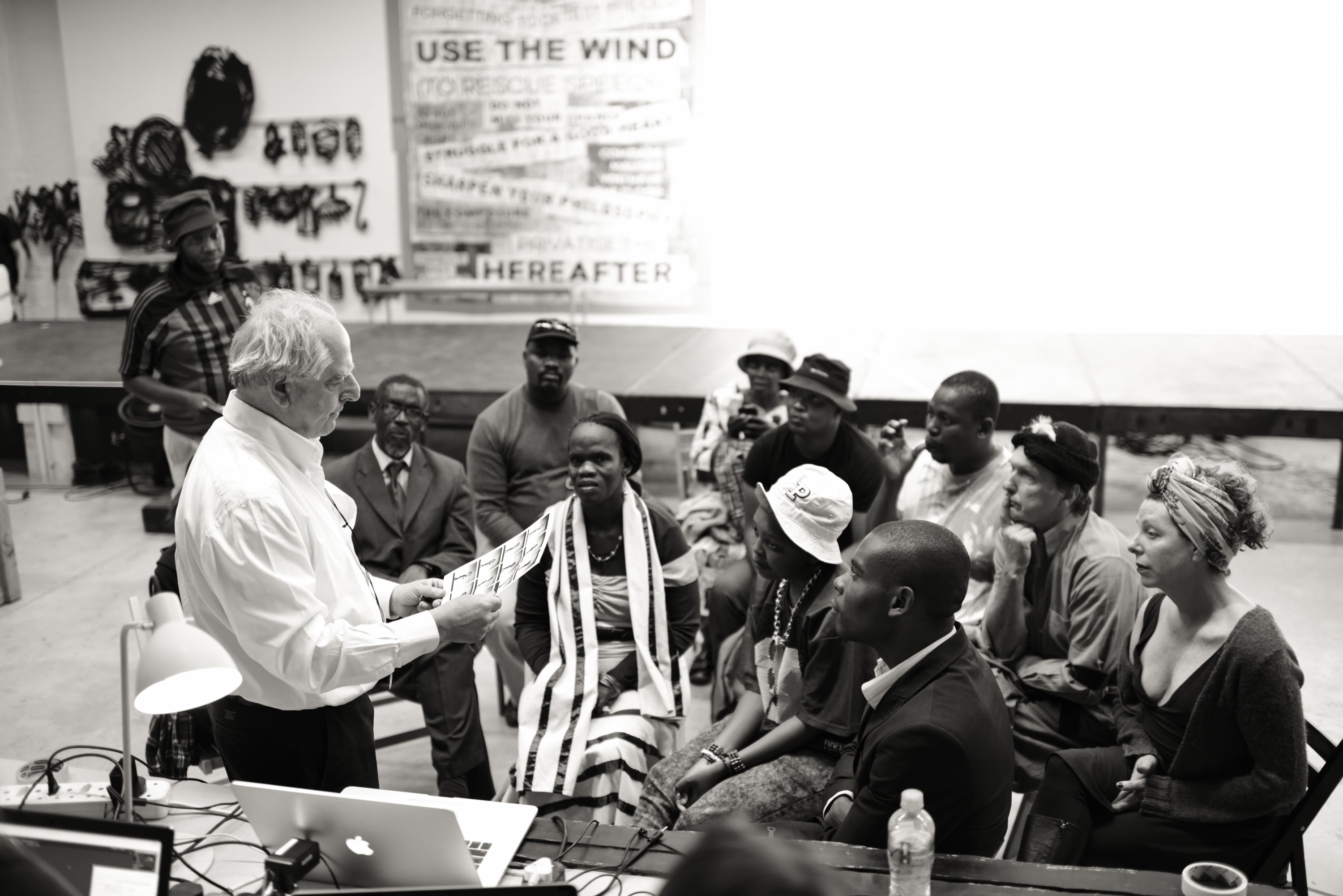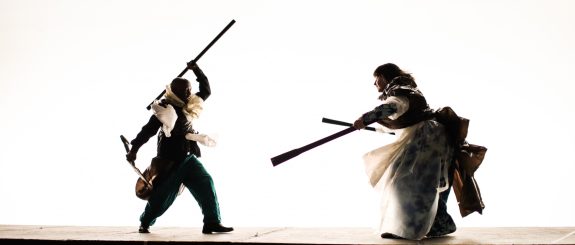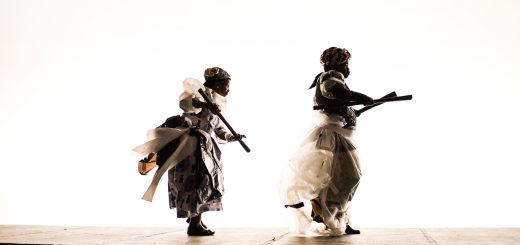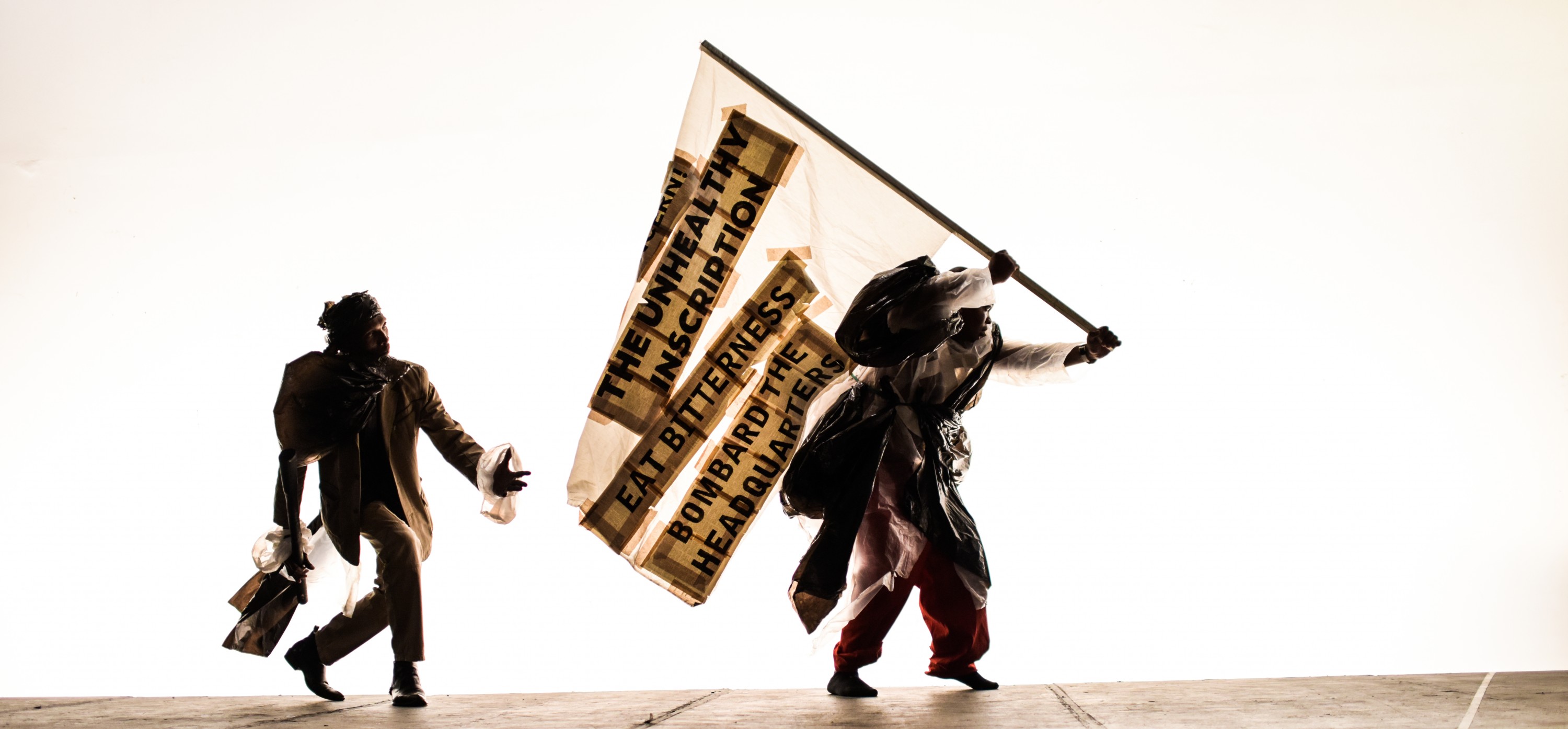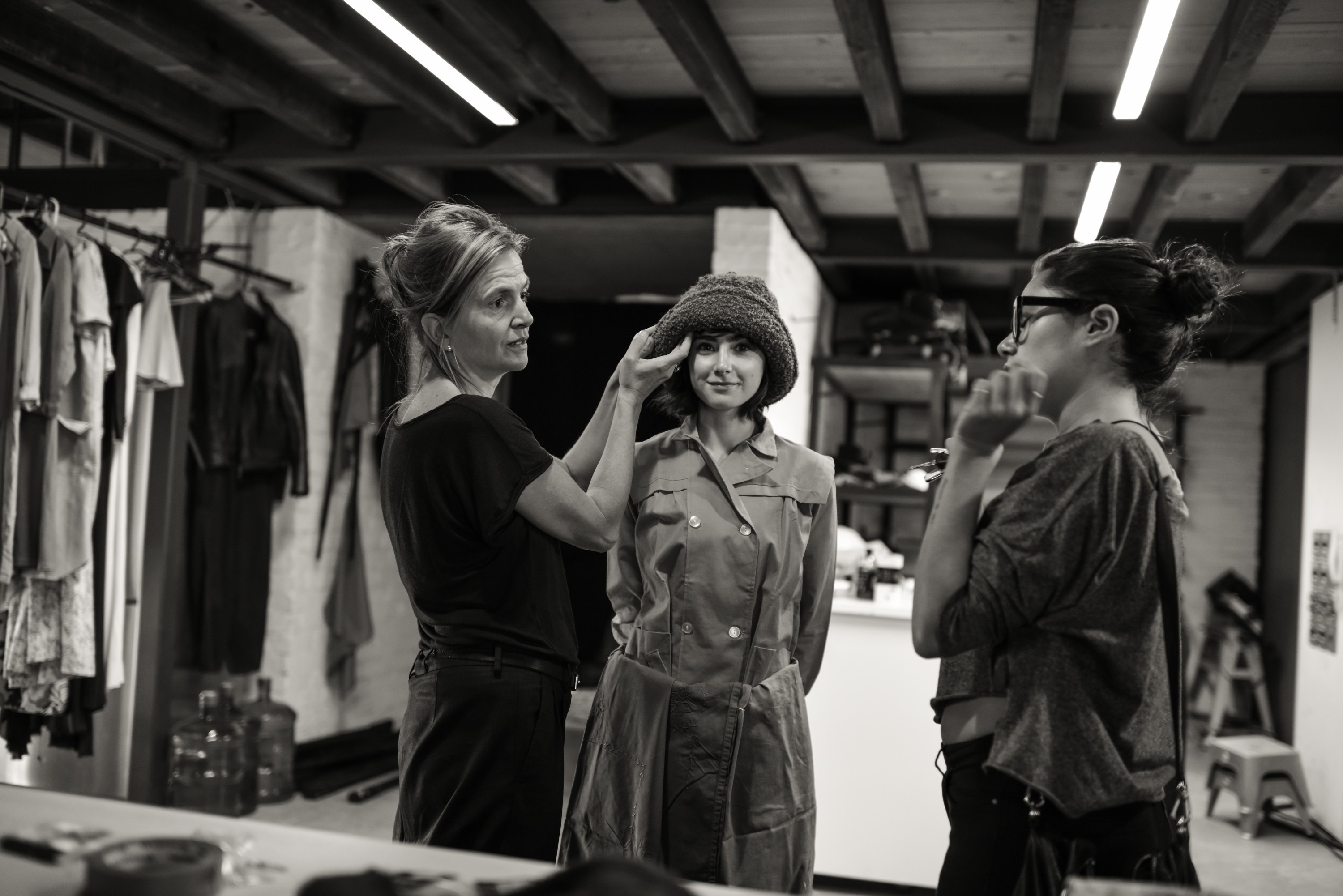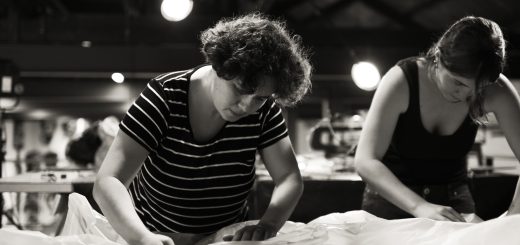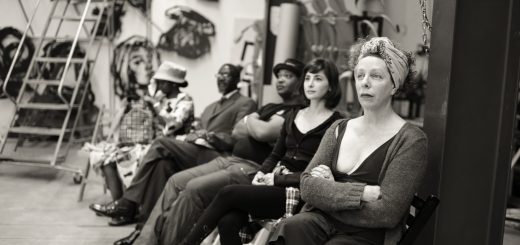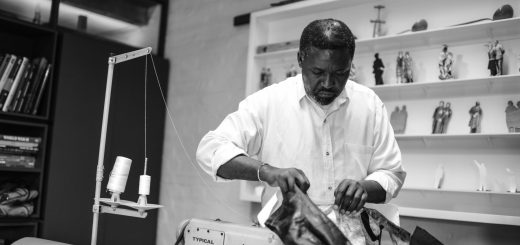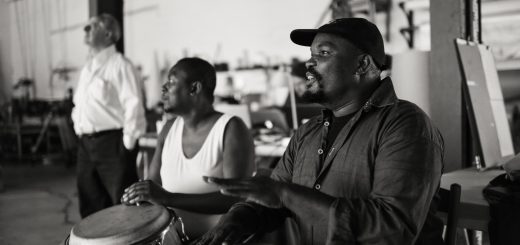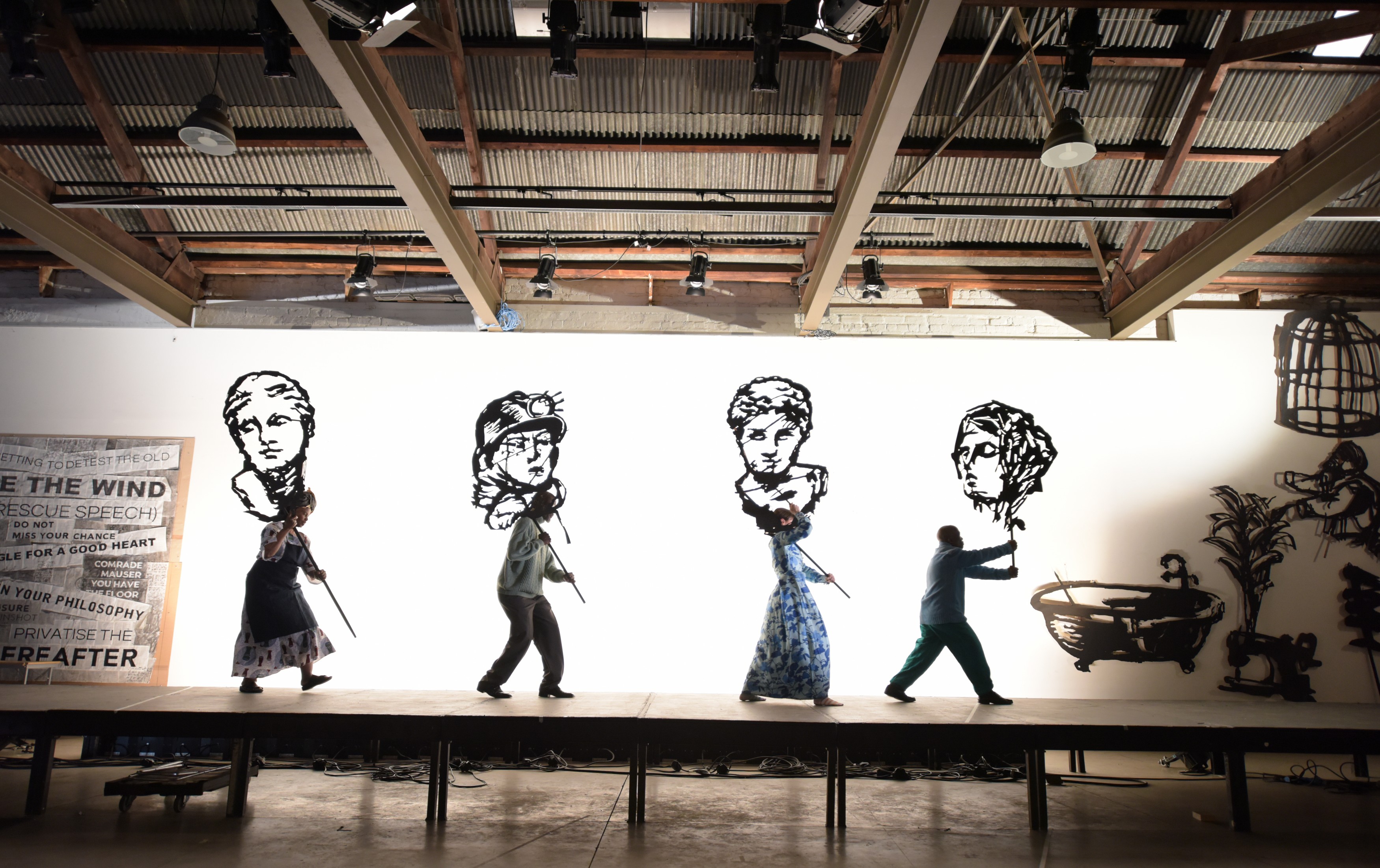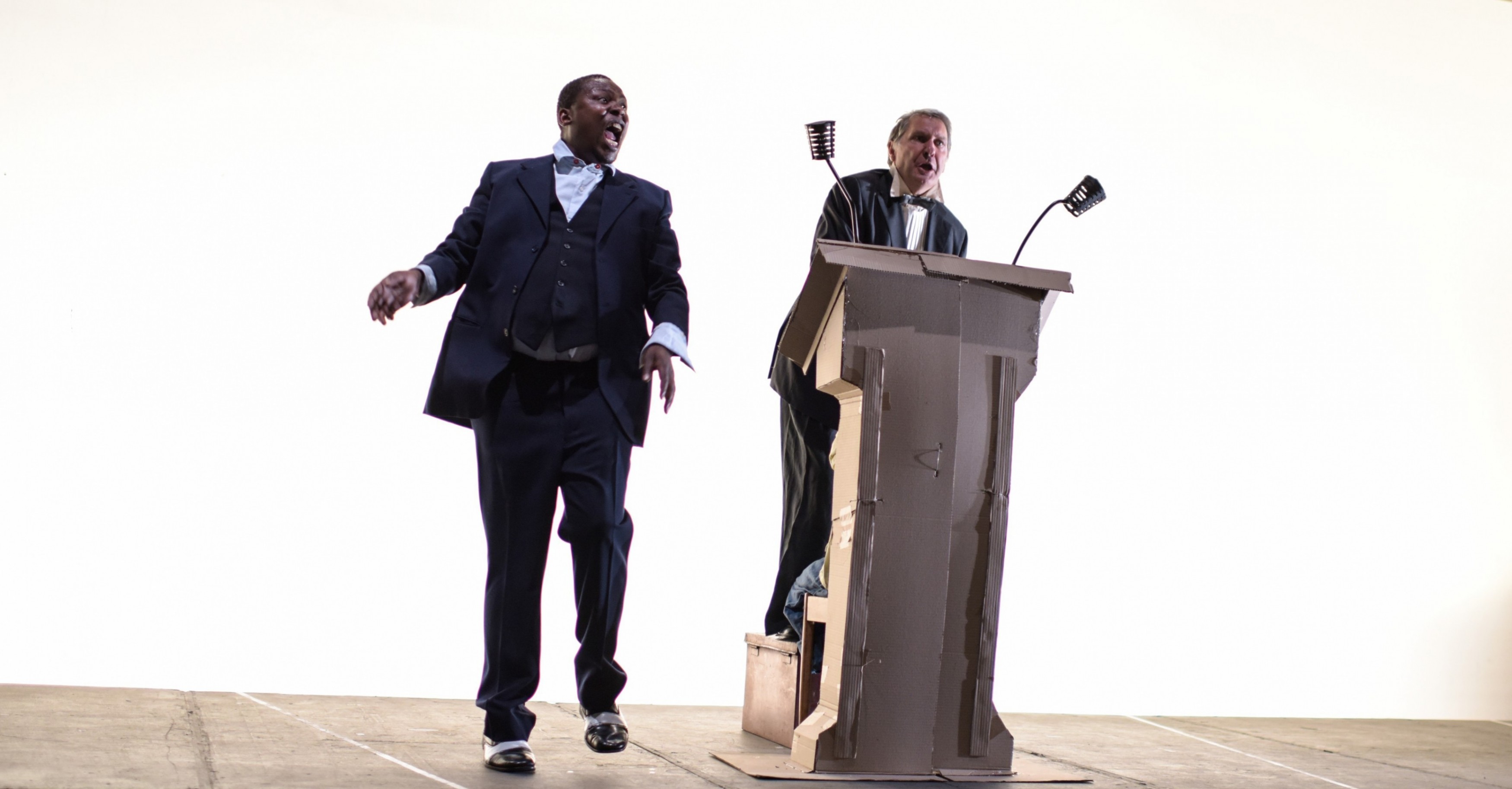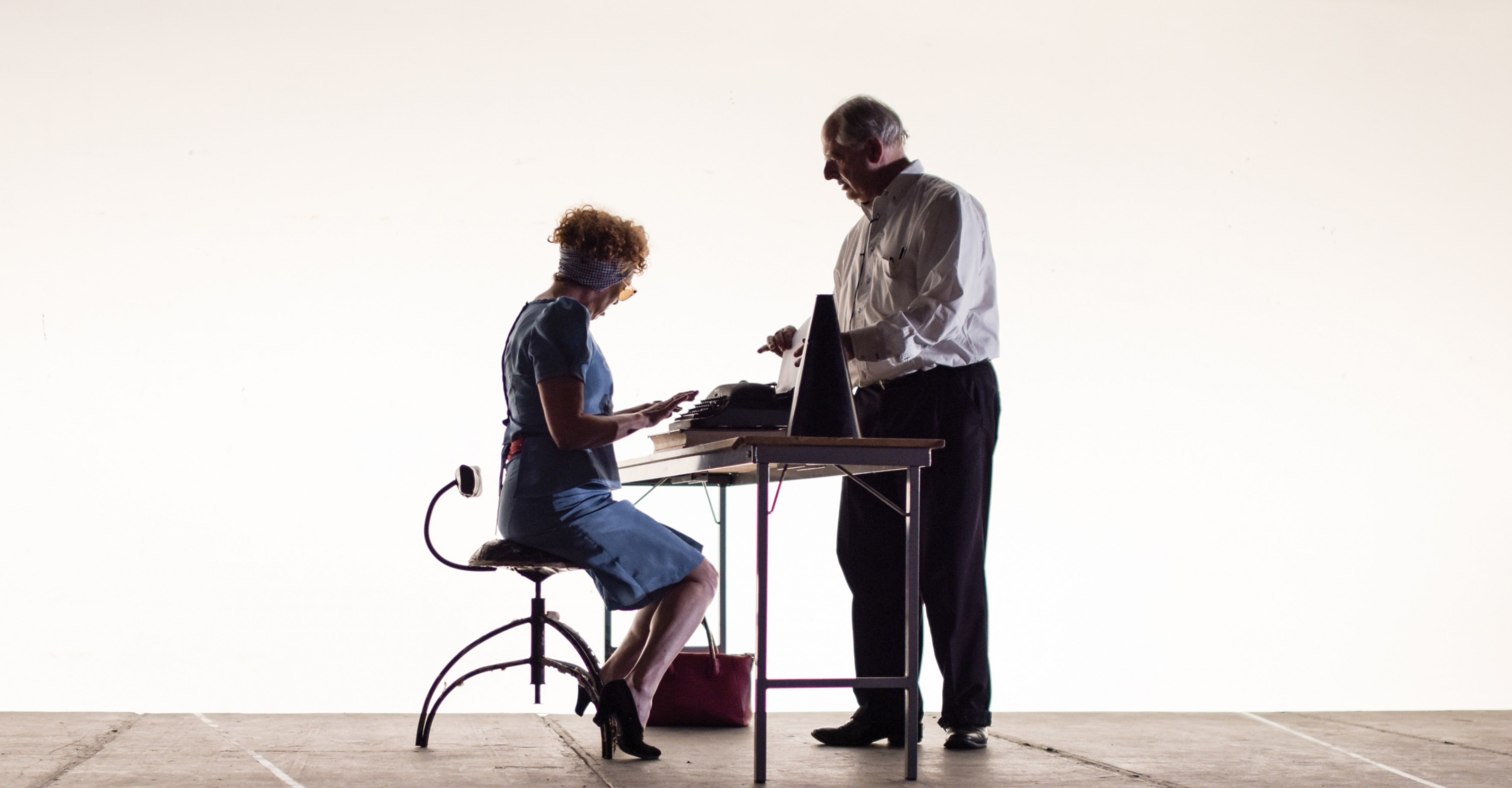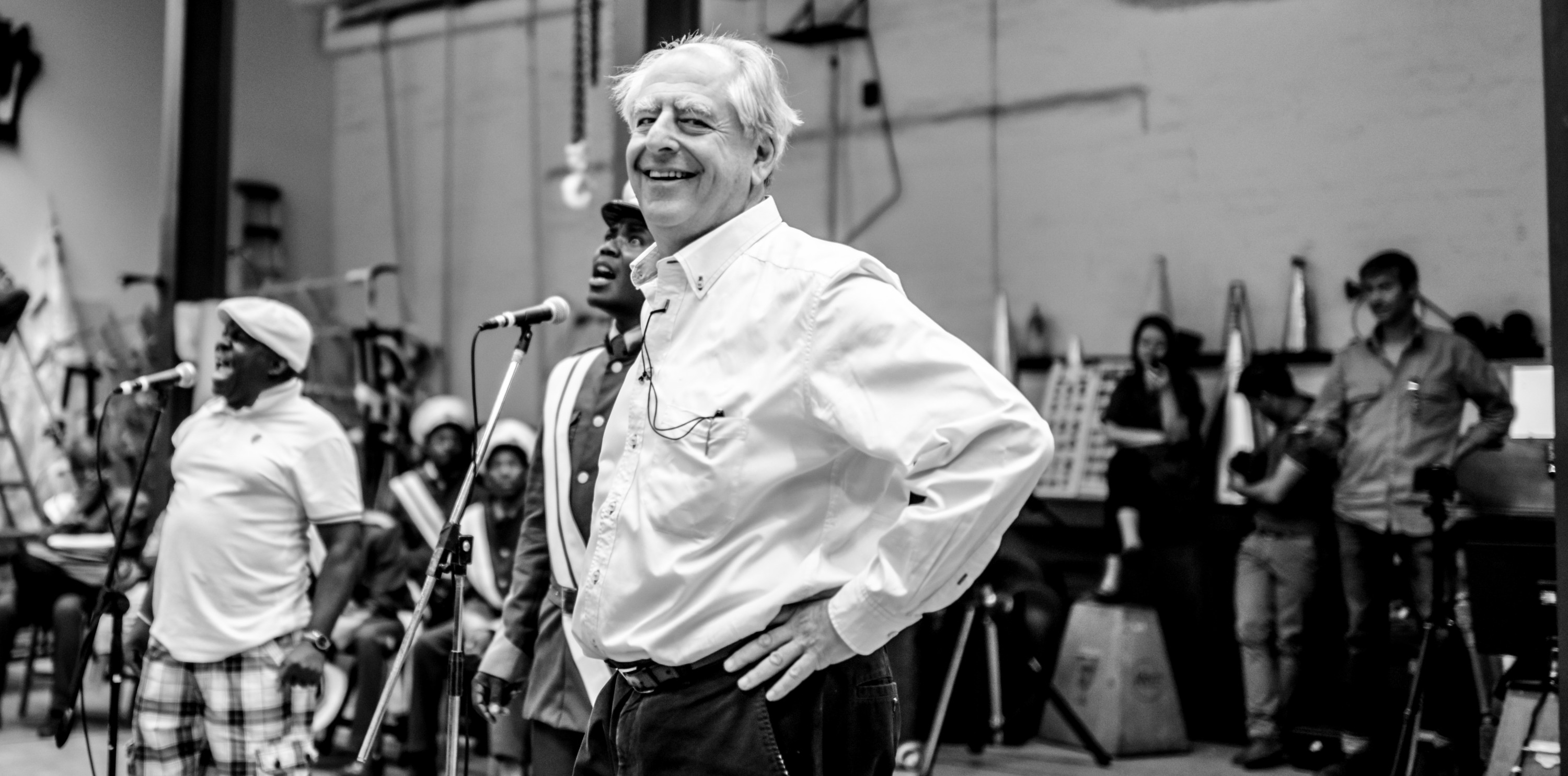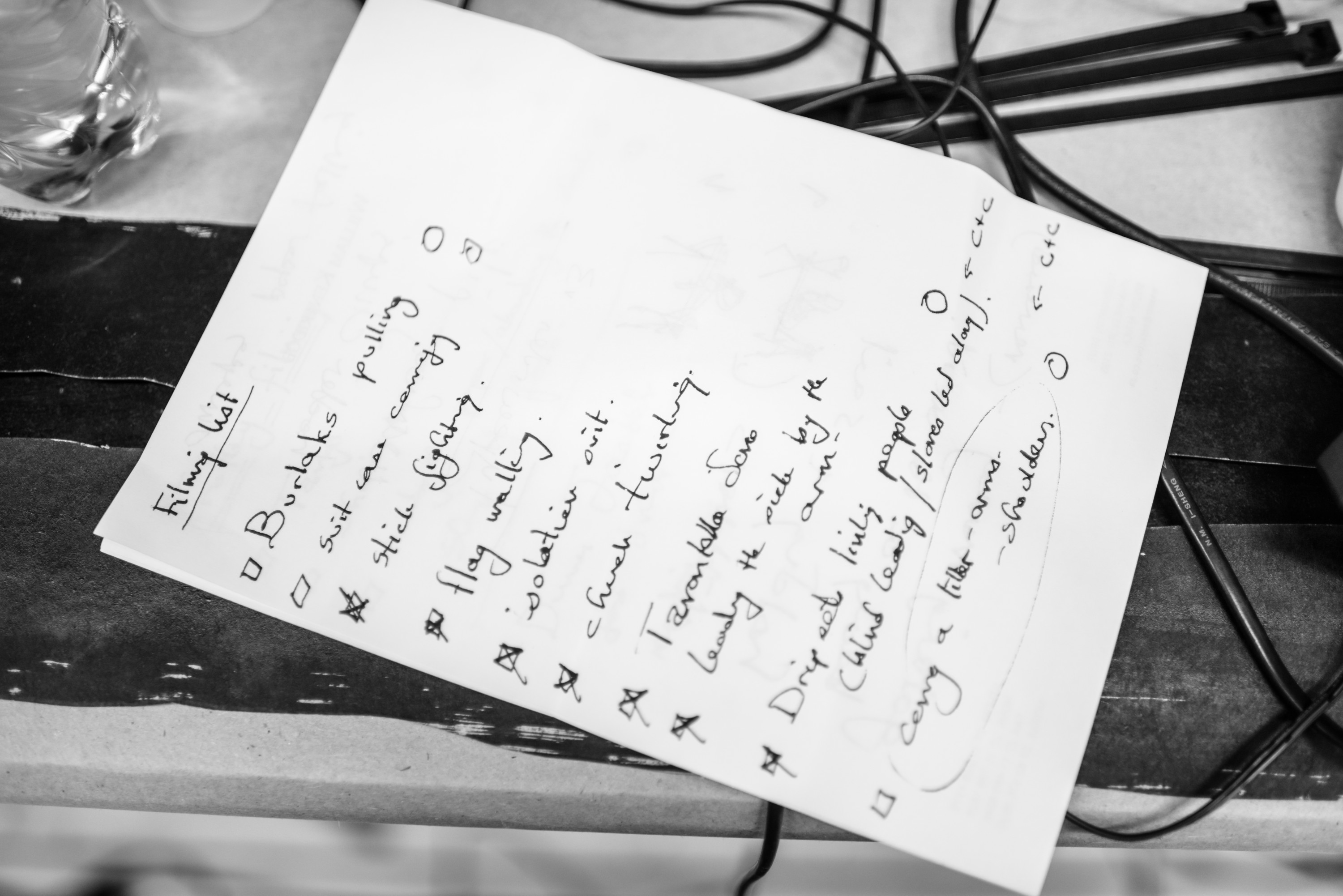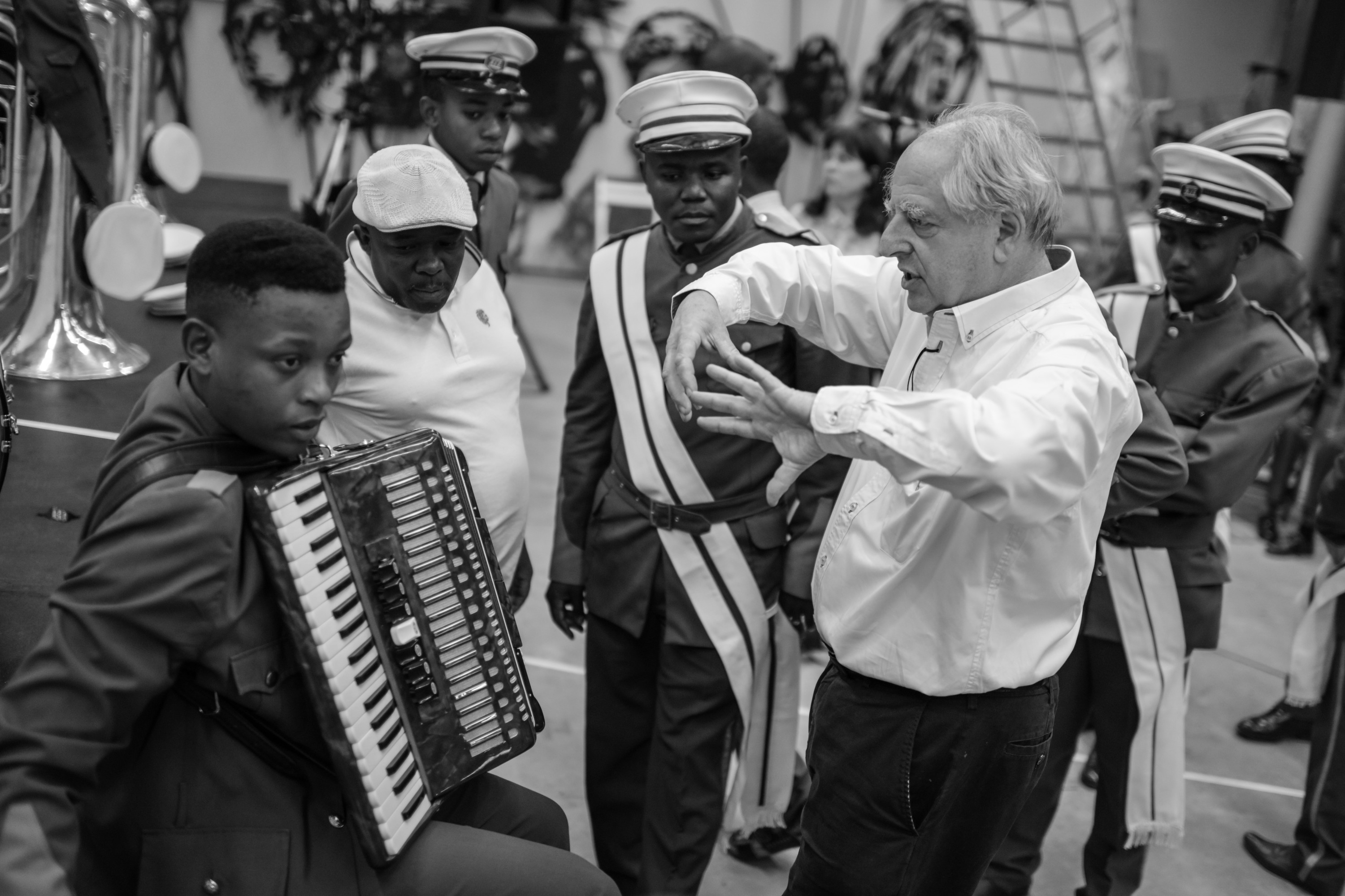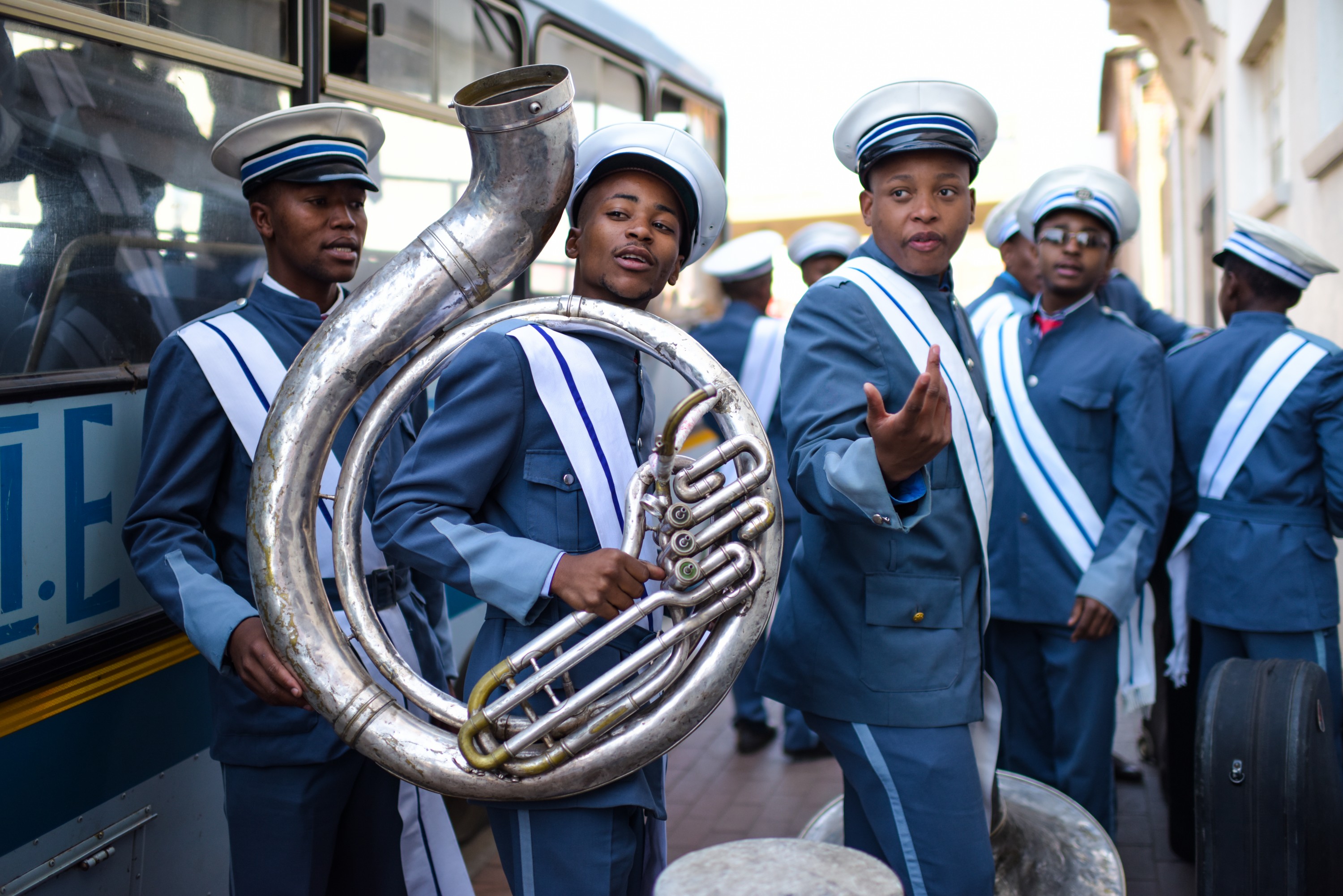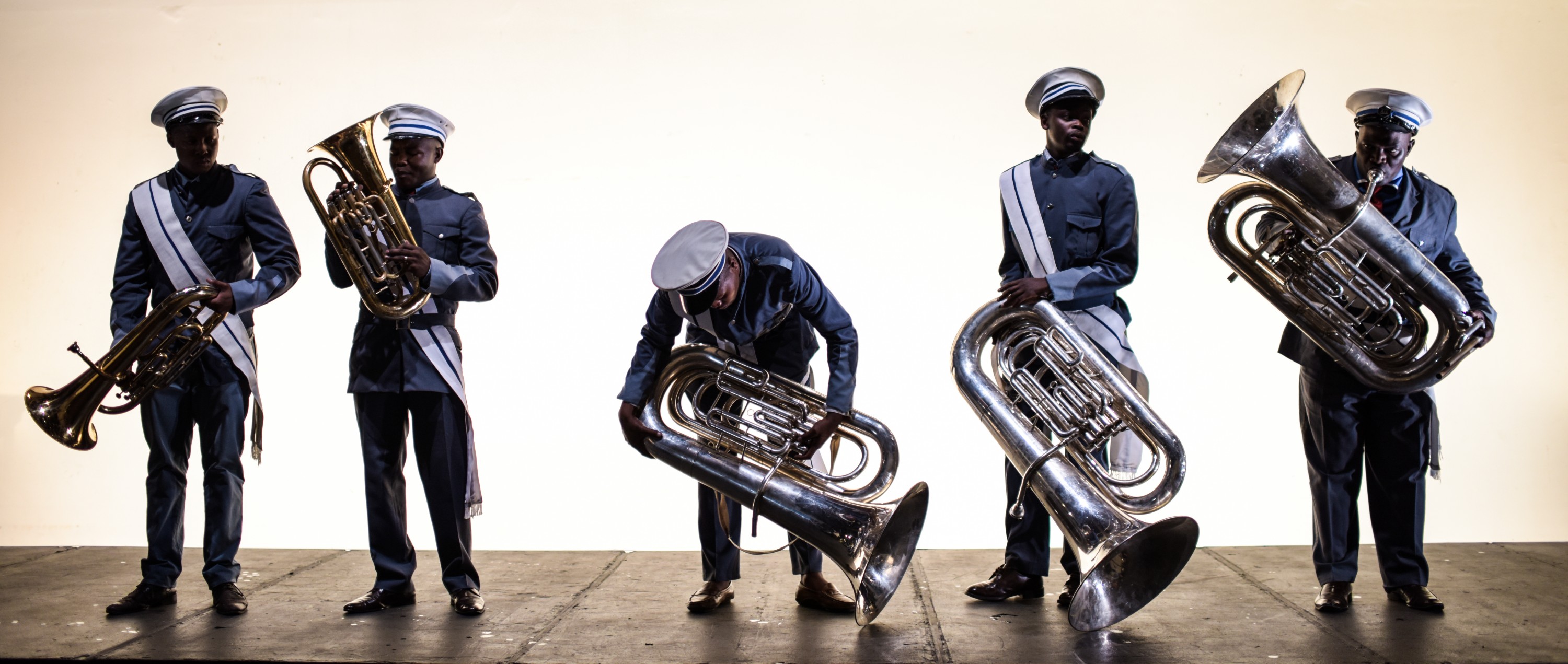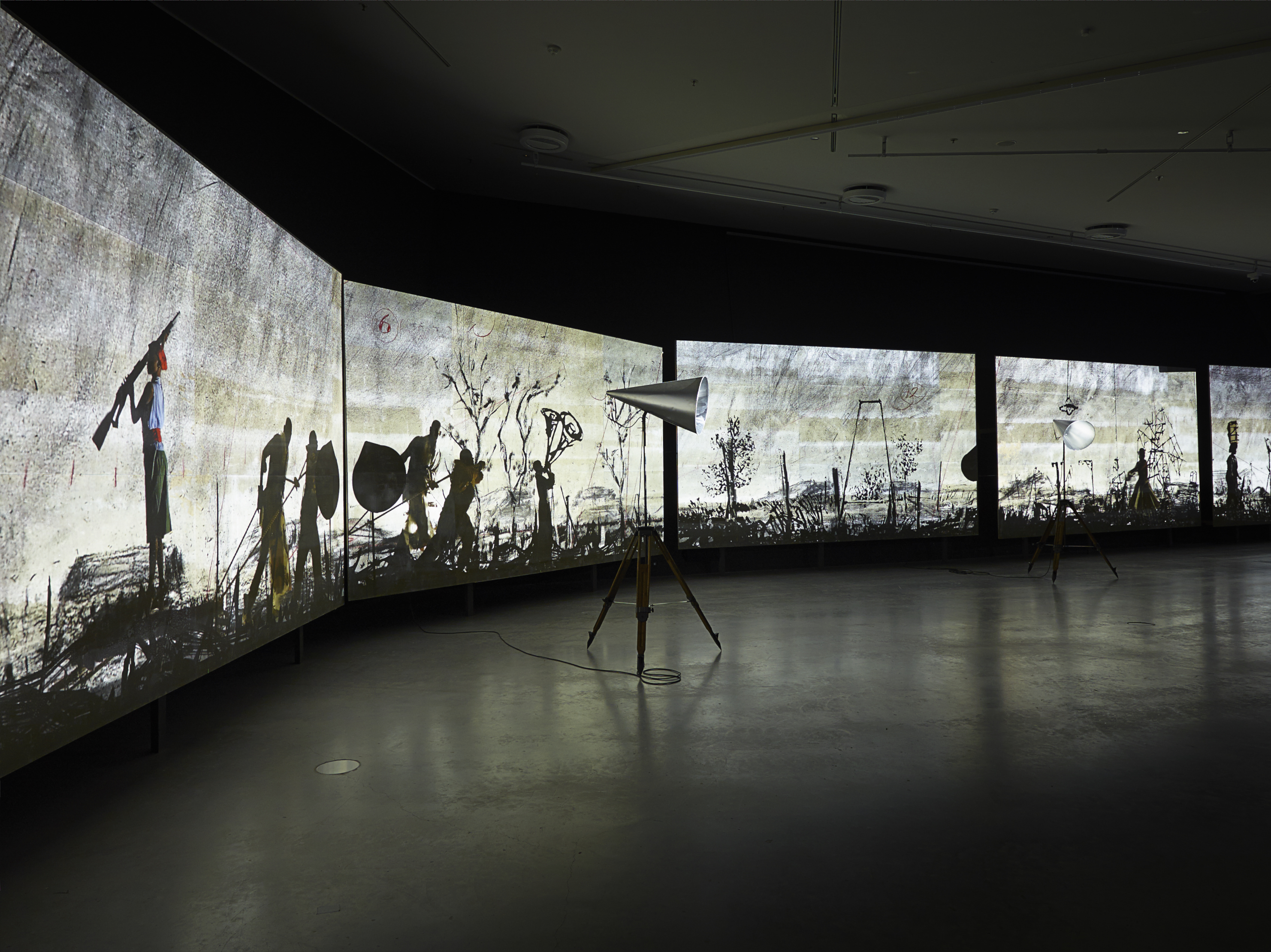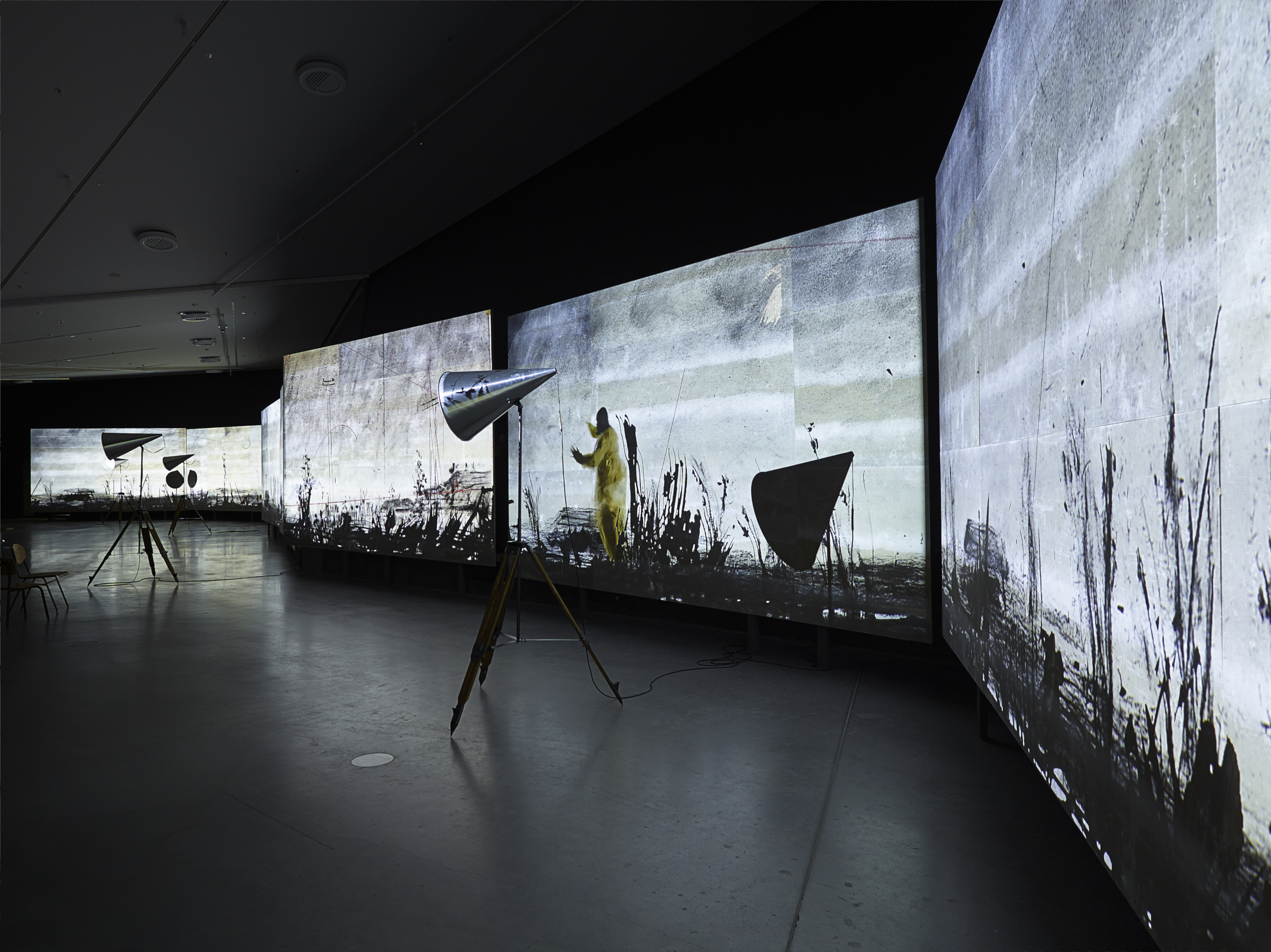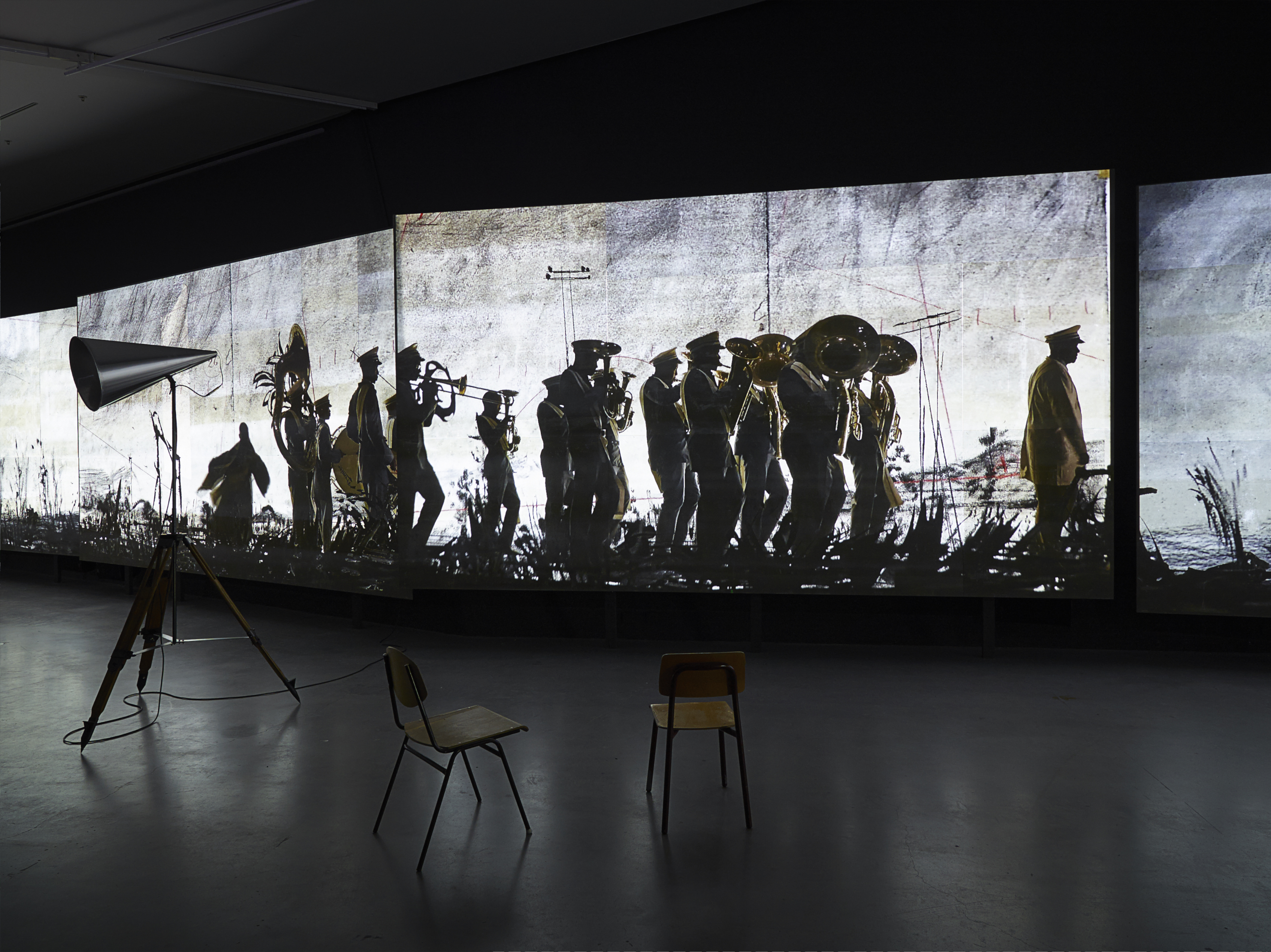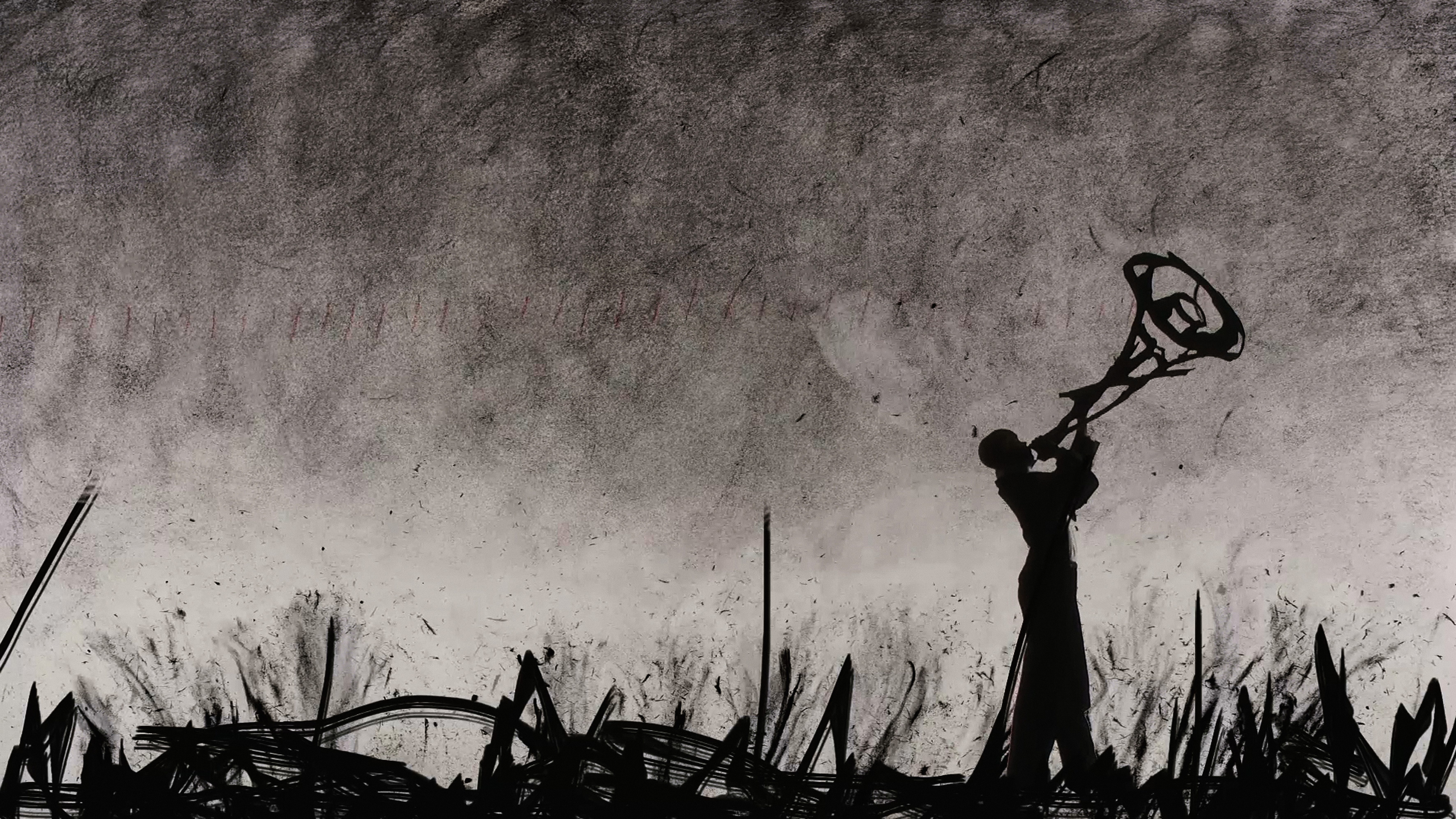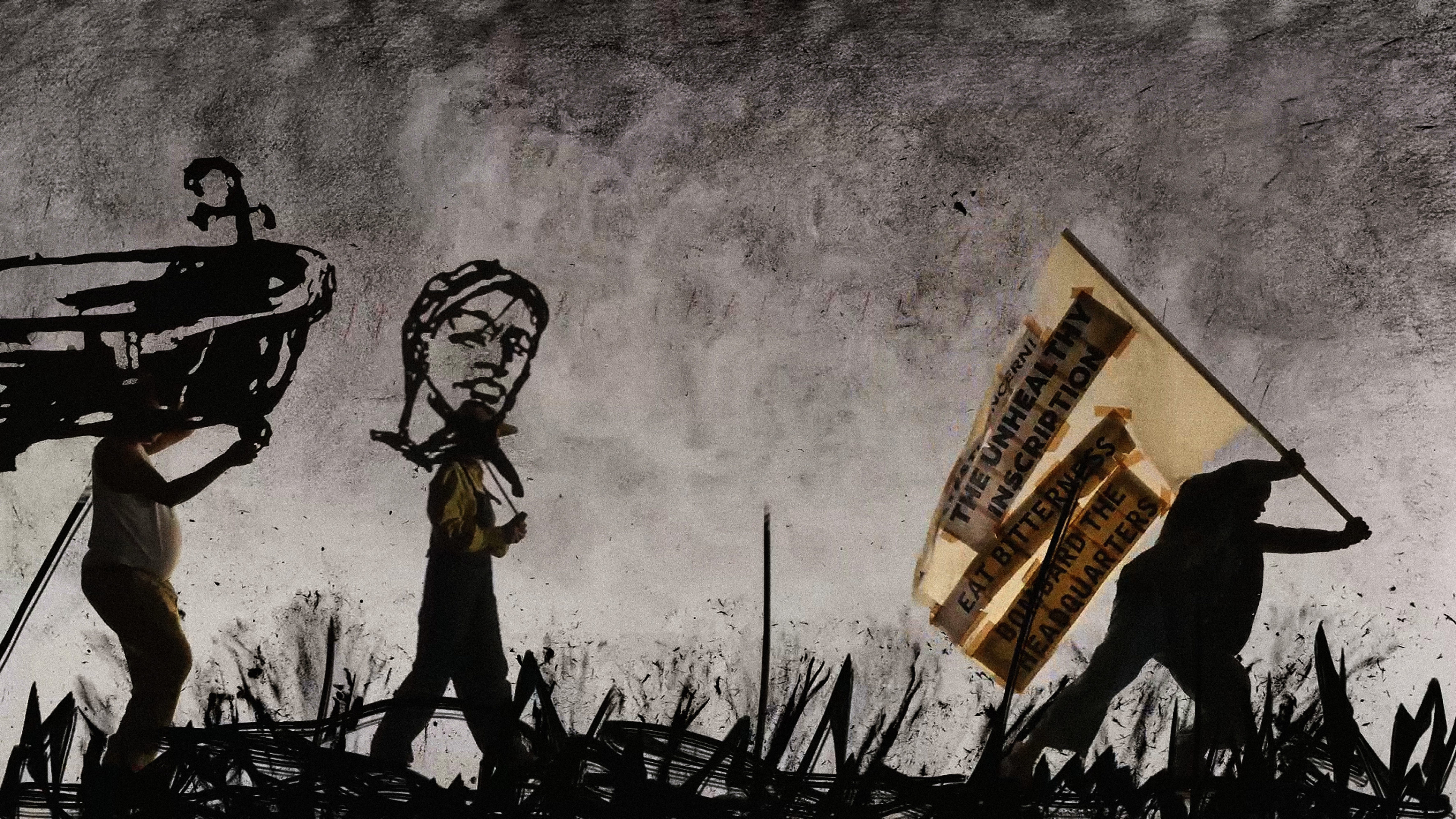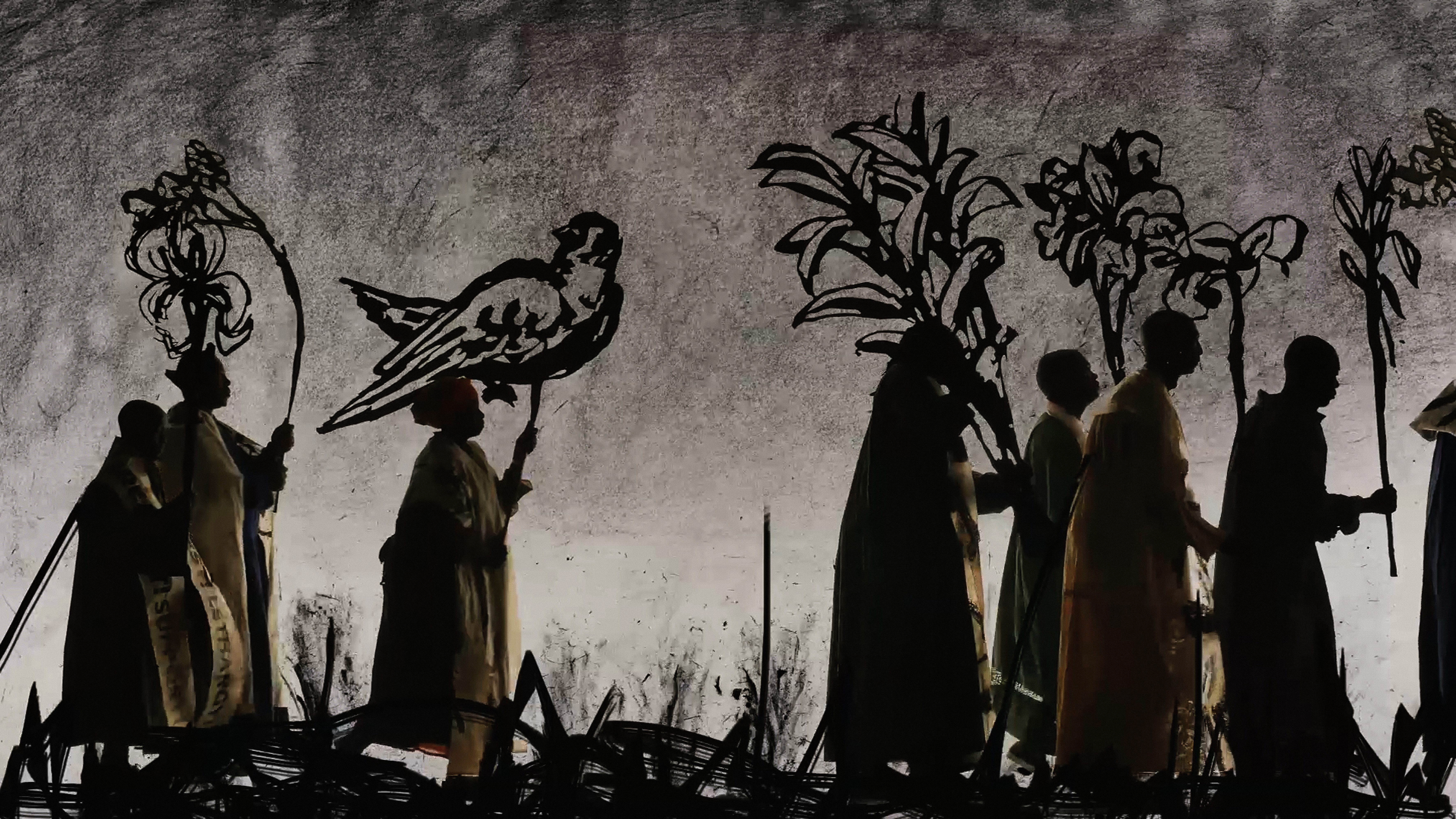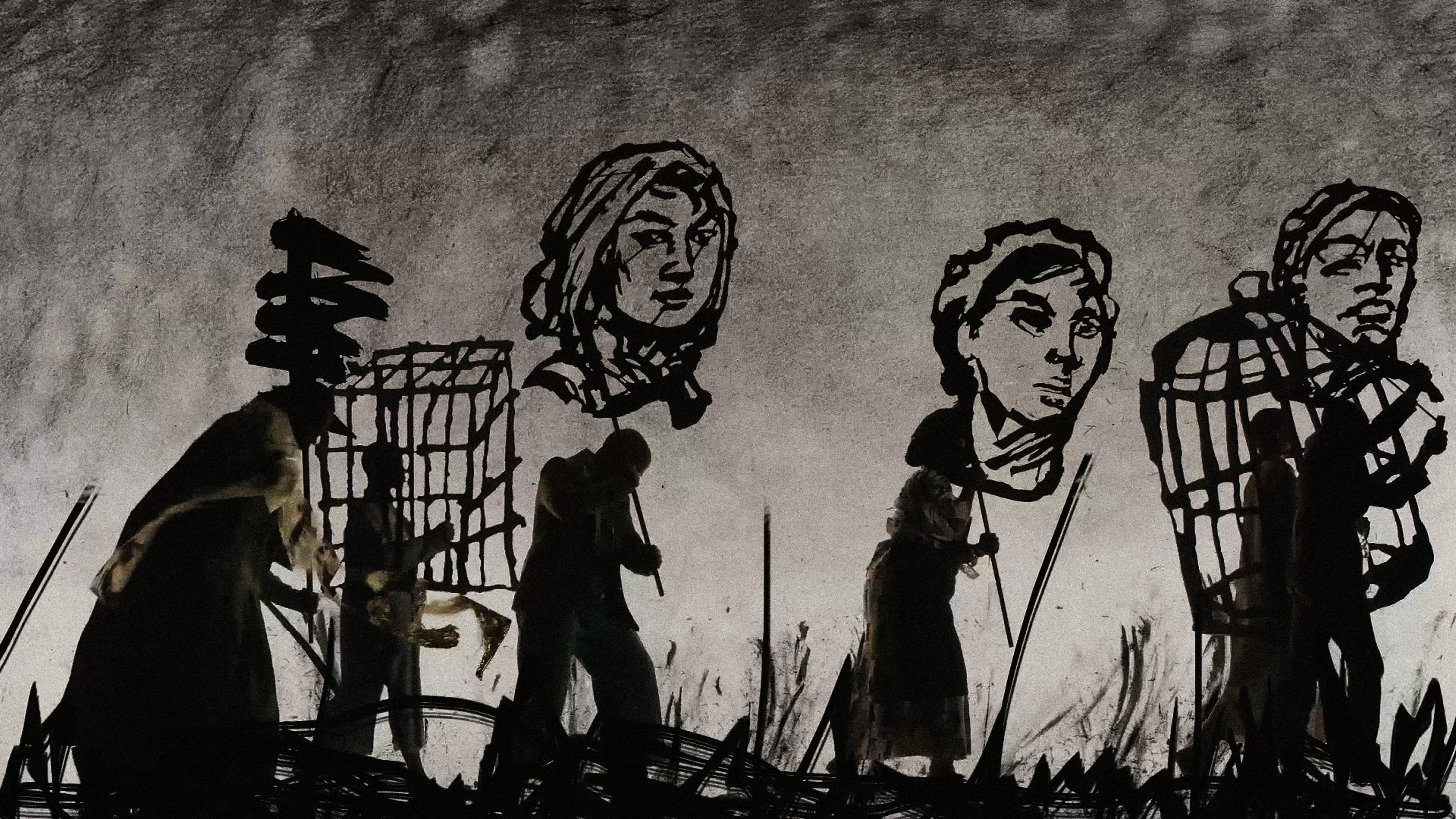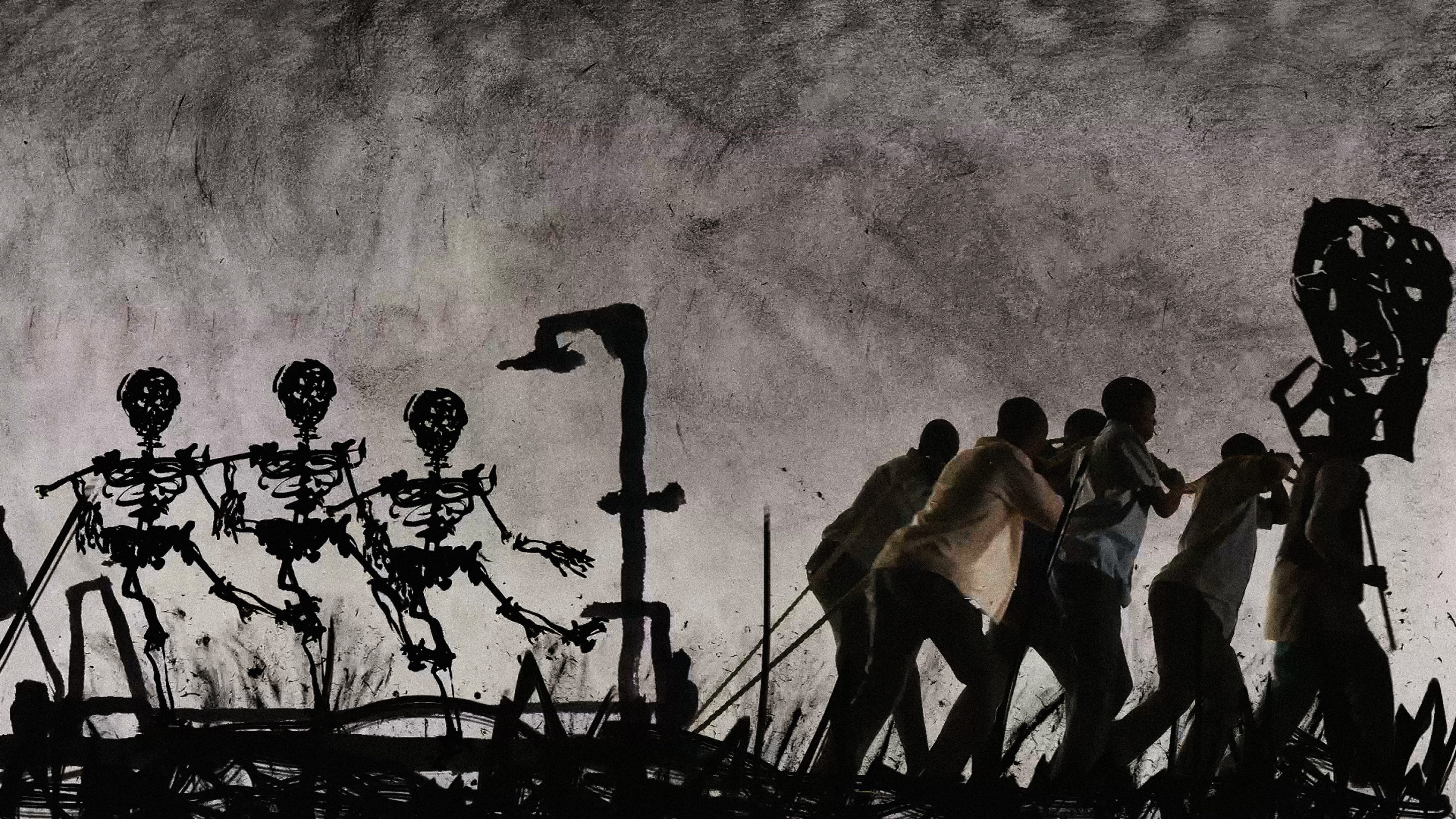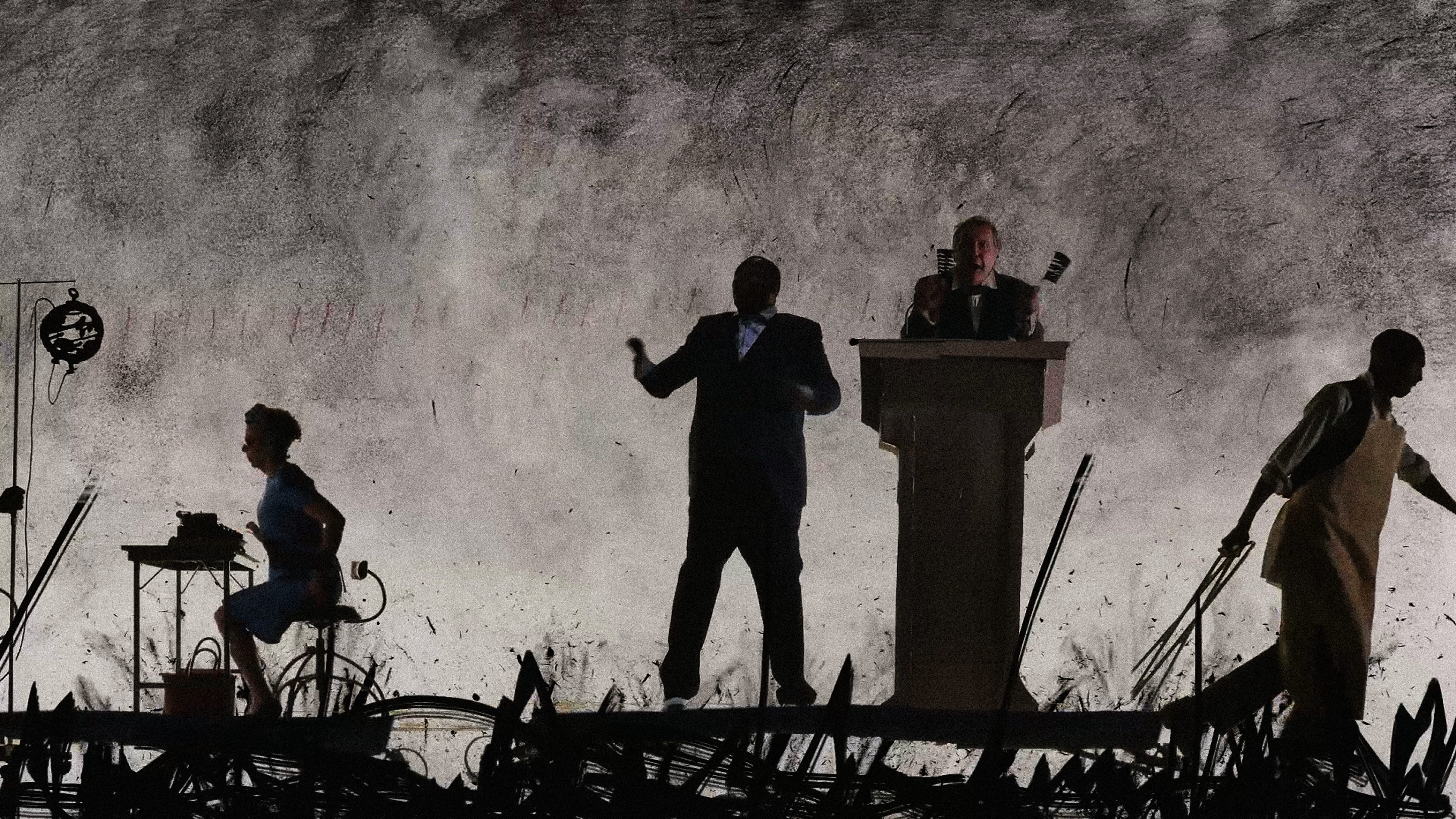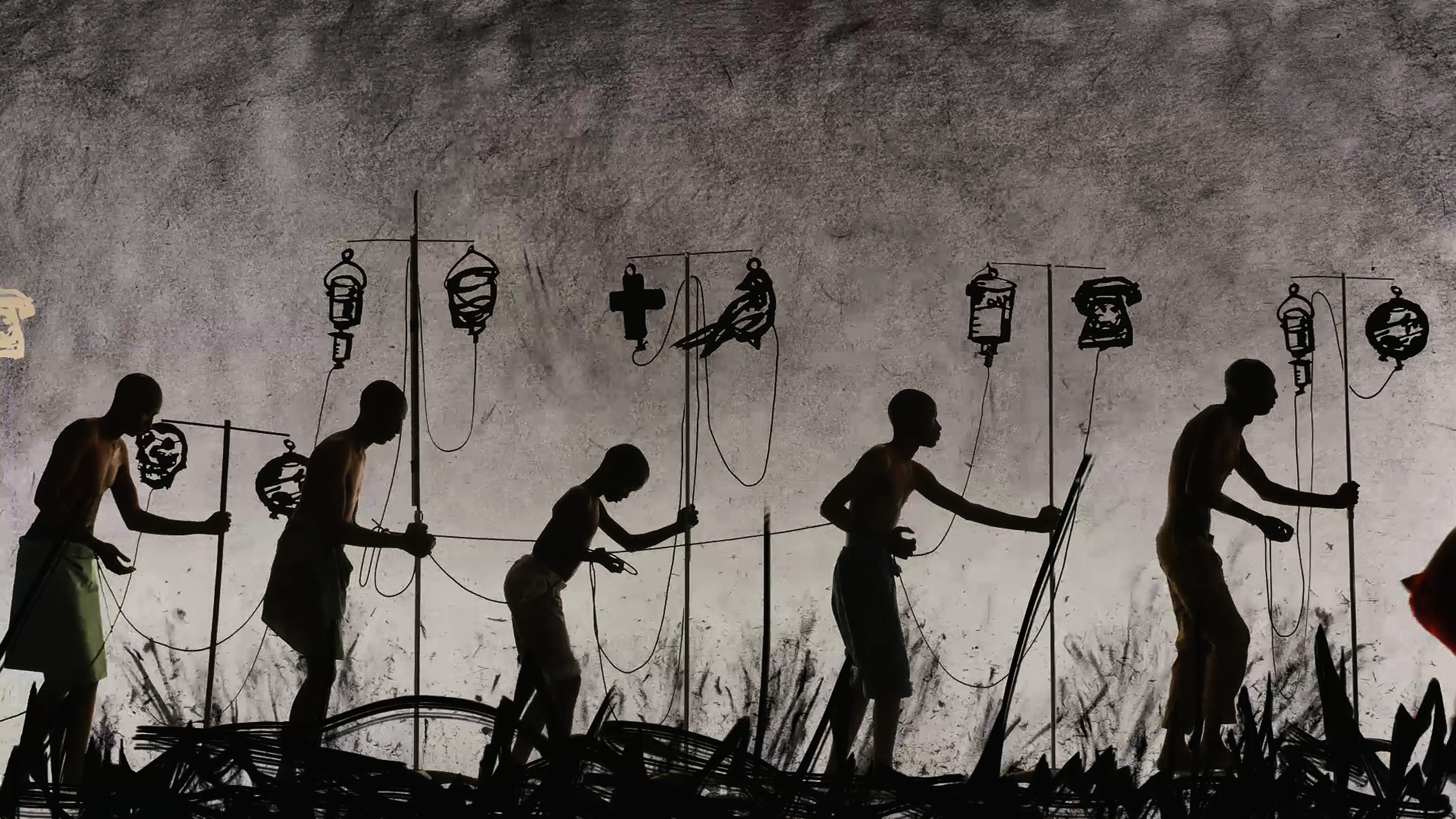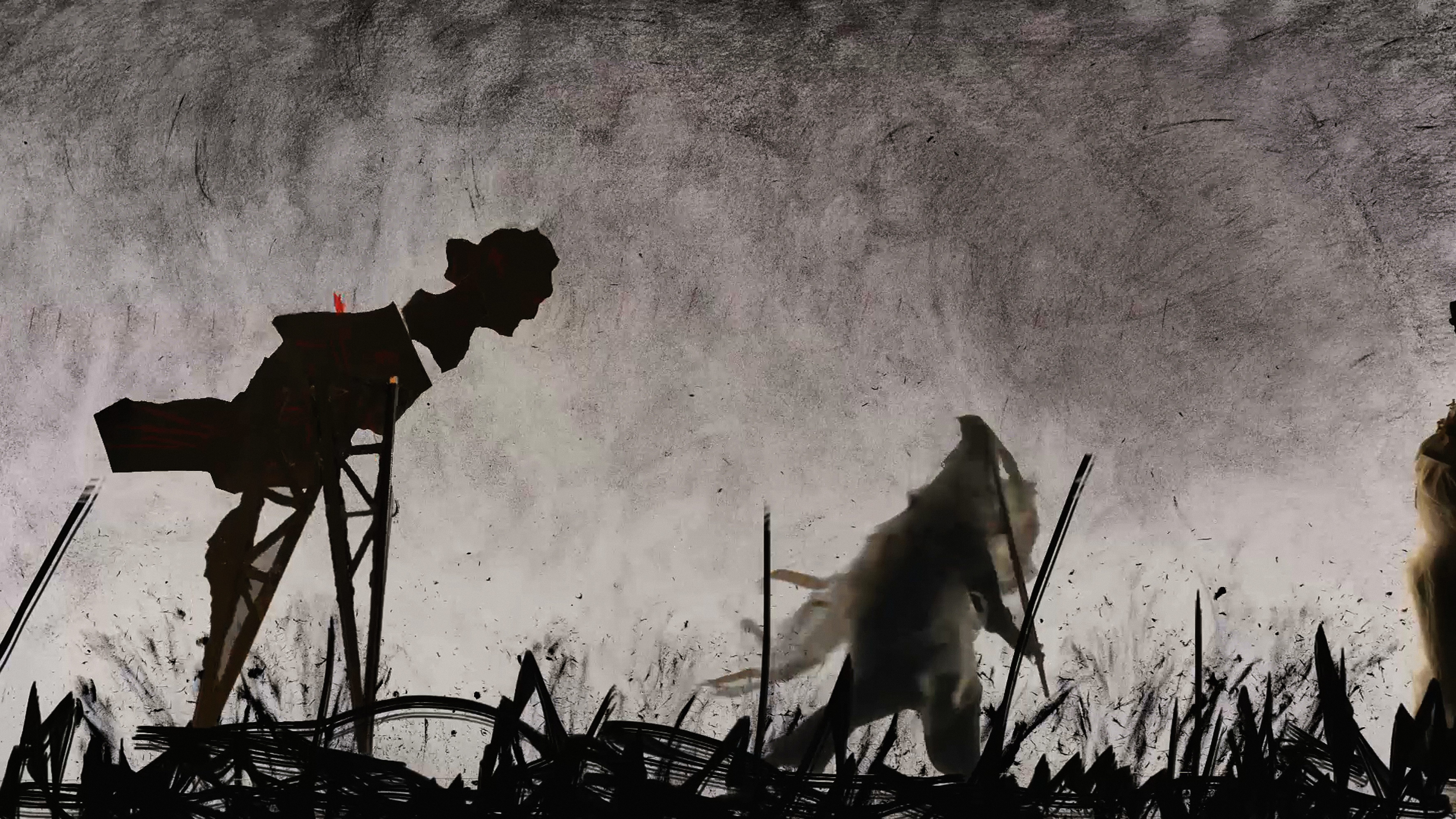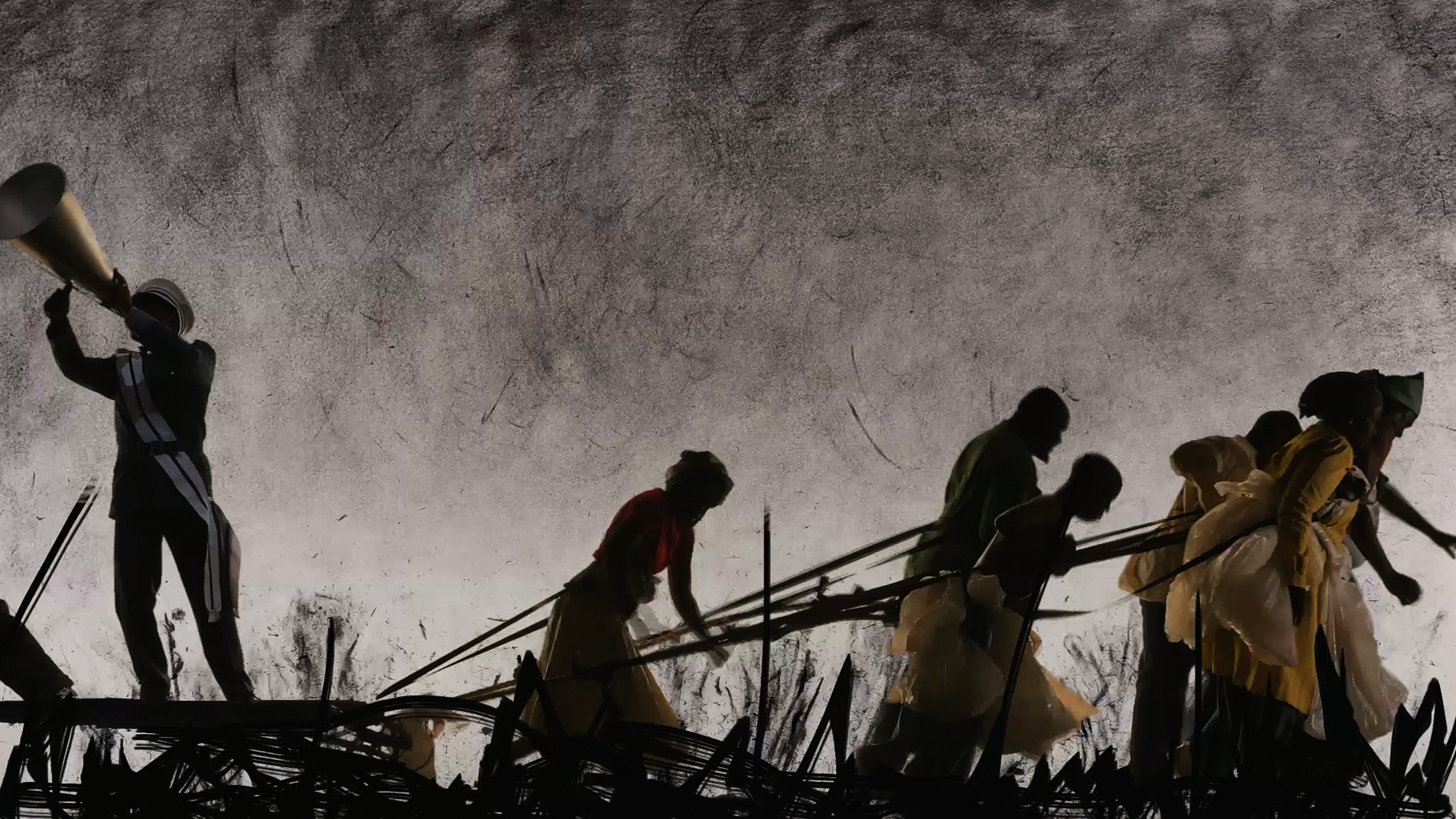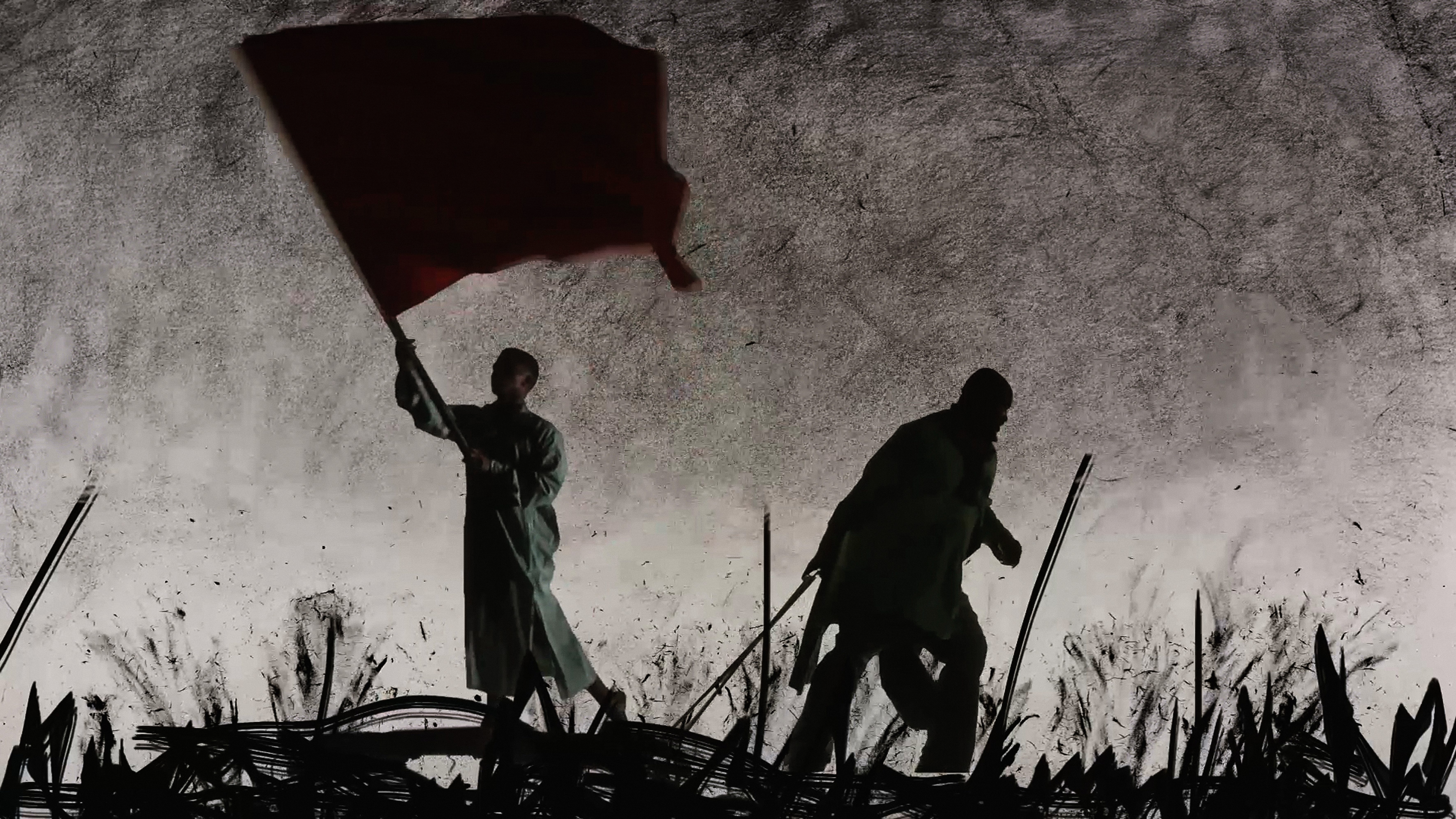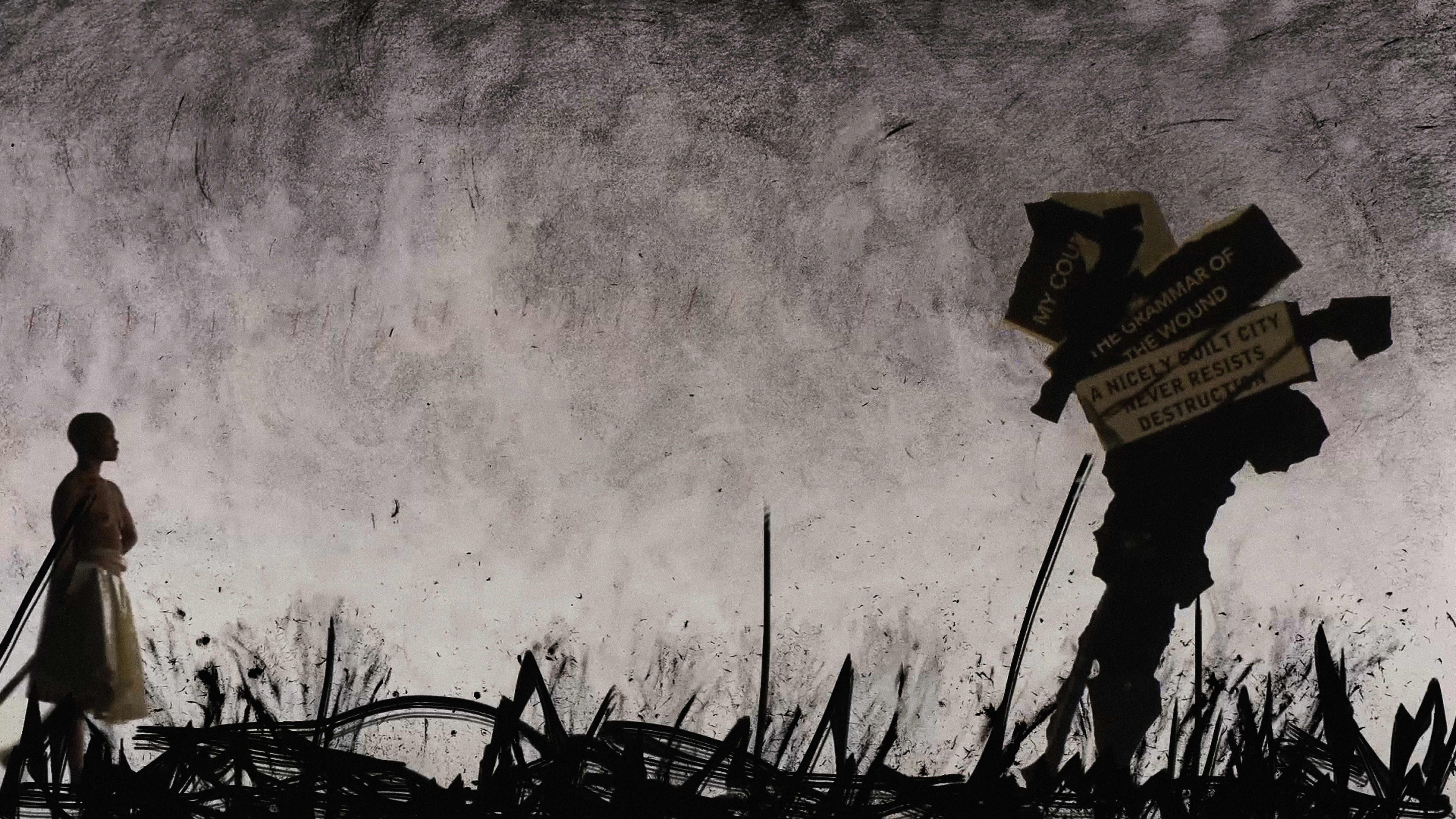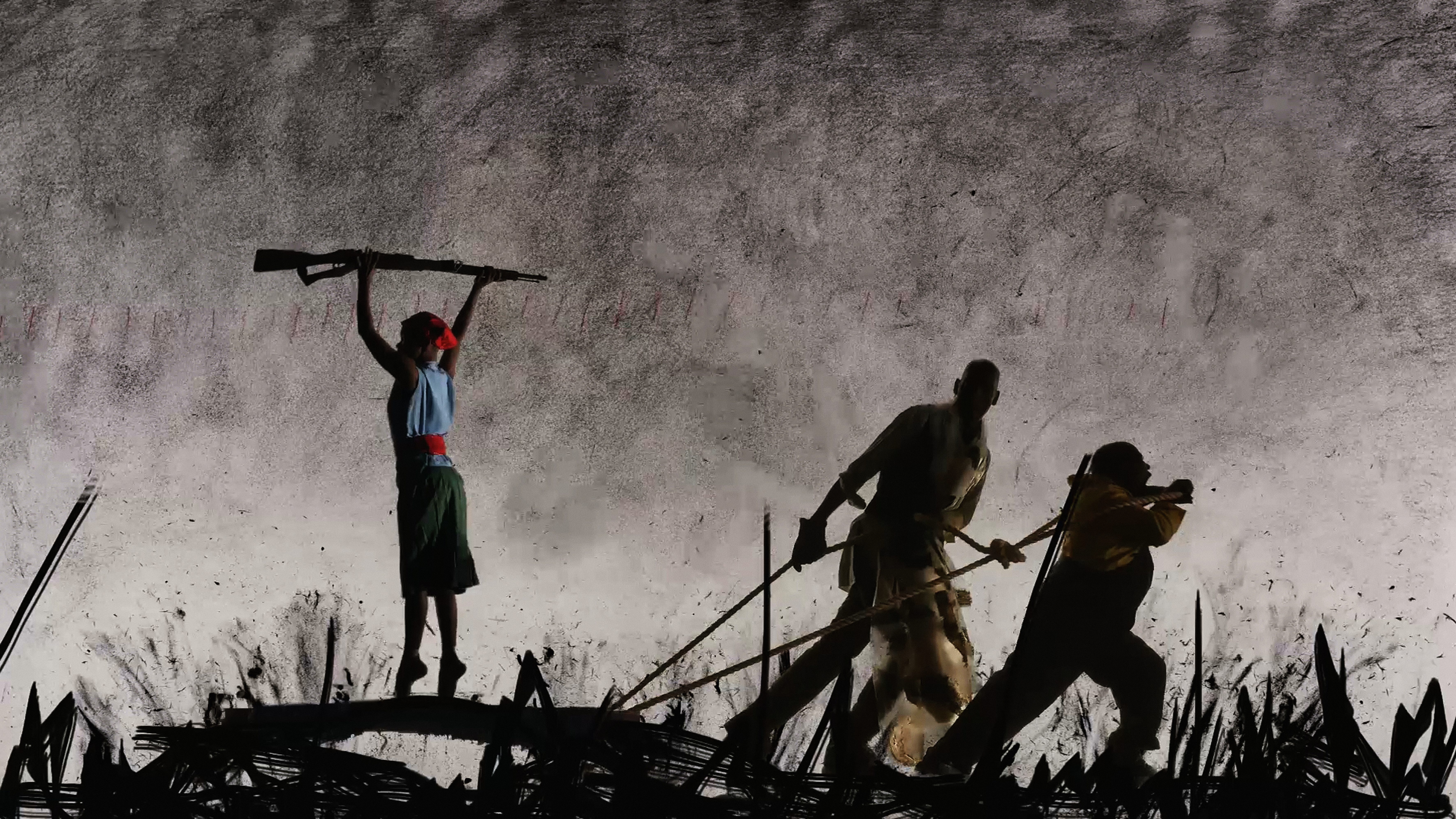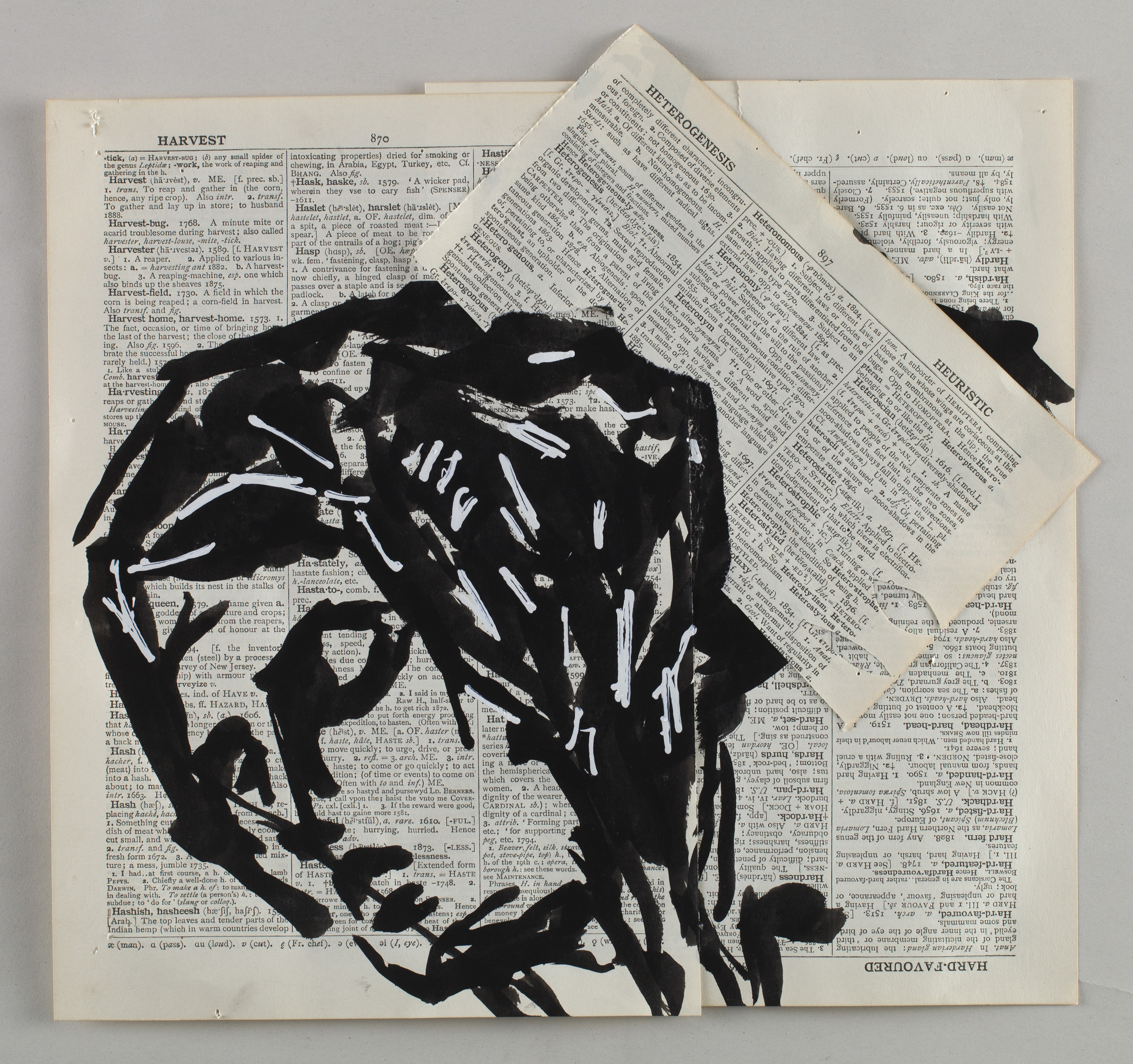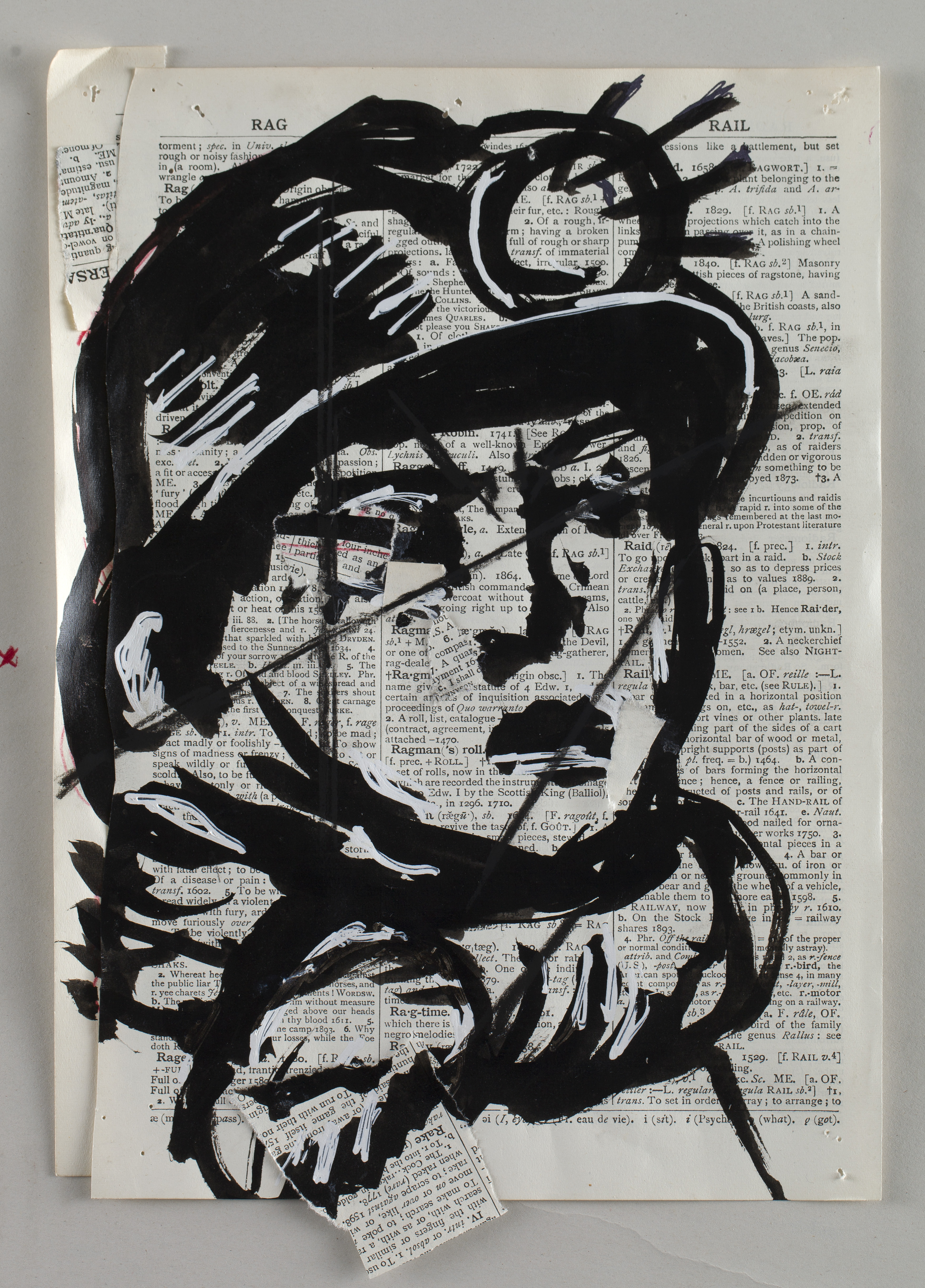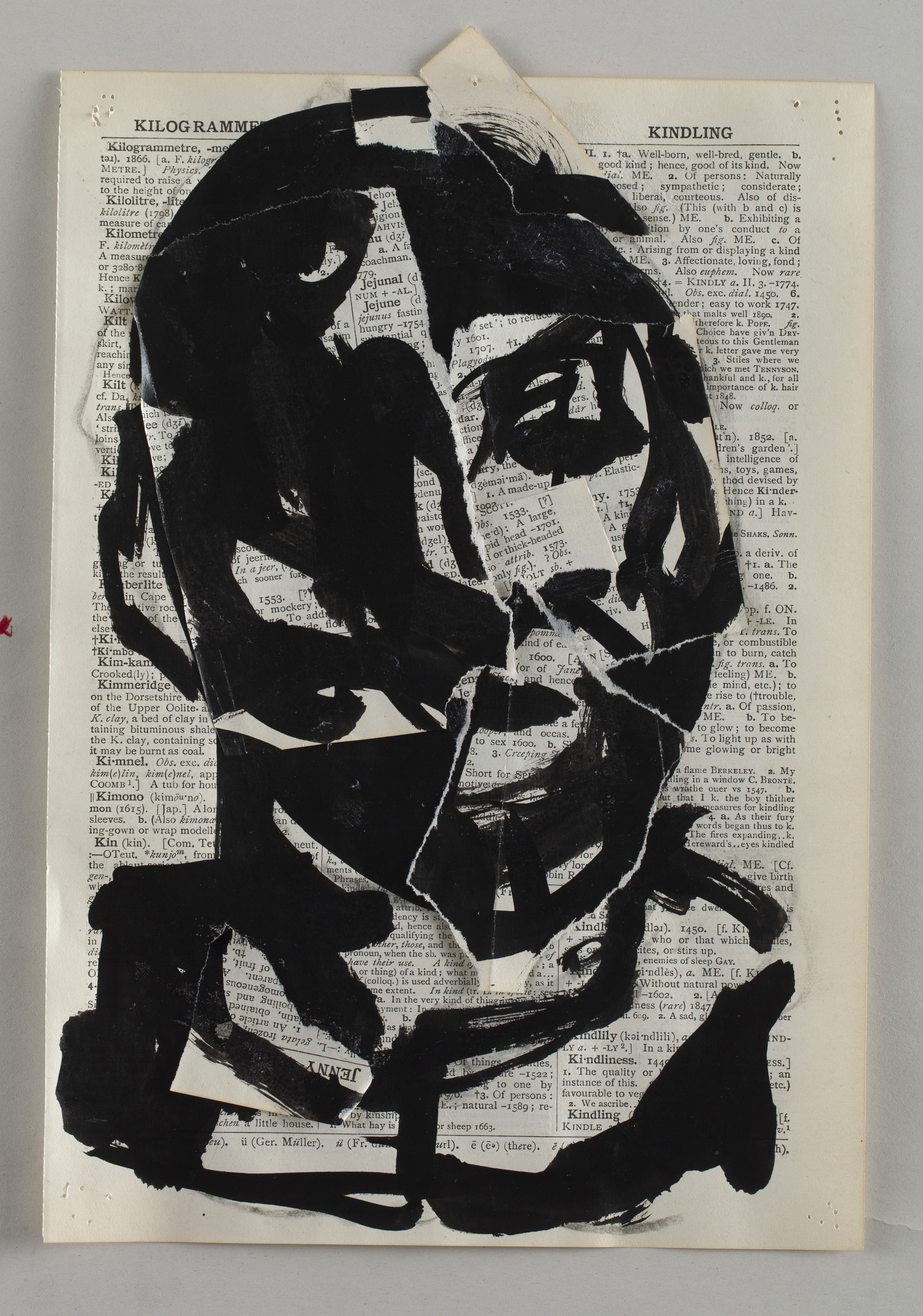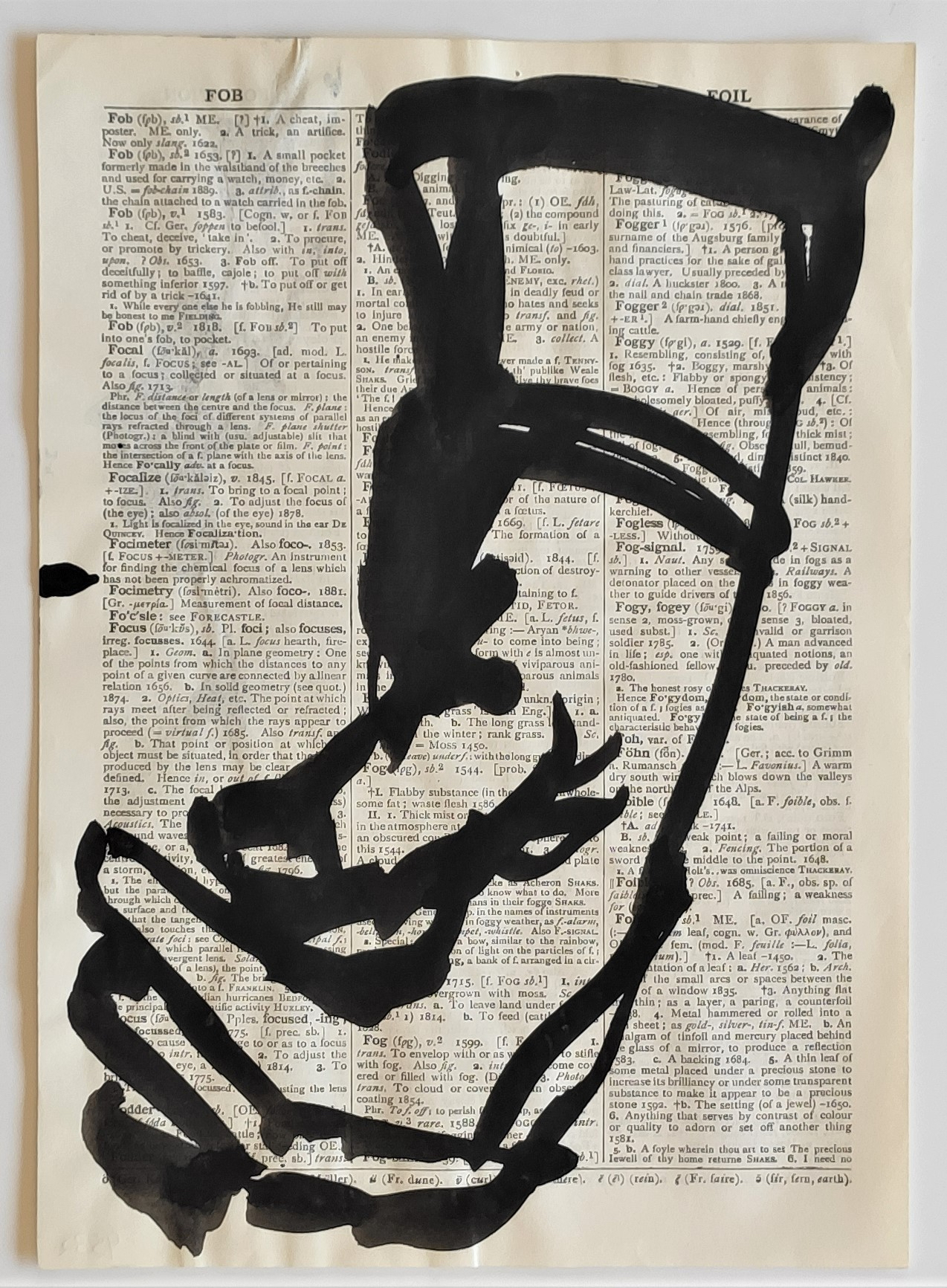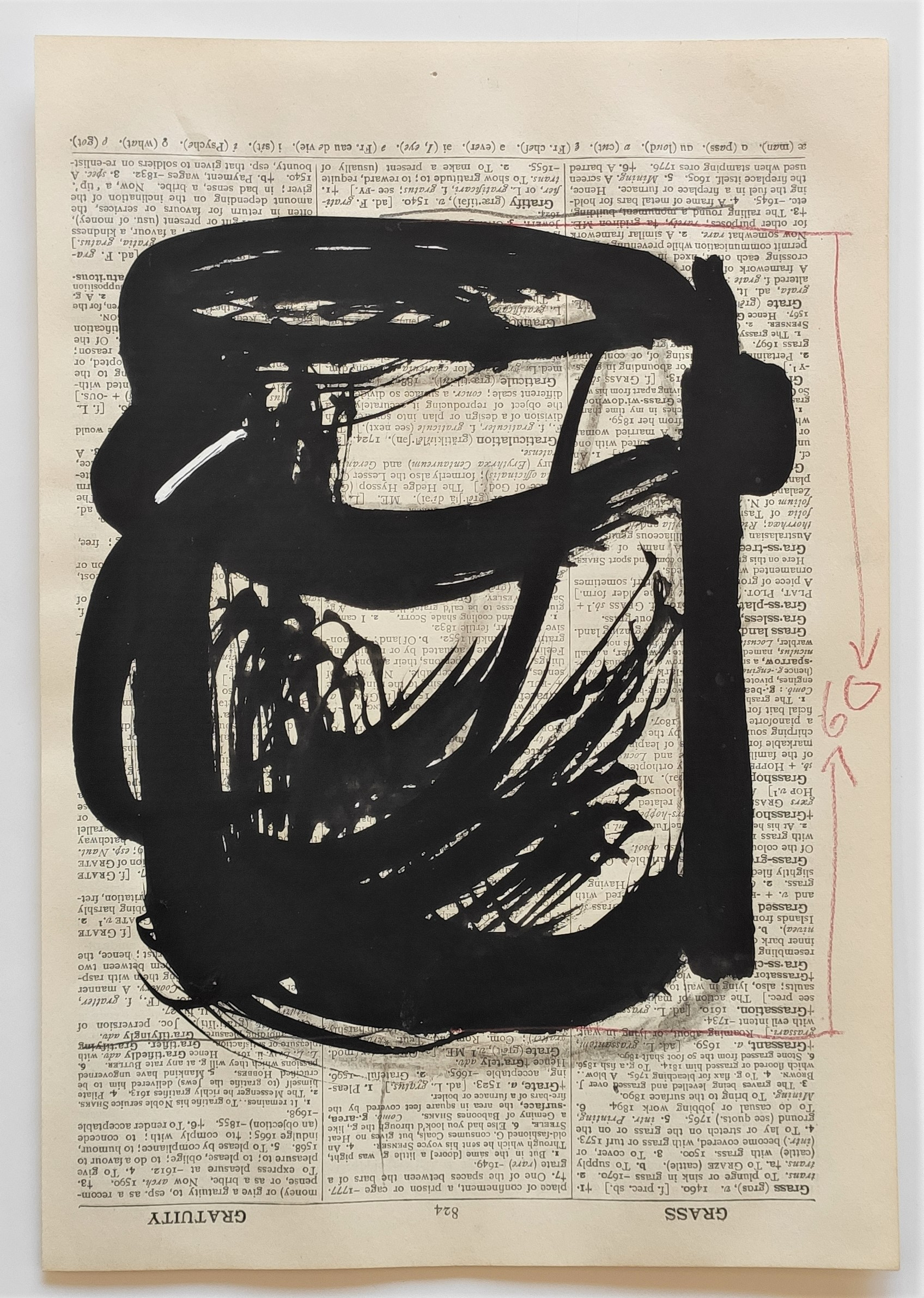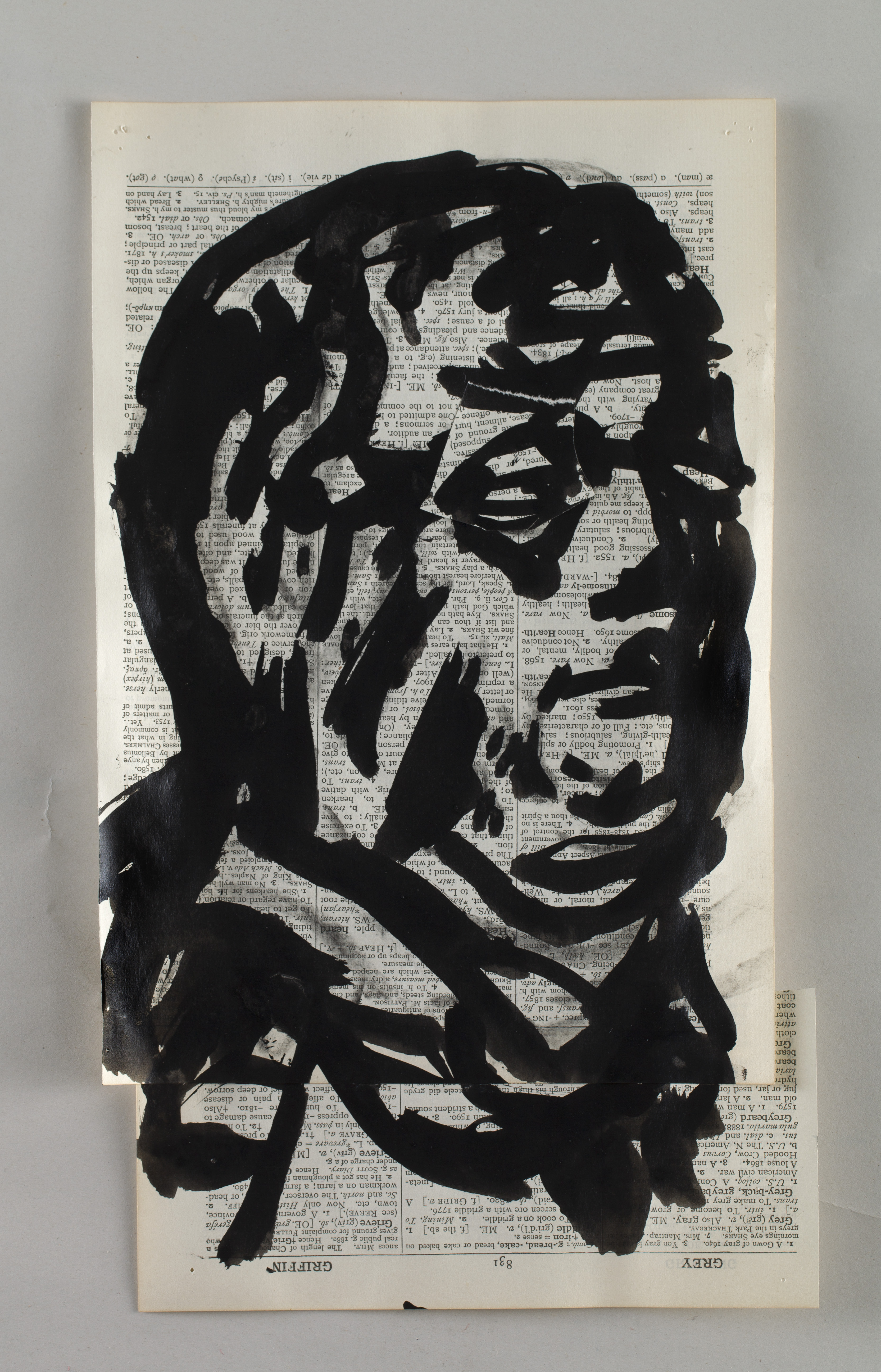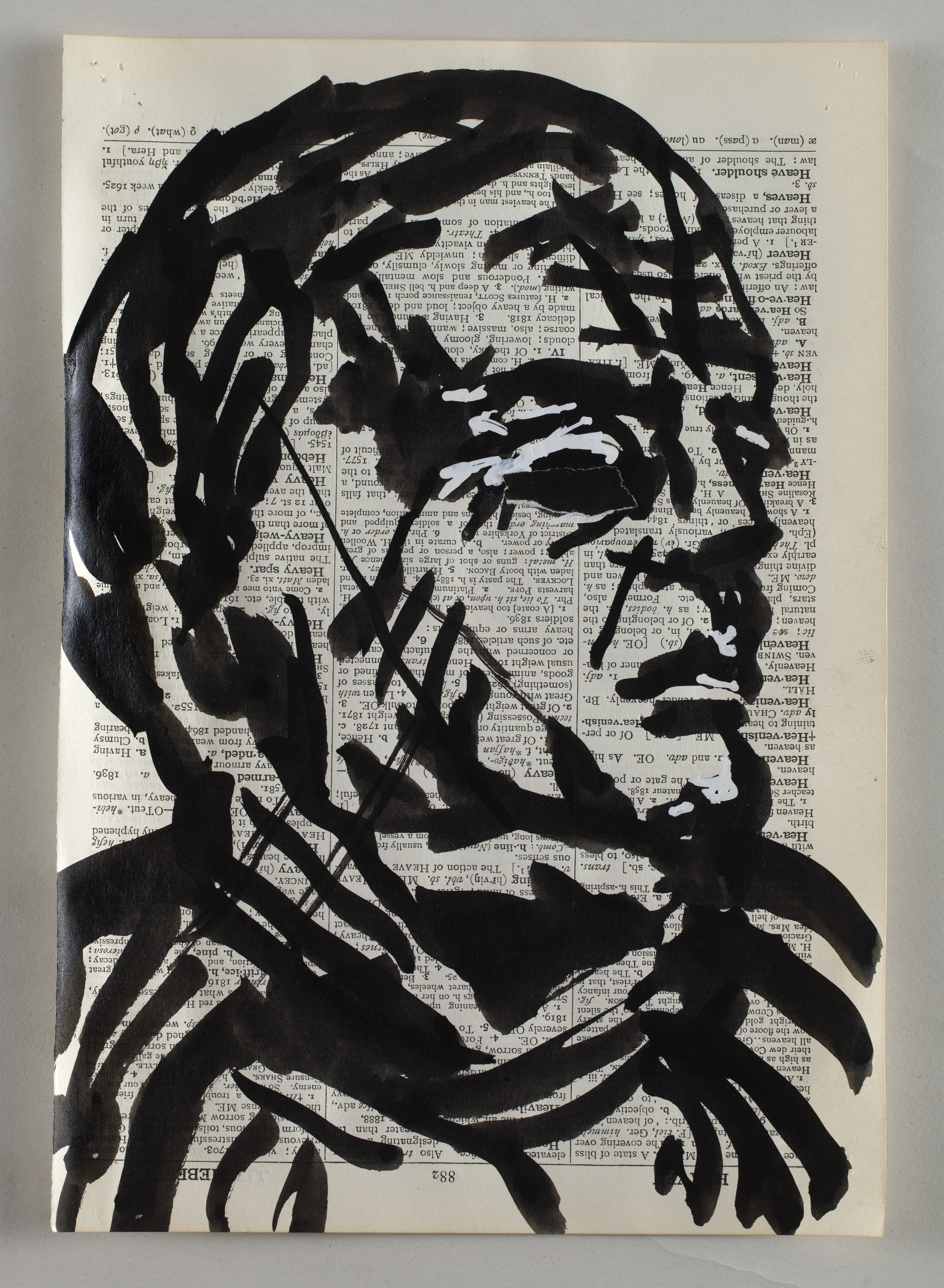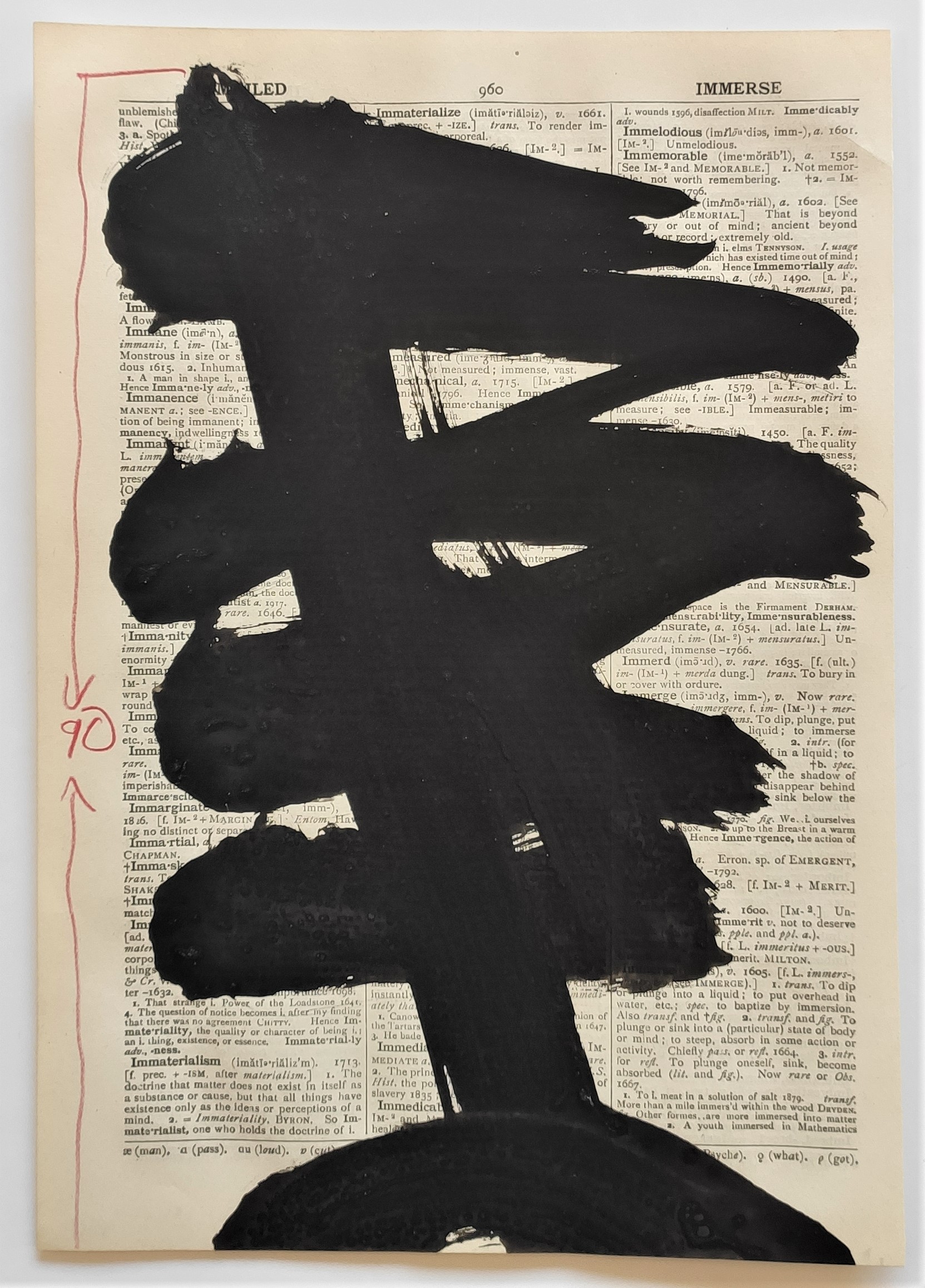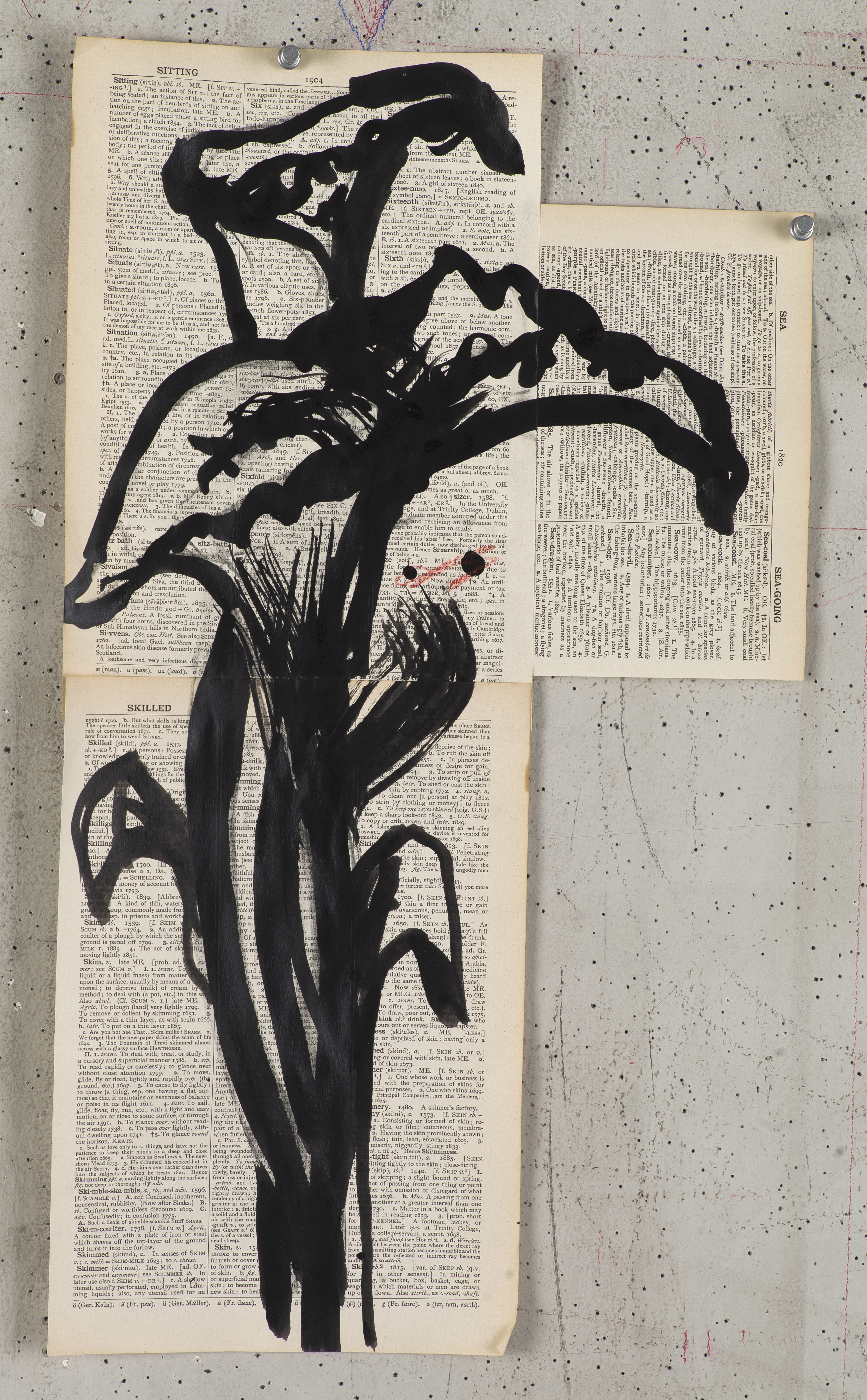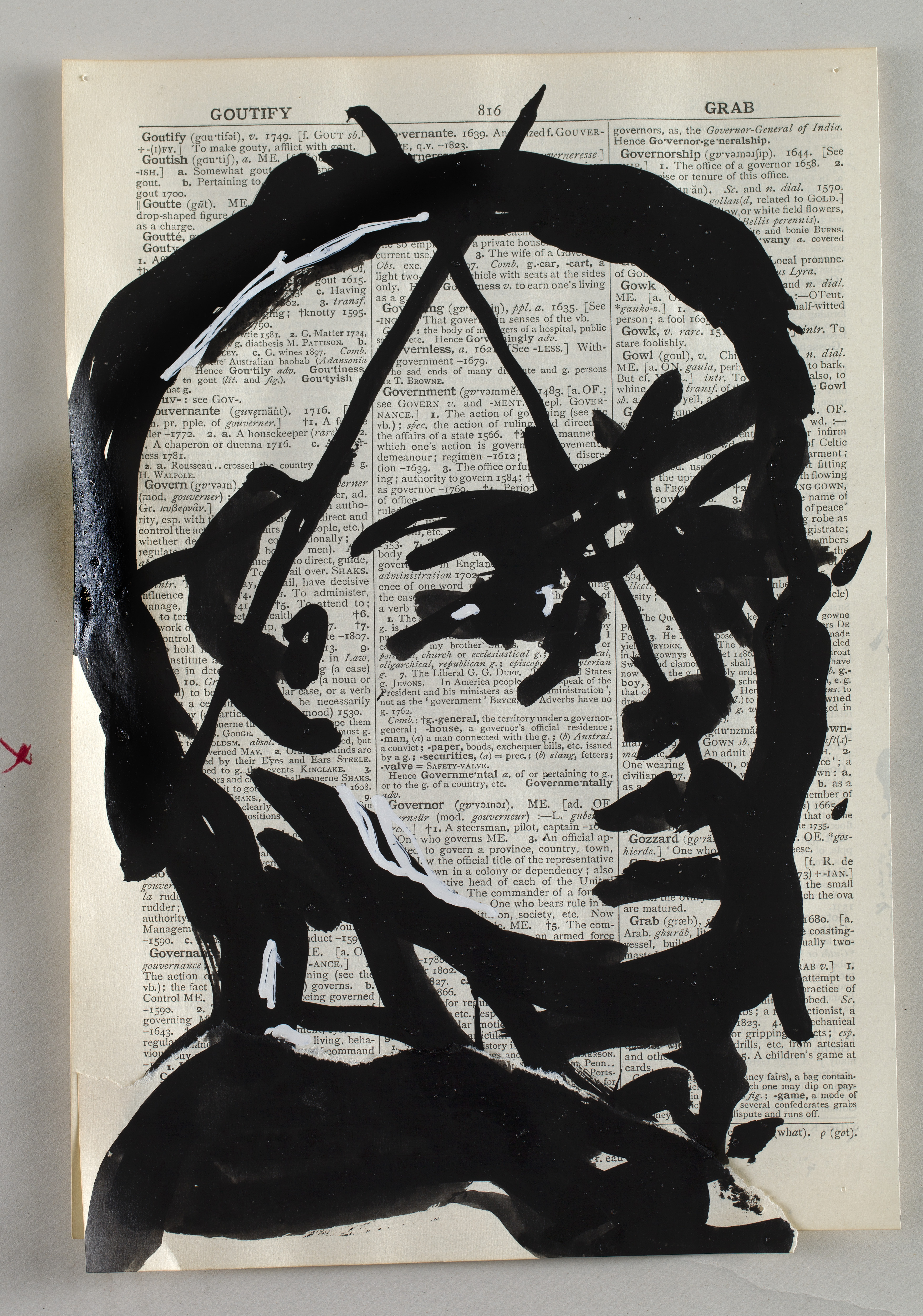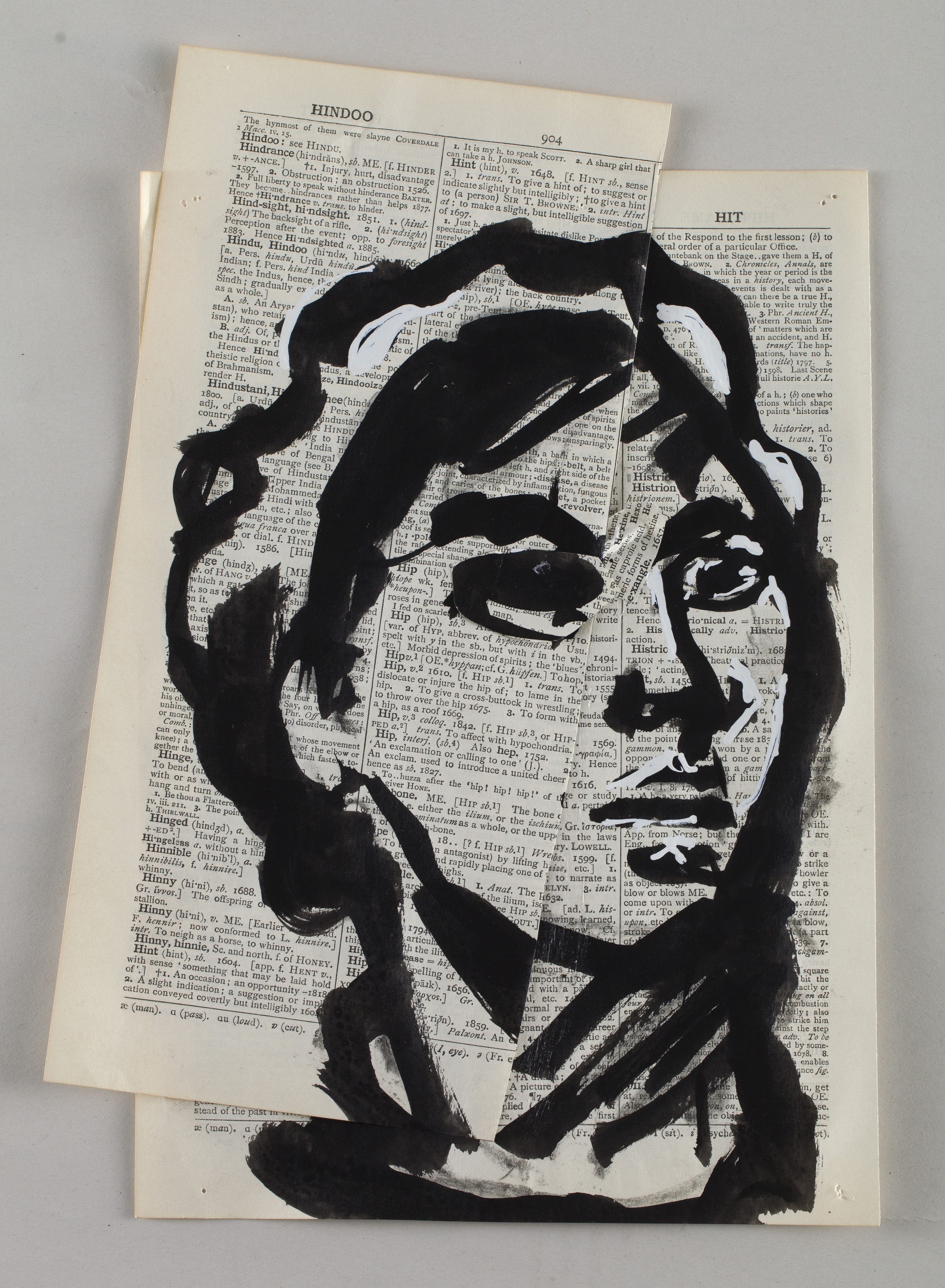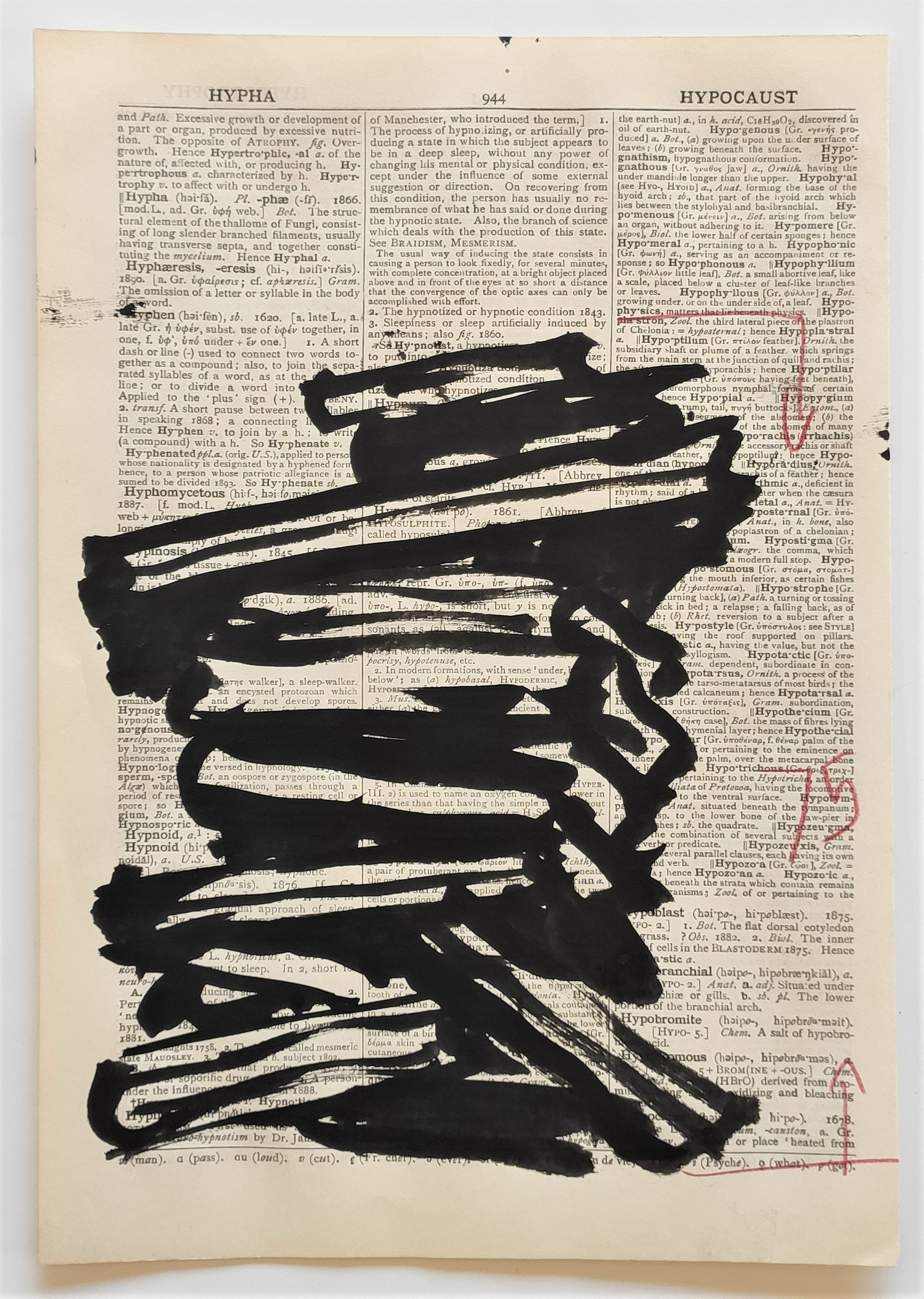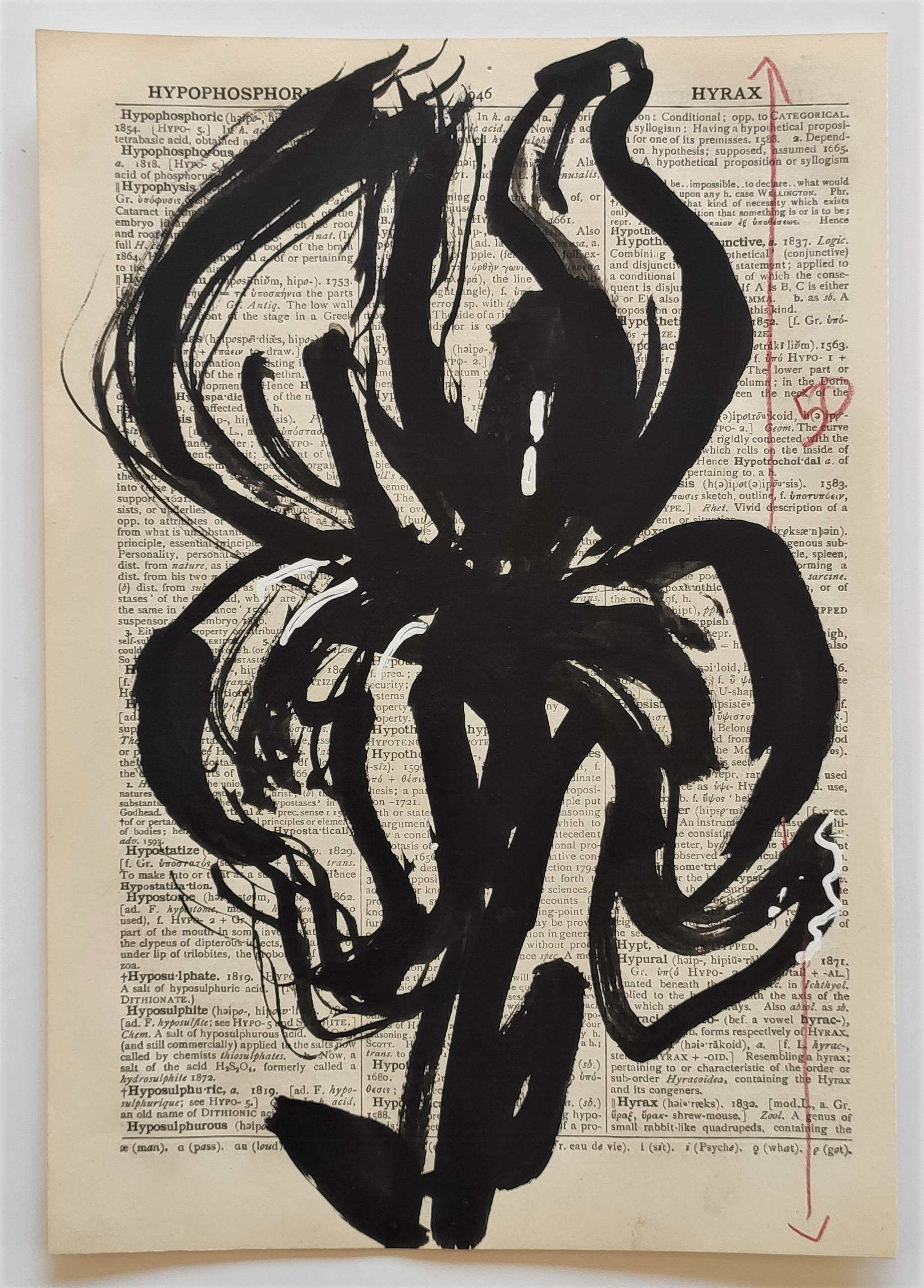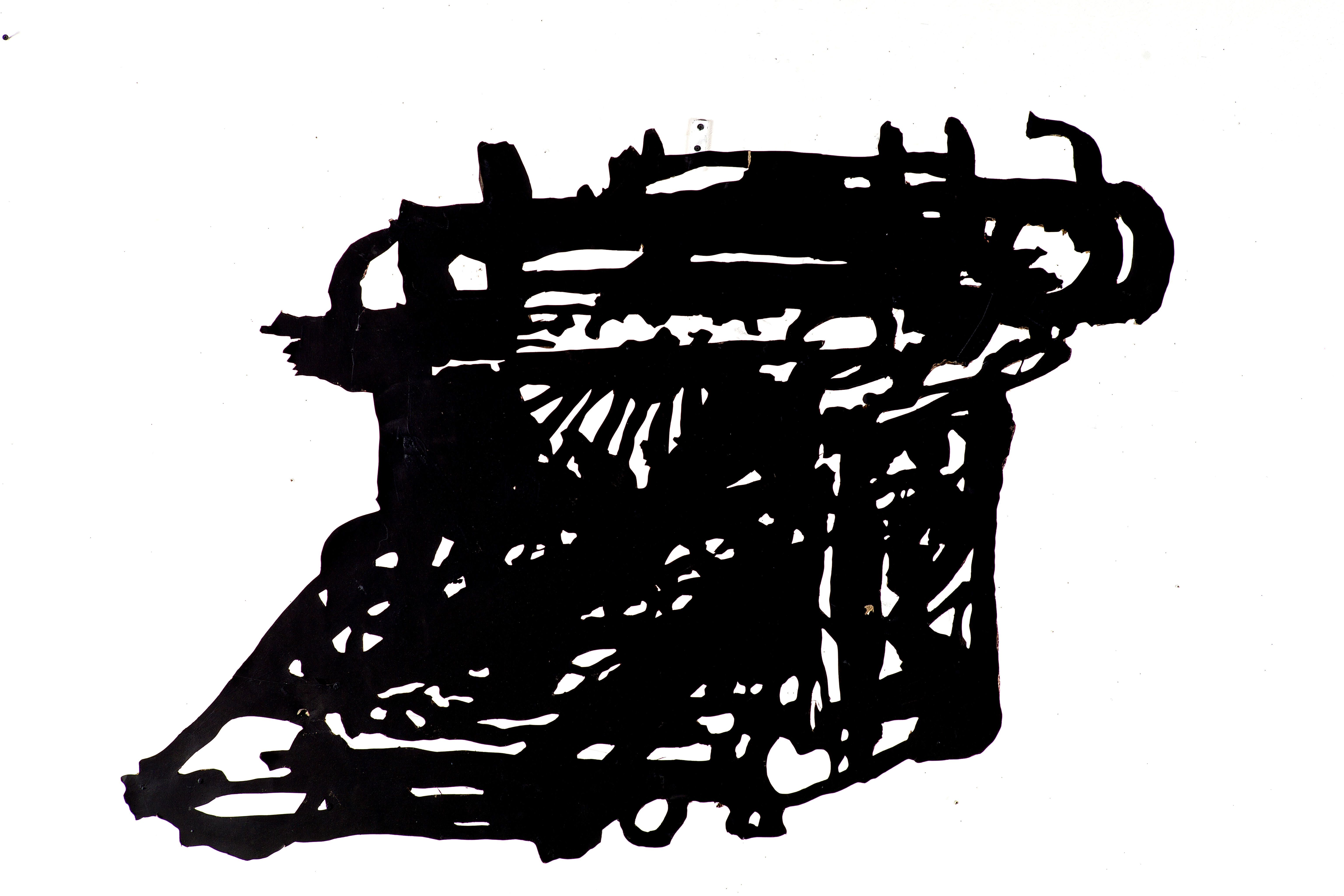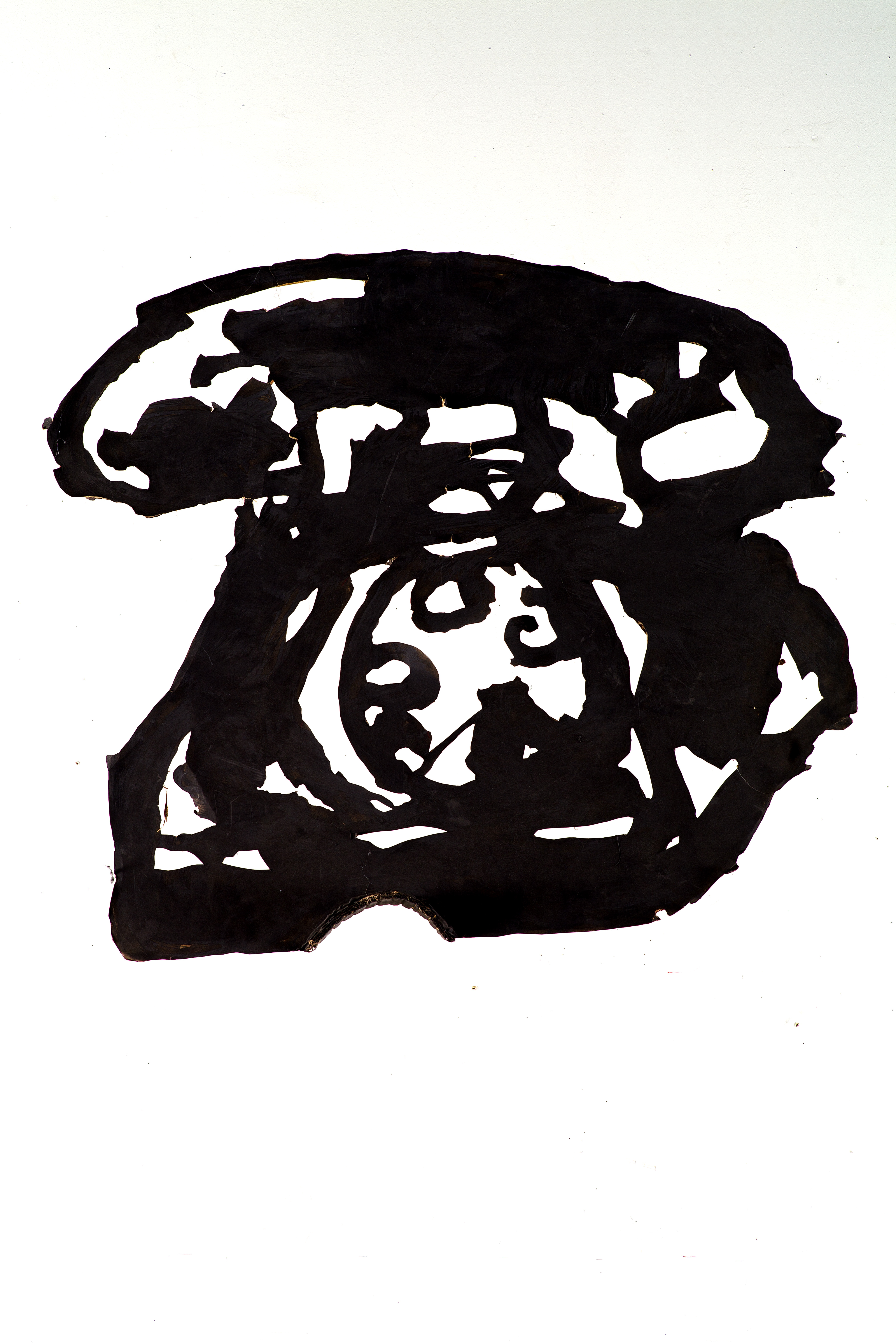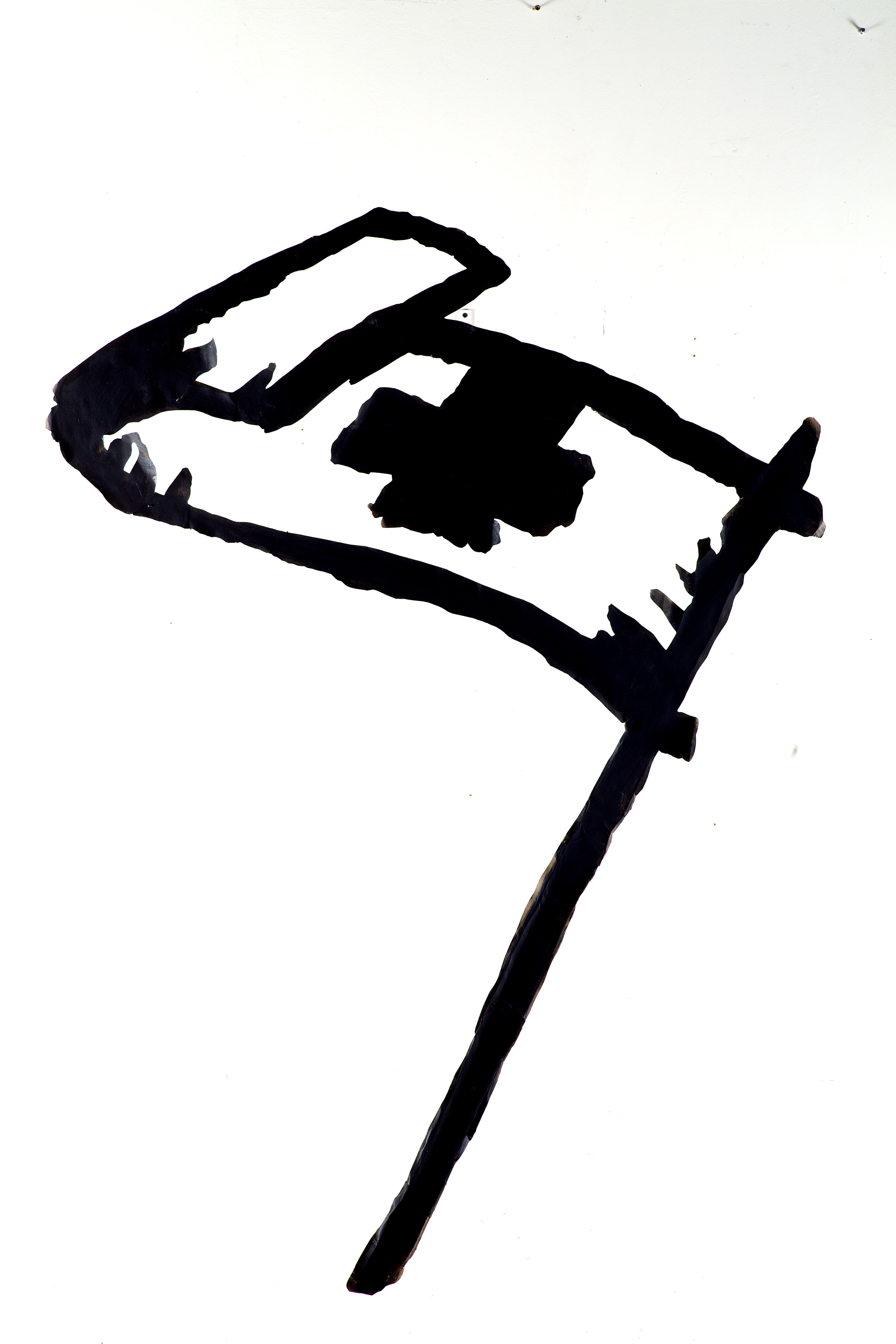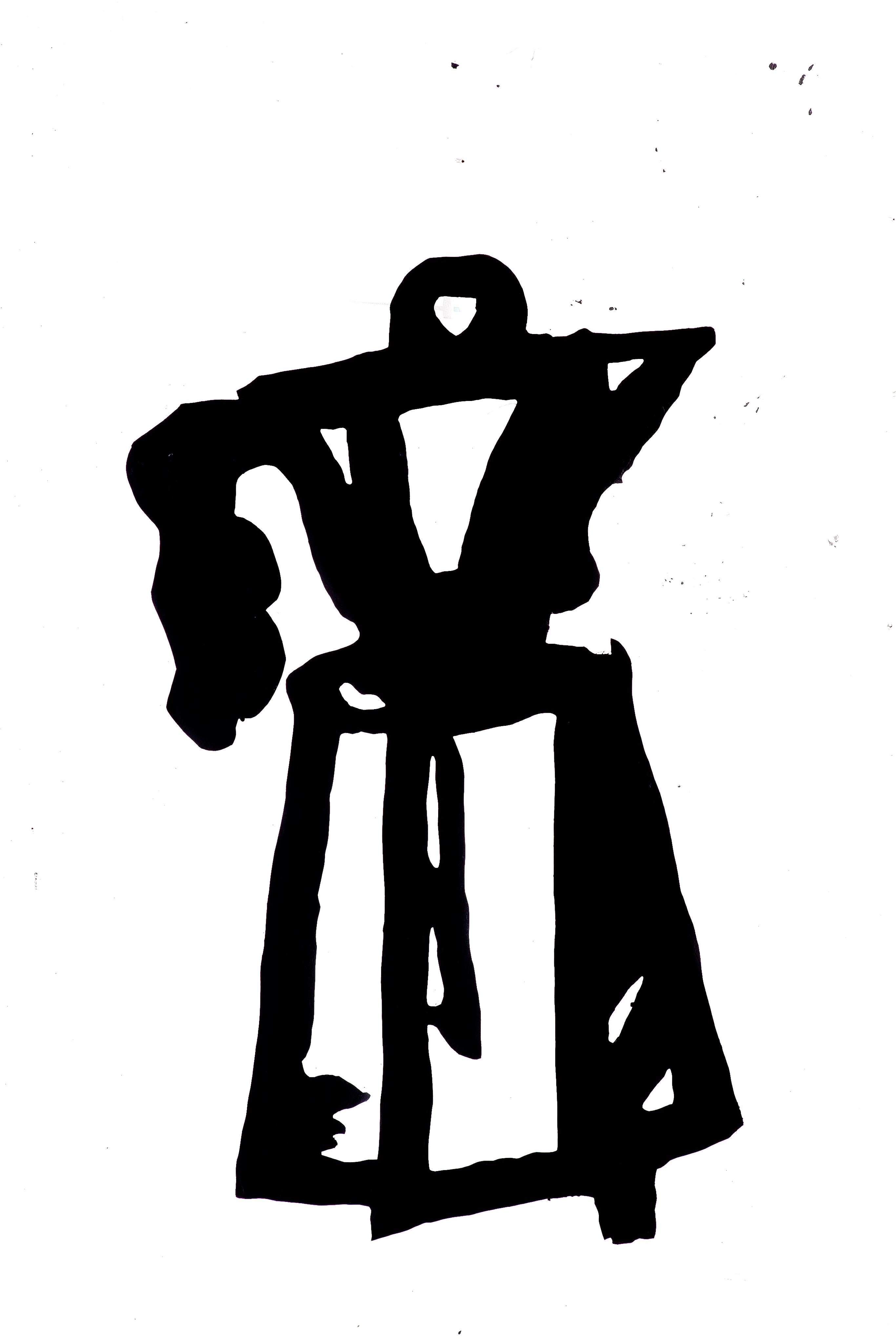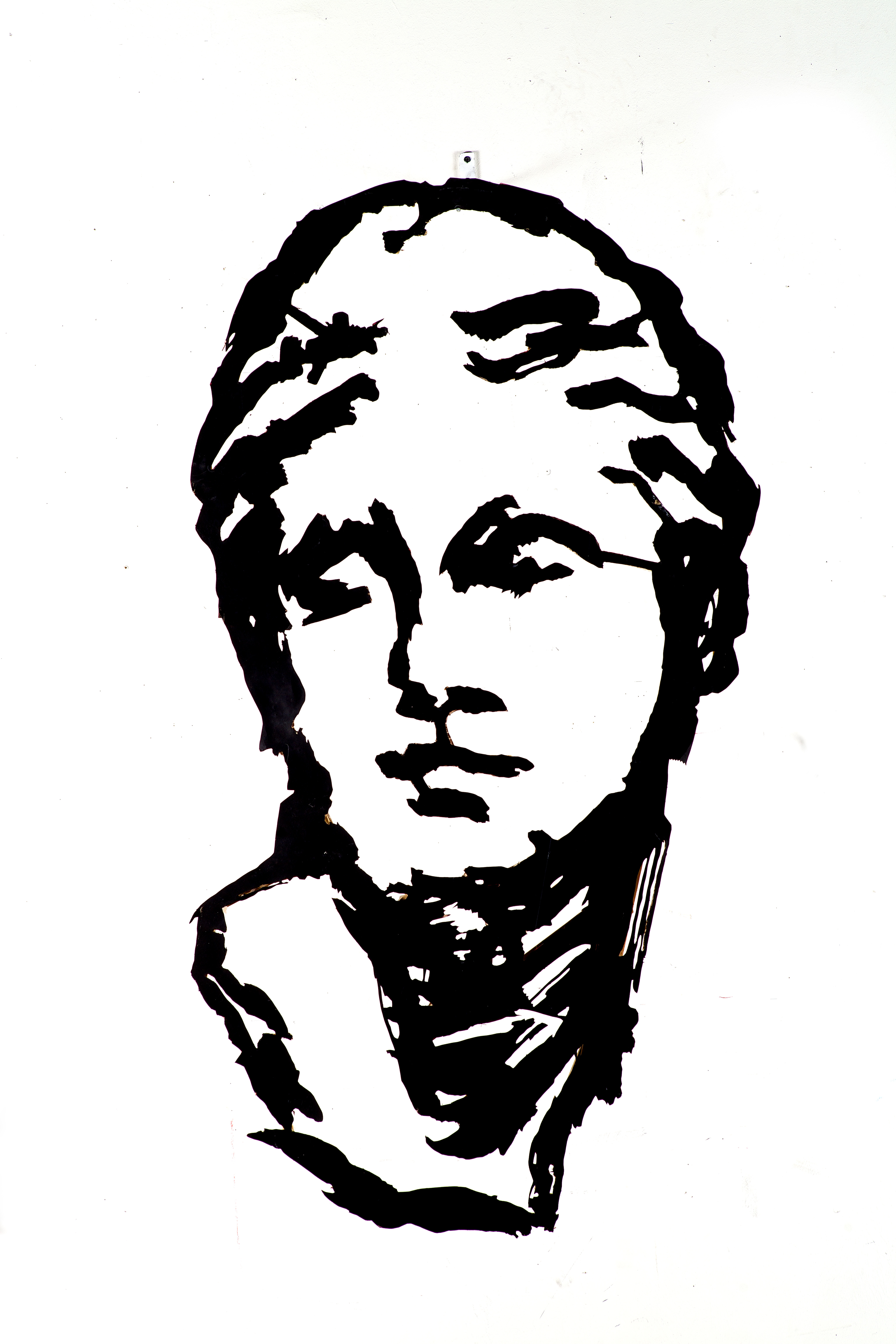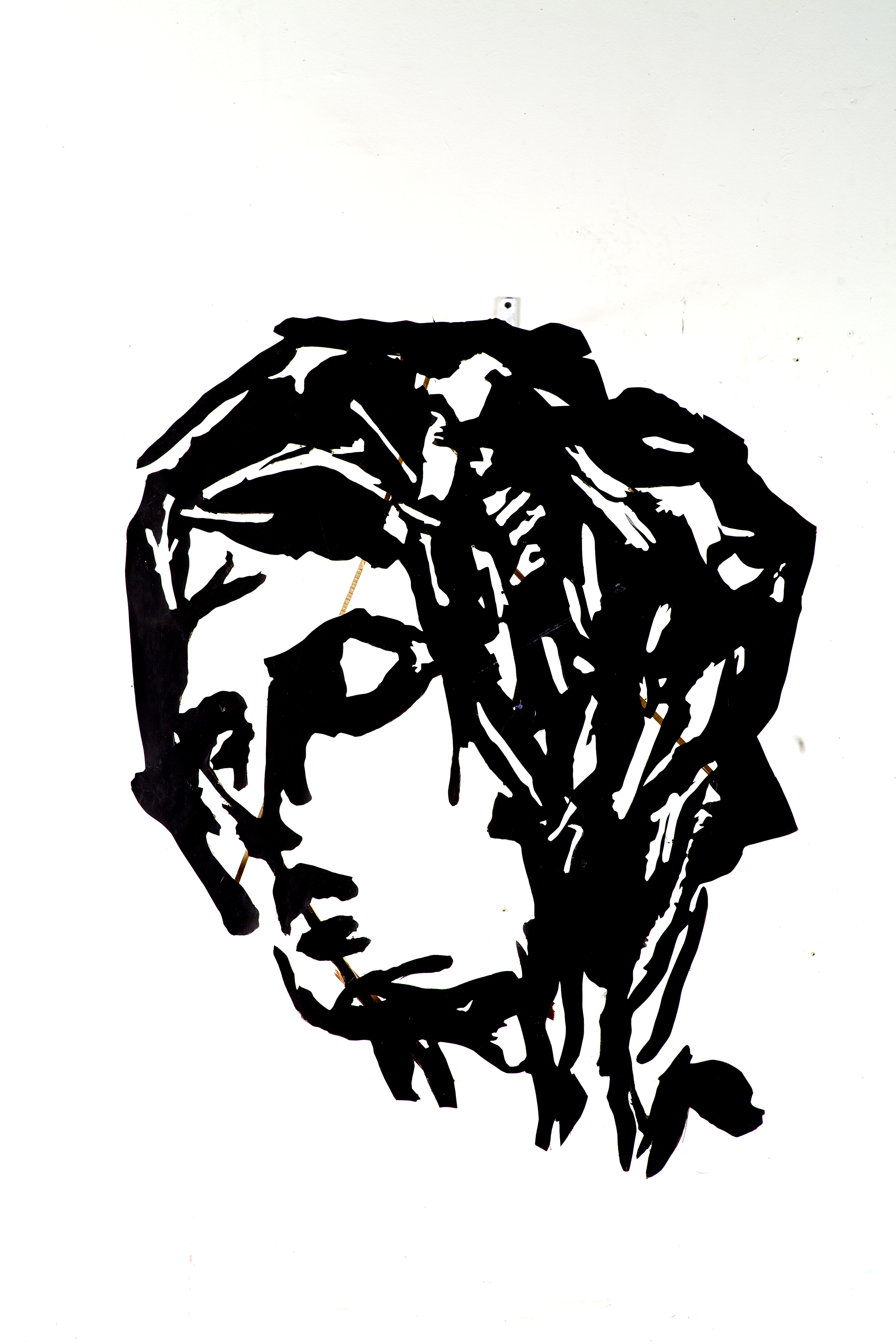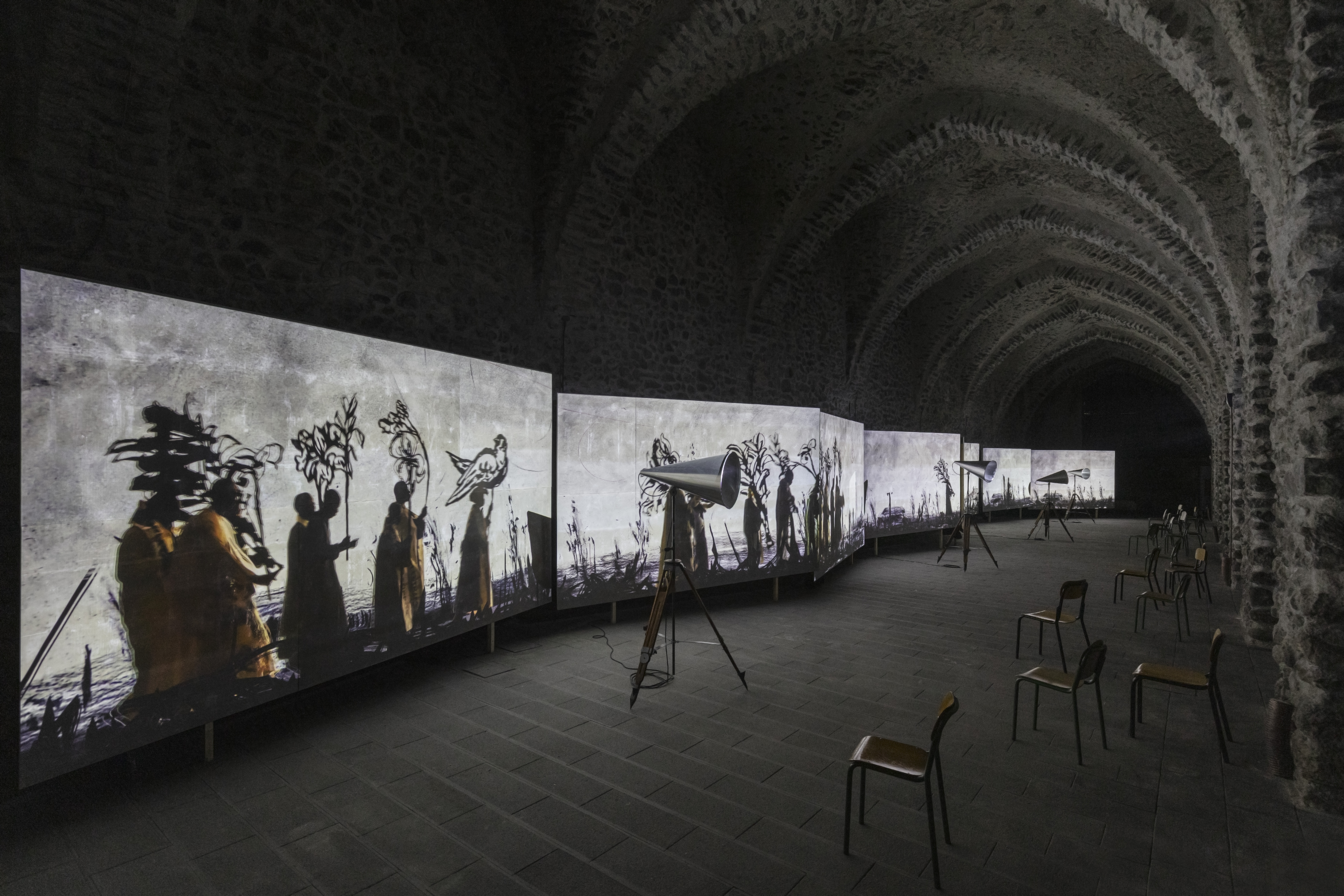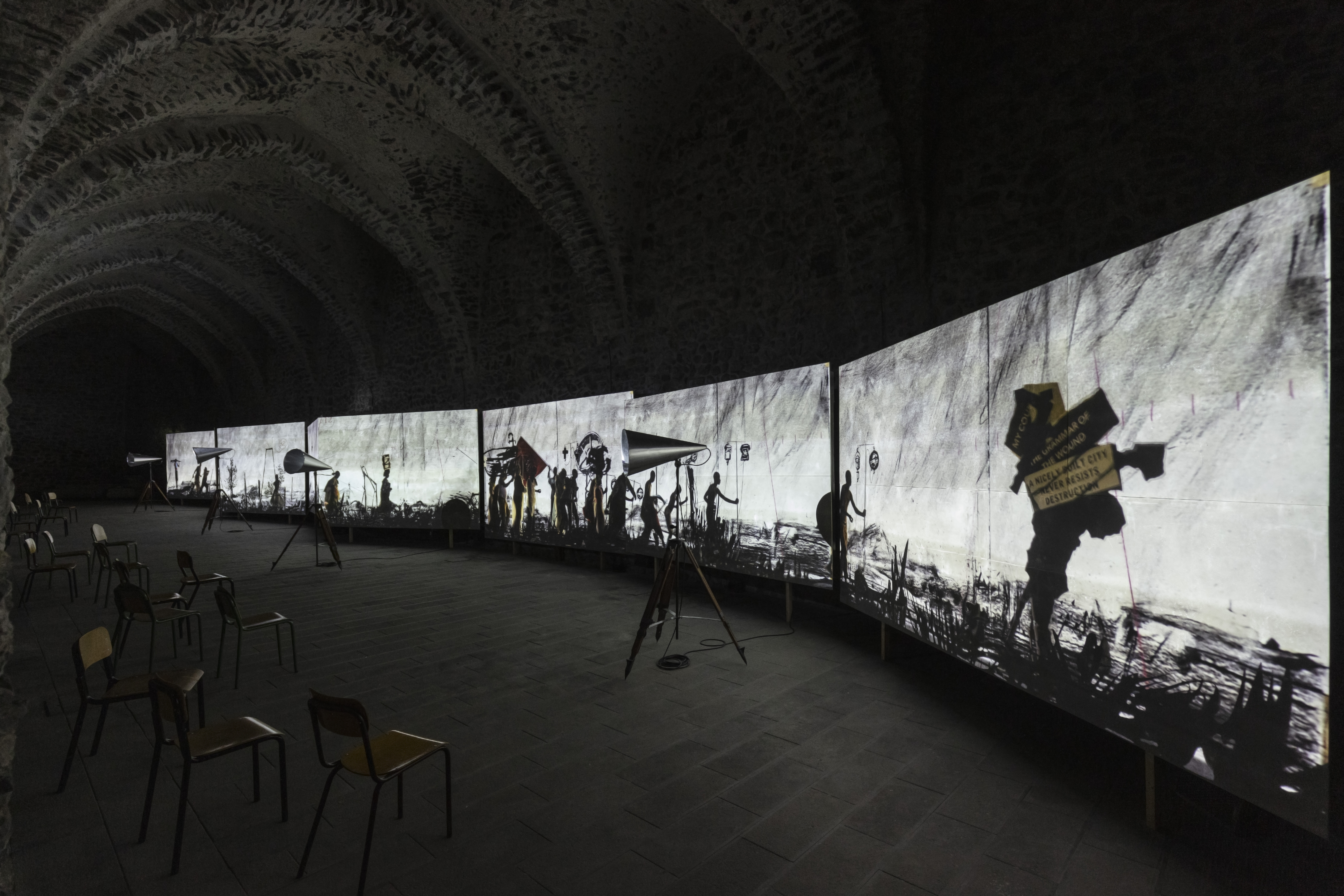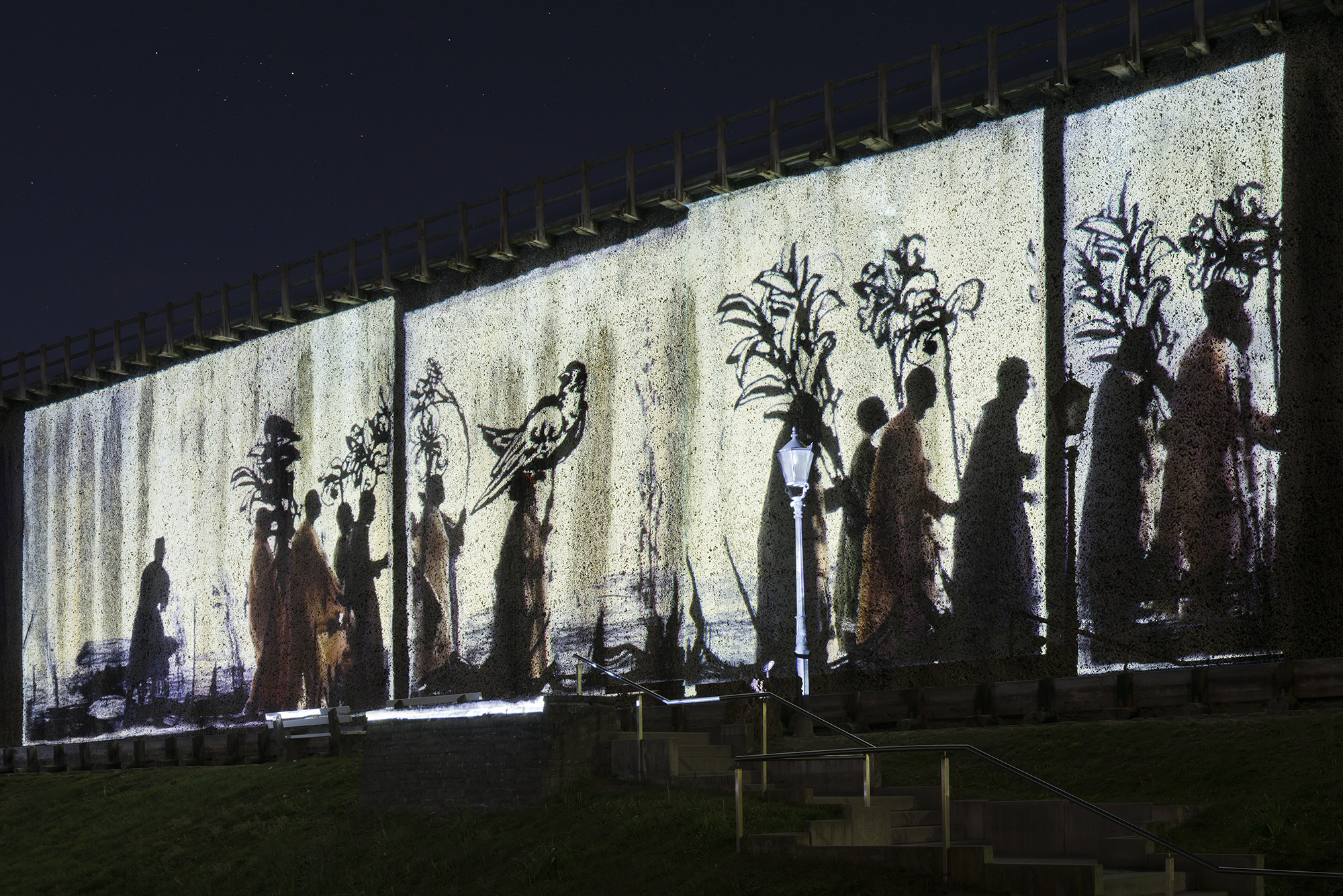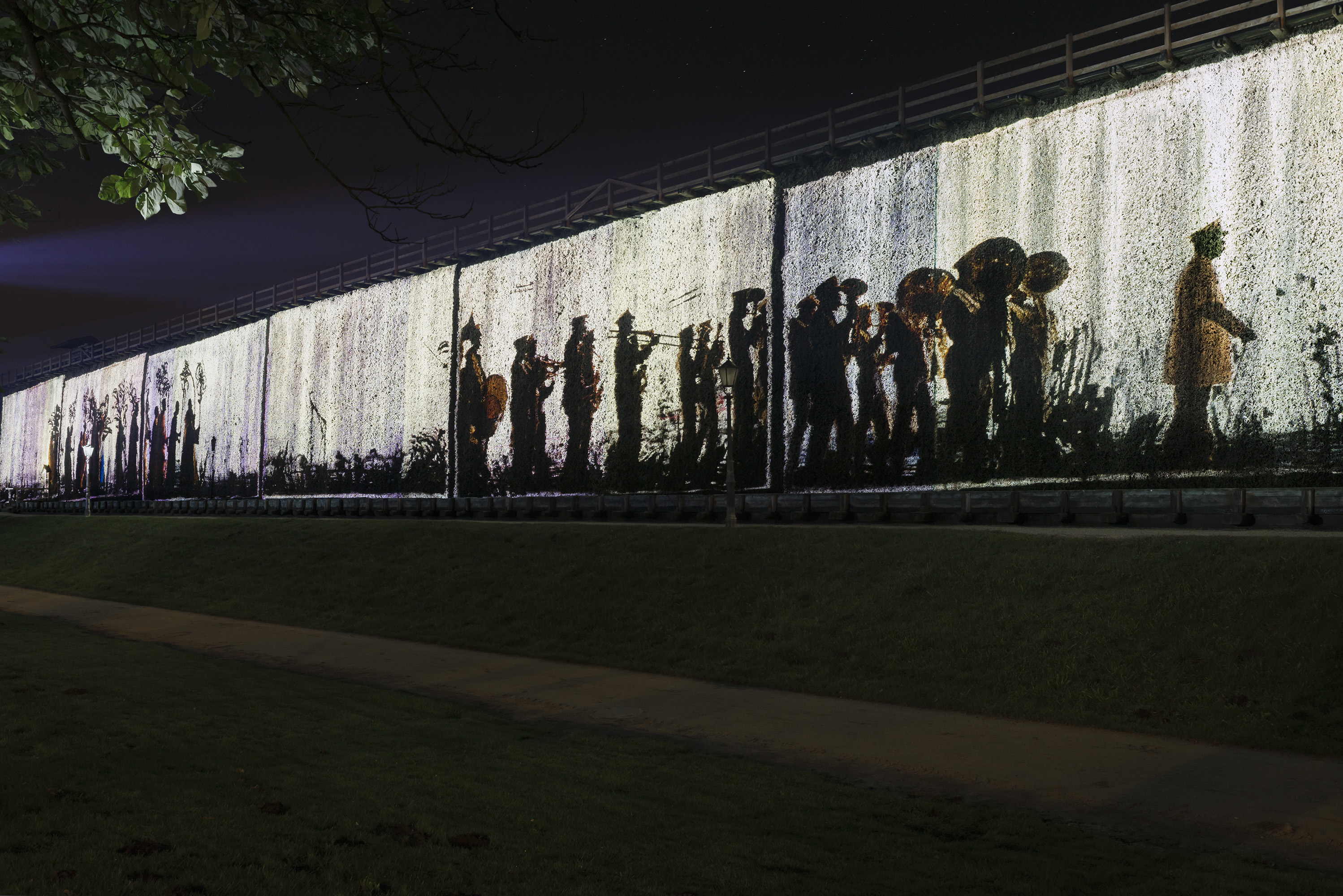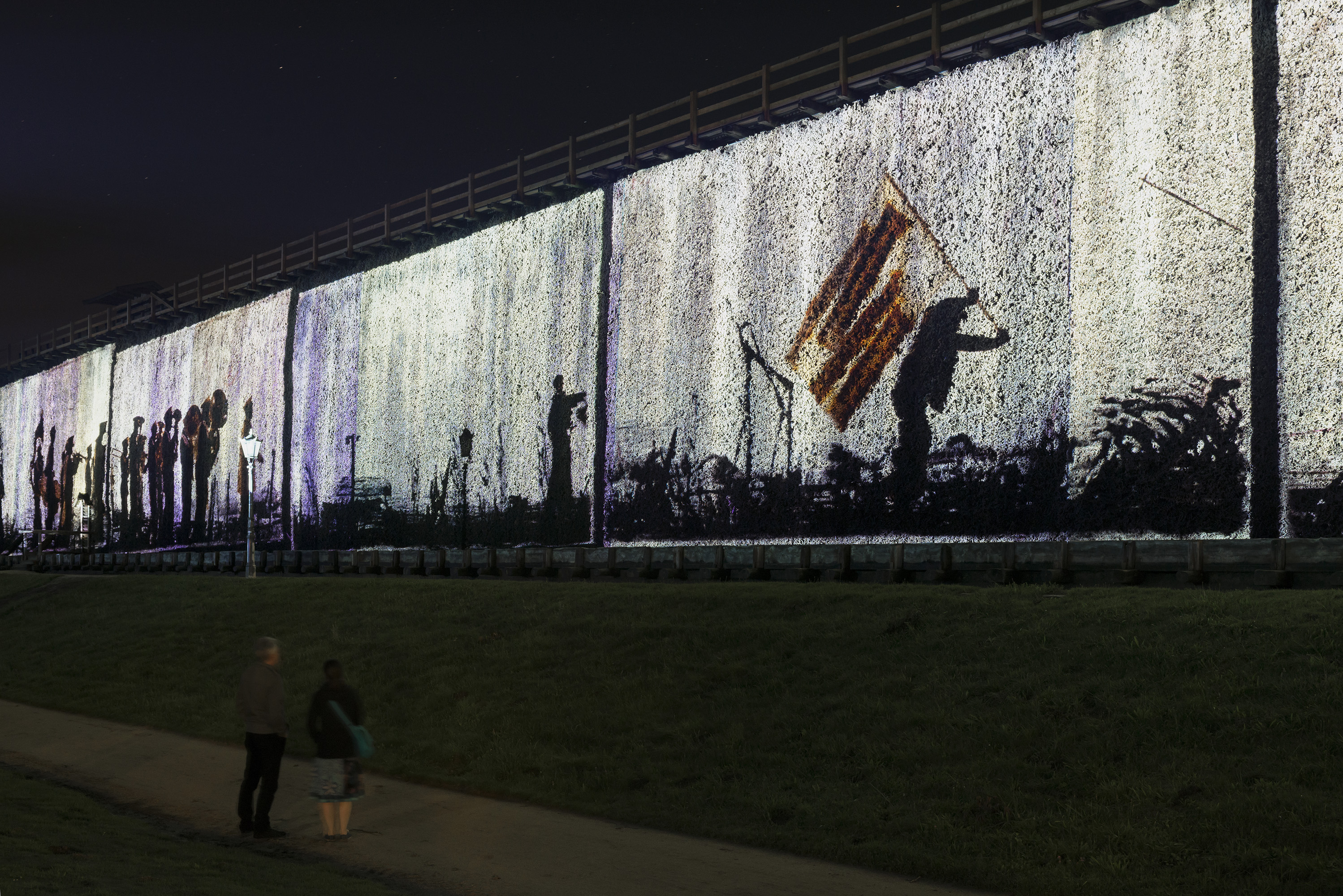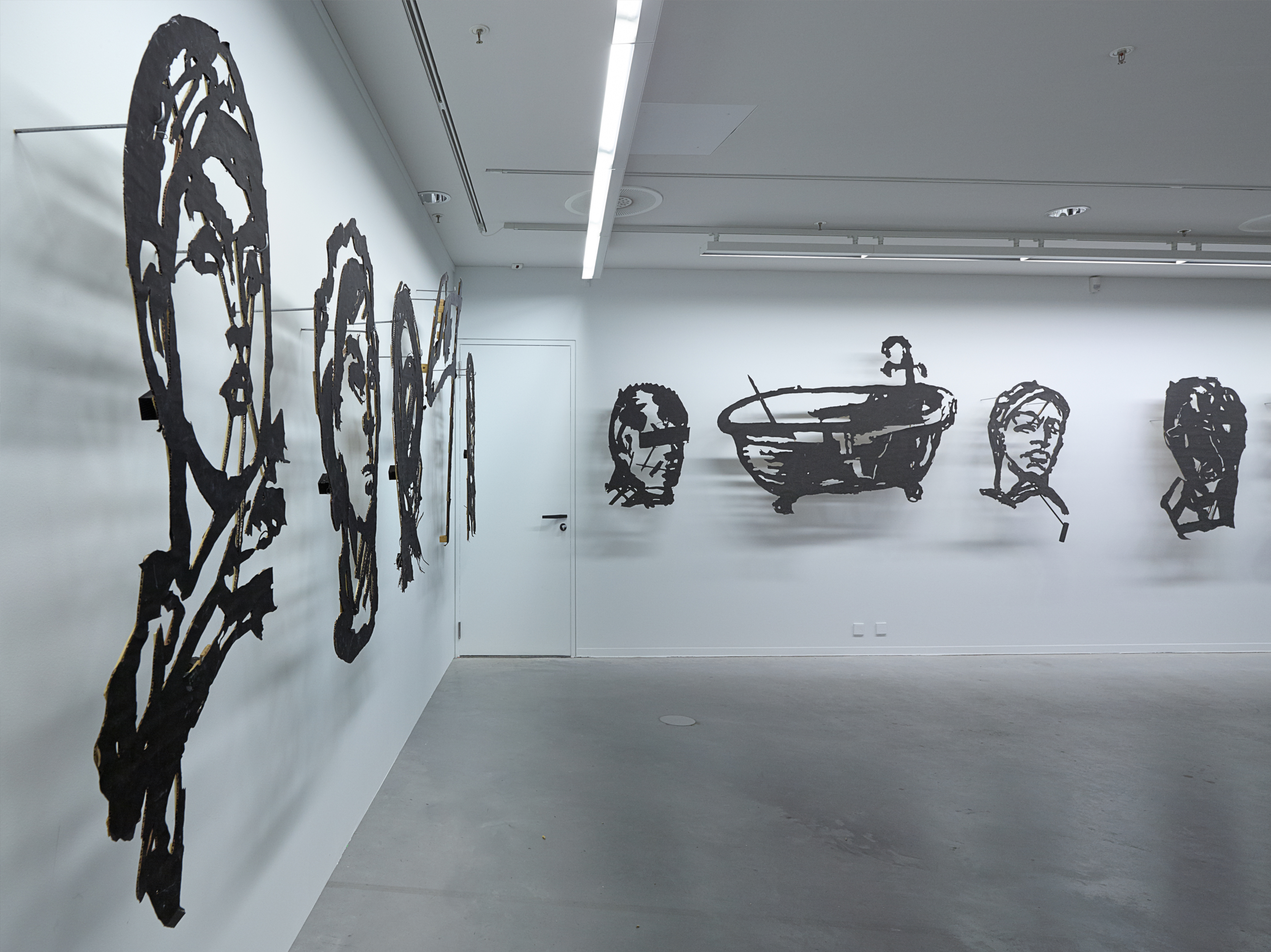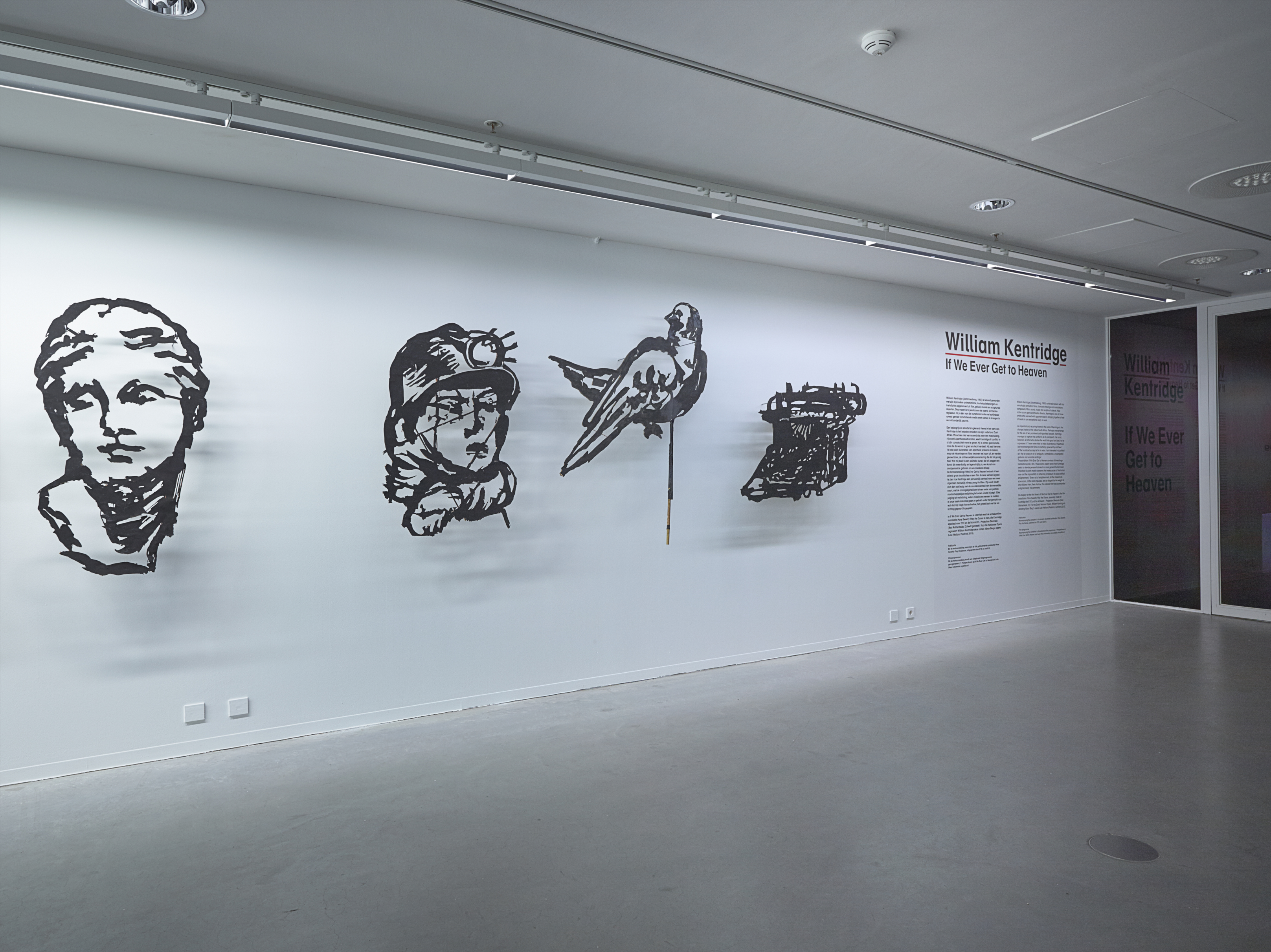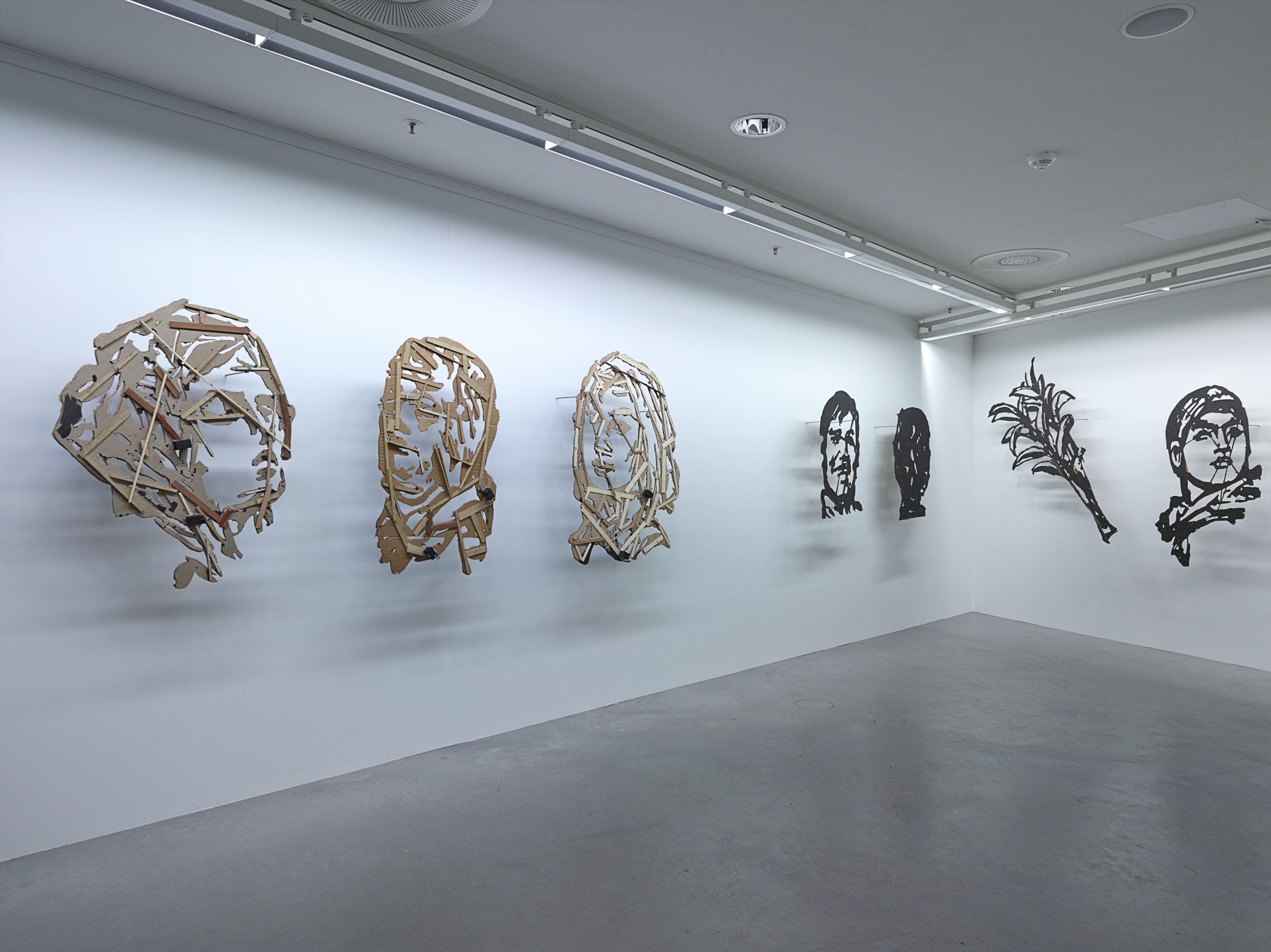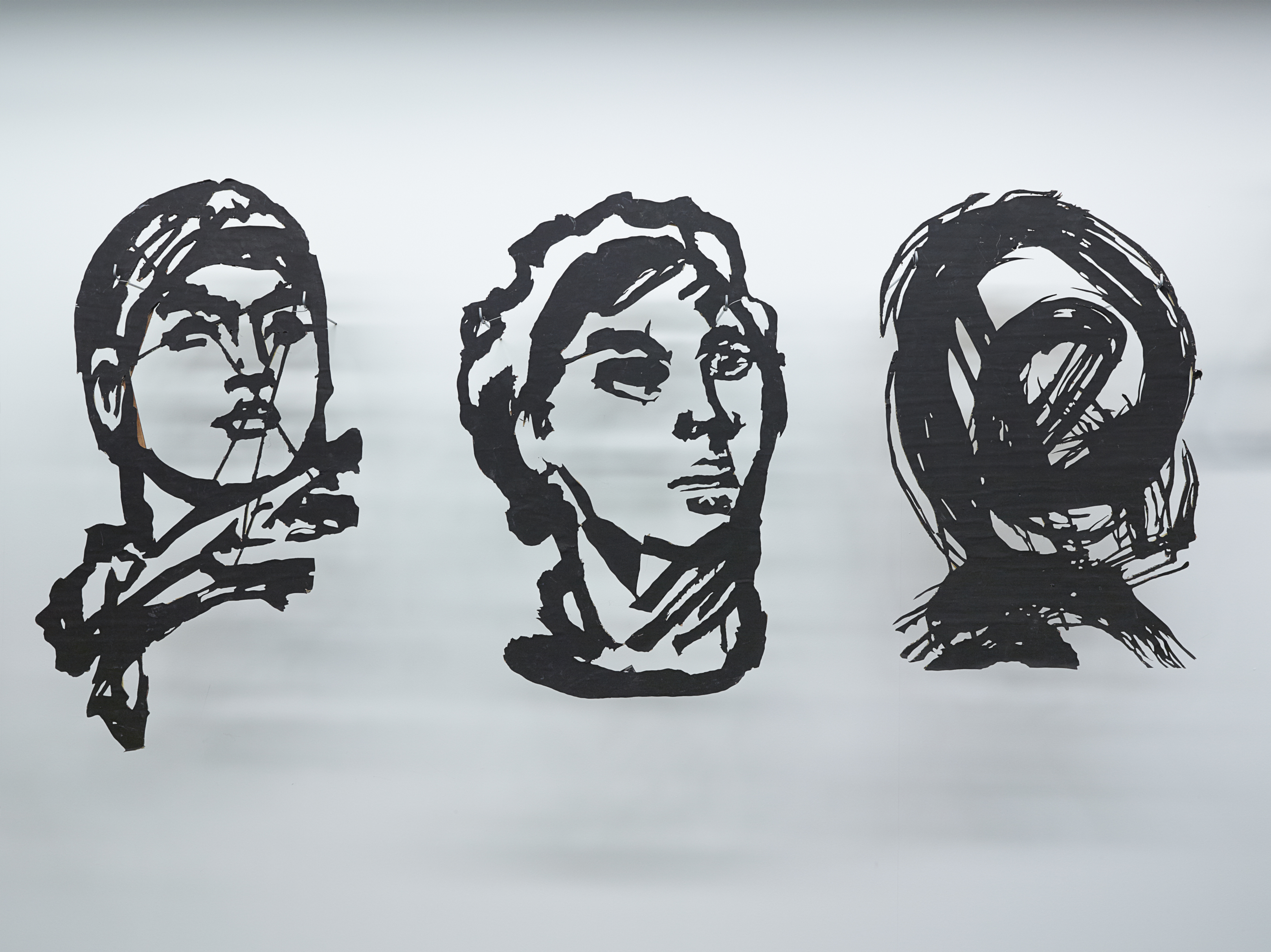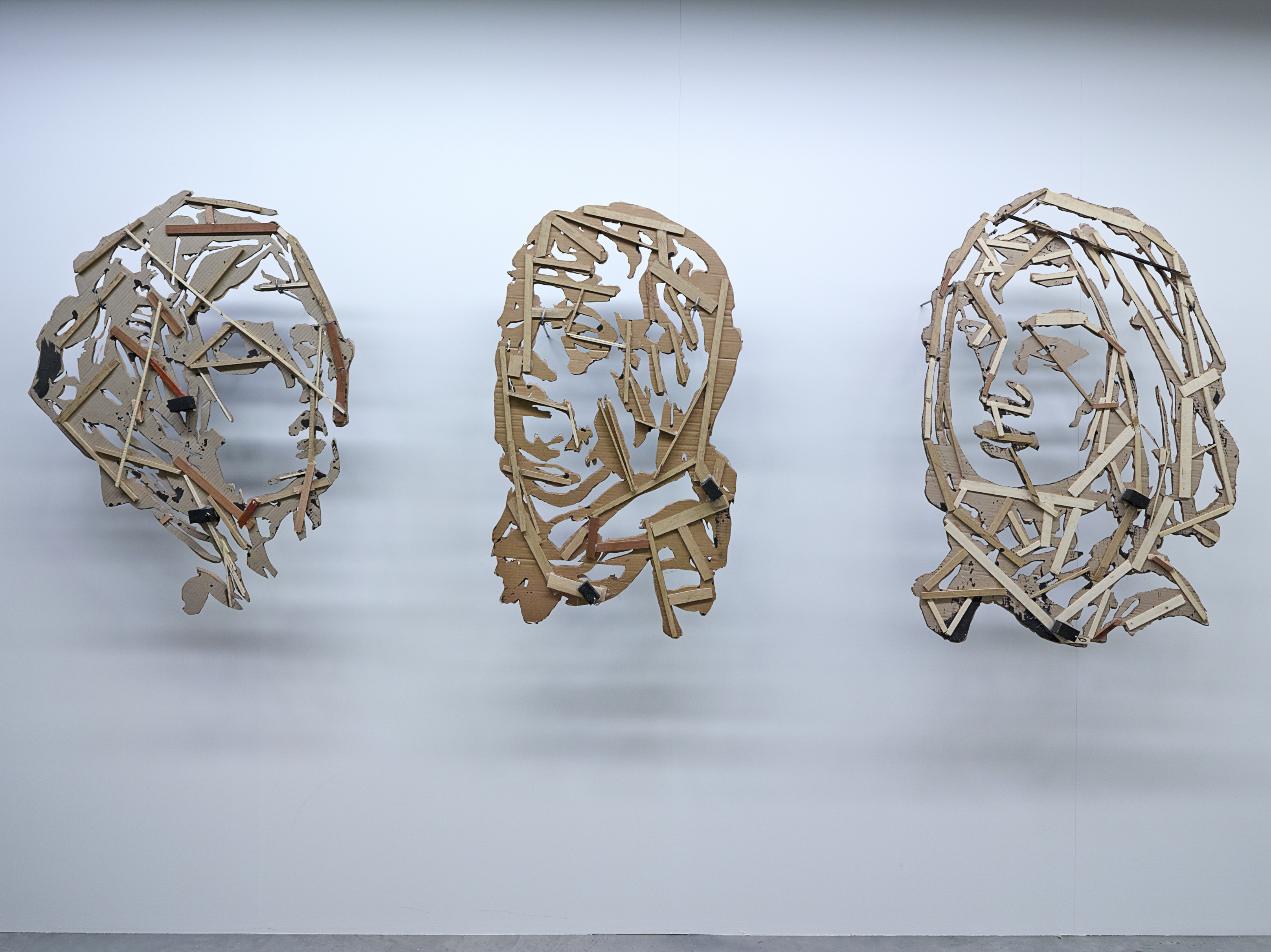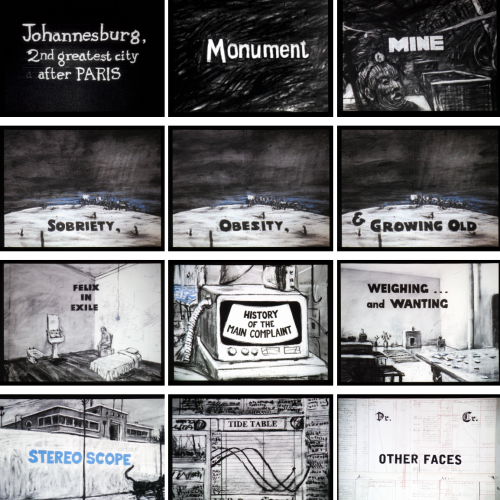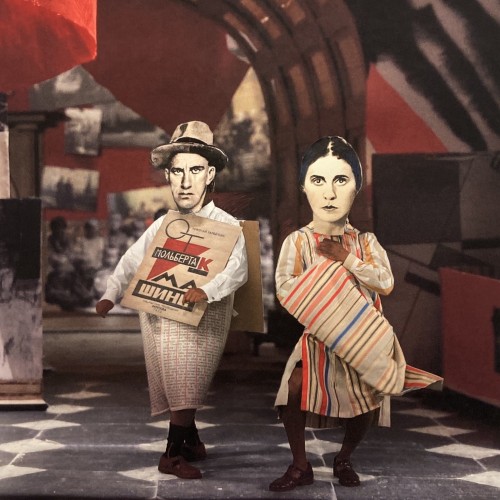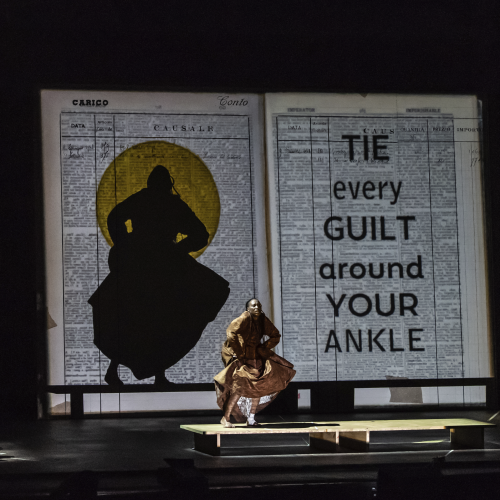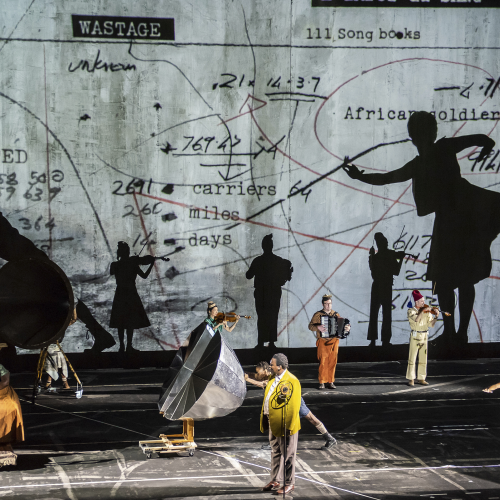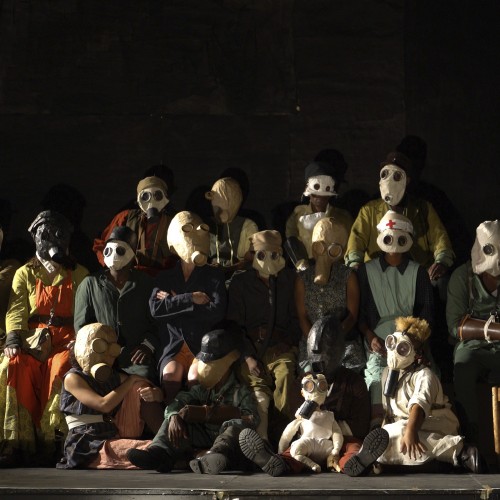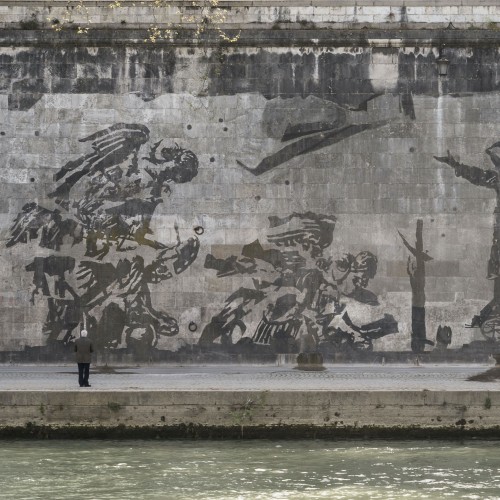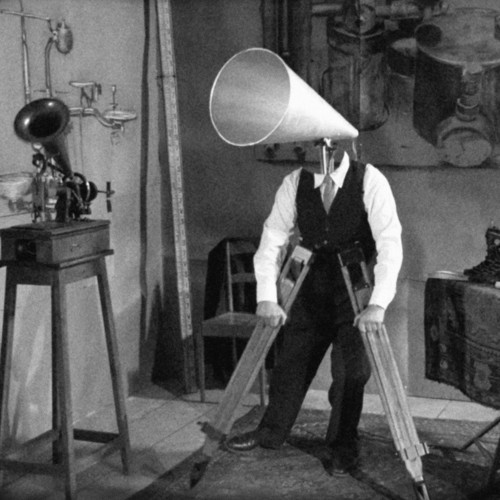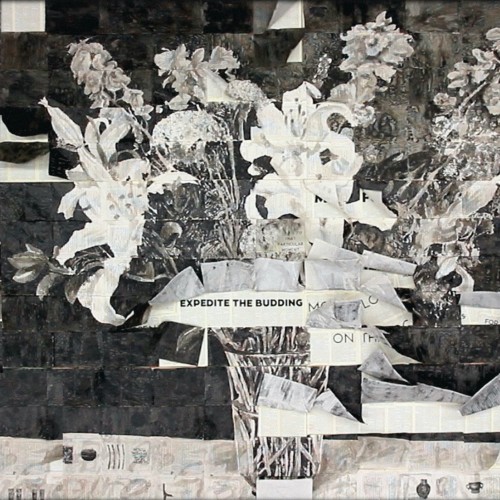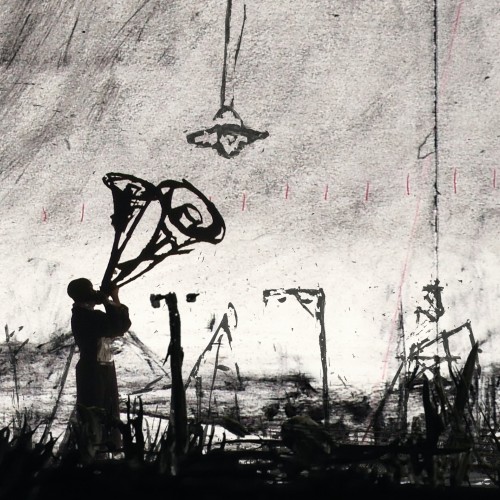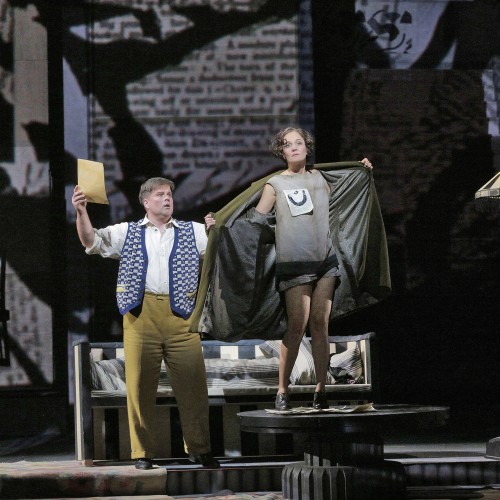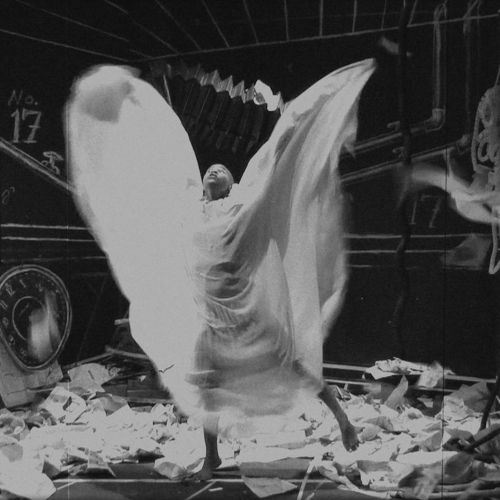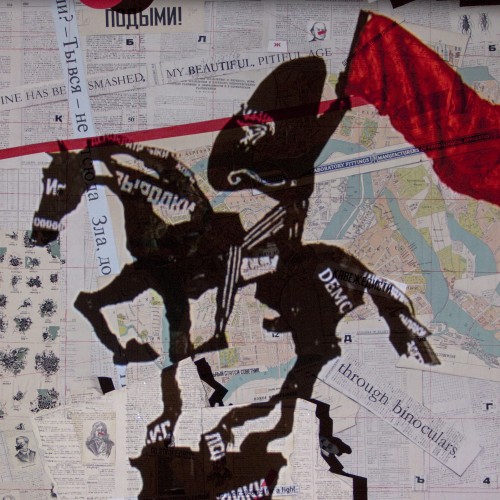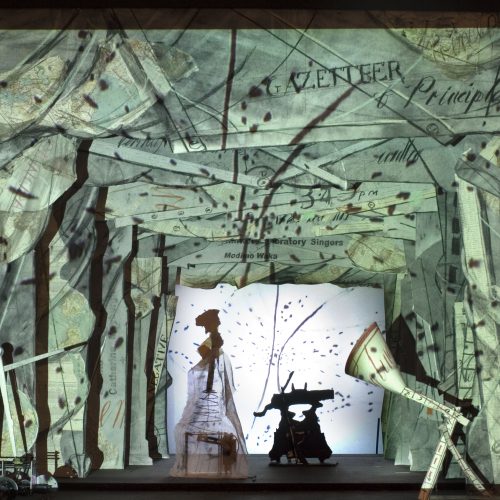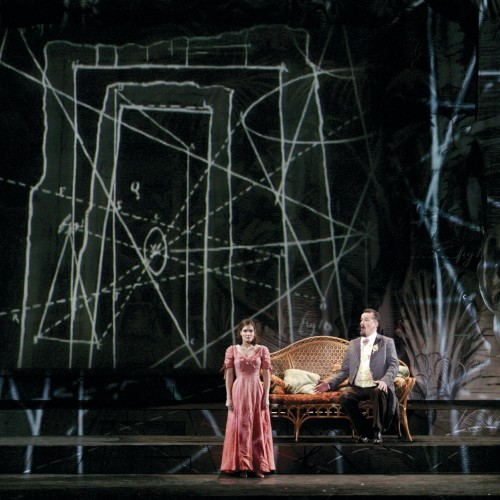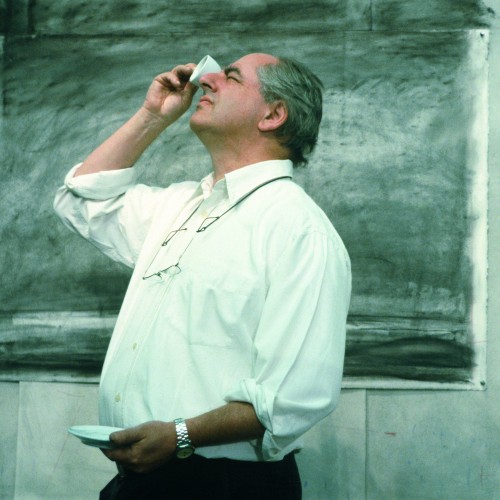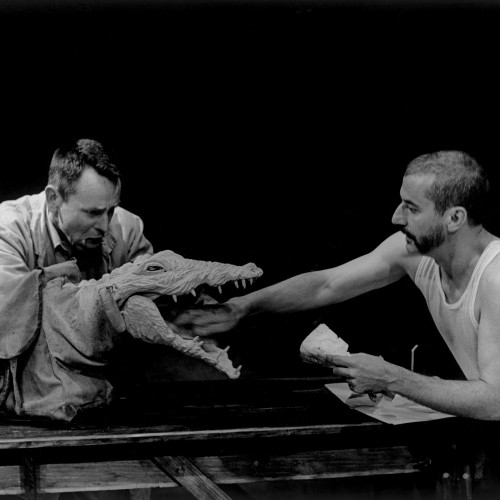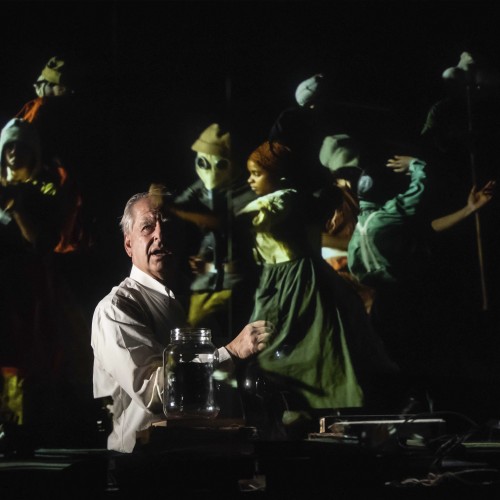Death Dancing the Tango
The procession is a form I have used many times before, trying to encompass in the work the muchness of the people in the world. And to record the fact that here in the twenty-first century human foot power is still the primary means of locomotion and we are still locked in the manual labour of individual bodies as a way of making the world.
Specifically, the image of a procession goes back to Goya and his paintings of processions. It goes back more recently to photographs of refugees fleeing Rwanda, coming from north to south Sudan. All the movement that still exists across the continent of Africa. Further back to the images of the processions of people from the Balkans. The huge population of movements of people at the end of the Second World War. The image of a procession of people pulling or carrying their baggage is both a contemporary and immediate image and one deeply rooted in our psyches.
-
+ Credits
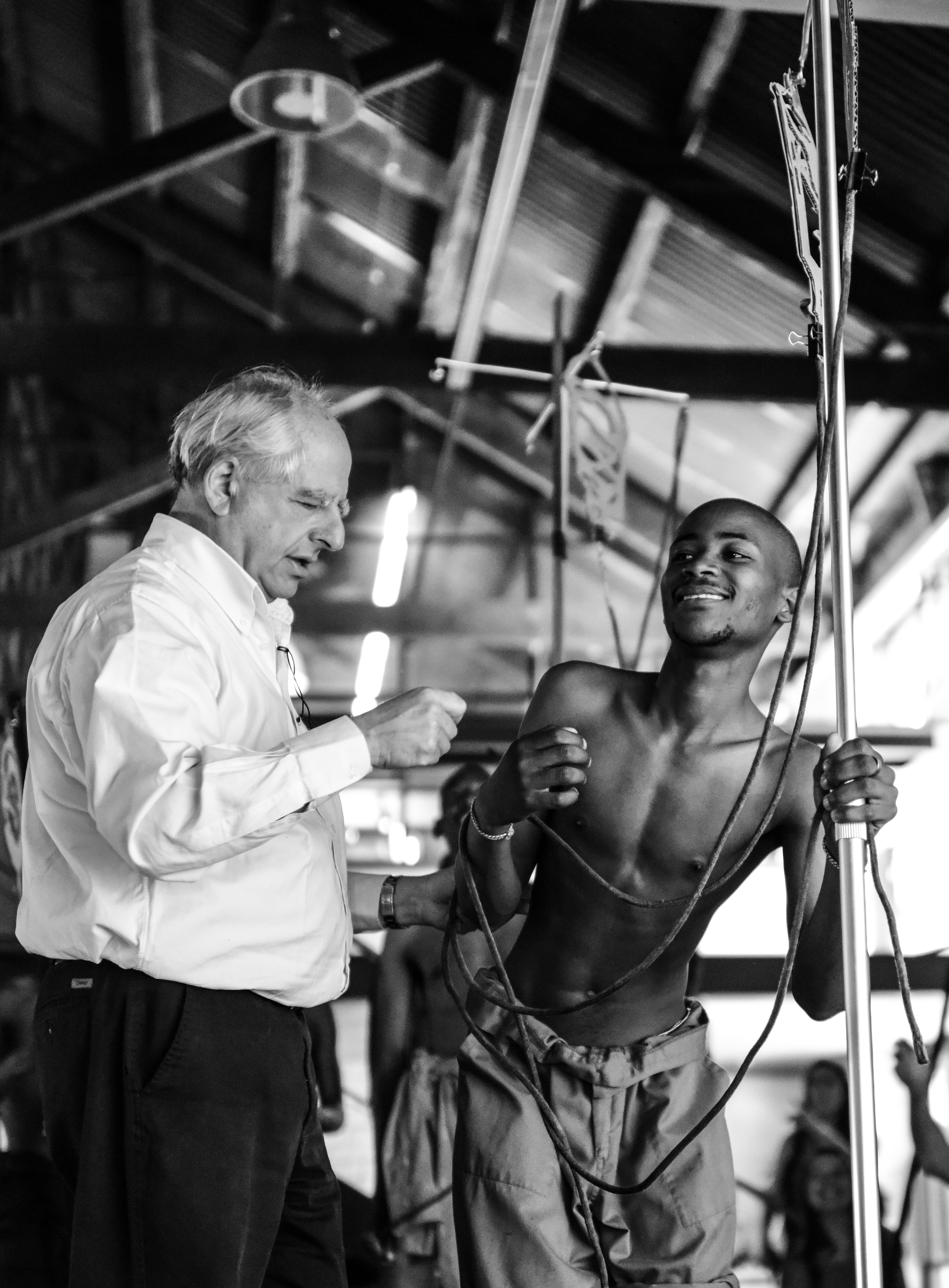
More Sweetly Play the Dance
2015
8-channel video installation with four megaphones, sound
HD video, 15 minutes
Video editing and construction
Janus Fouché
Music composition
Johannes Serekeho
Music performed by
The African Immanuel Essemblies Brass Band (under Bishop R.E. Sefatsa)
Vocals
Bham Ntabeni, Moses Moeta
Percussion
Tlale Makhene
Sound mix
Gavan Eckhart
Costume design
Greta Goiris
Choreography and dance
Dada Masilo
Camera
Duško Maroviç
Performers
Mncedisi Shabangu
Luc de Wit
Joanna Dudley
Sue Pam-Grant
Lara Adine Lipschitz
Lawrence Maduna
Samson Falowo
Sipho Zungu
Sipho Seroto
Agnes Khunou
Maria Ndlela
Maphokoane Serobanyane
Okechukwu Adinnu
More Sweetly Play the Dance was made at the invitation of the Lichtsicht – Projection Biennale in Bad Rothenfelde, Germany and EYE Filmmuseum, Amsterdam.
Making
There is both a pleasure and an energy that comes from 40 people gathered in the downtown studio. ‘More team than project’, as my wife says. Actors, musicians, editors, cameramen. There is an impulse for a work to be made – but with an openness as to what this will be. The studio is filled with the combined energy waiting in the psyches, in the limbs, in the intentions of all participants.
In the large studio in town, a platform 60 cm above the floor runs the 18-m length of the studio. The wall is floodlit behind this walkway. A camera is pointed at people walking across and along it. We are re-staging the procession of Plato’s figures in the cave.
There is something always utopian about dance, the coordination of muscle, sinew, intention and delight that constructs the rhythmic purposeful movement of people in a dance. There is an irony of course in a dance both for and against death. Death as a dancer leading its companions to their end, and the medieval idea that if one danced furiously enough, if there was enough energy released in the making of the dance, one could keep death at bay.
We make our costumes partly out of plastic. Large sheets that are painted with glue, with ink – so that when they are seen against the bright back wall, there is not a complete transparency but a sense of an enveloping shell around the figures. The question of the presence or the absence of the figures, how much they are translated into shadows, becomes this question of the degree of paint or glue, the numbers of layers of plastic necessary to keep a sense of a thickness of figure, but to allow them to float in and out of being silhouettes against the wall.
This is started in the filming. It is continued in the editing, where the contrast is pushed or lowered or raised – a series of technical and formal solutions that come to the heart of the substance of the project itself.
Who are these anonymous carriers? Taken for granted by Plato? Taken for granted by us as we see them walking through the streets of Johannesburg, through the streets of so many cities of the world? They’re the peasants, the proletariat, the unemployed, people at the margins of society. As Woyzeck says: ‘If ever we get to heaven, we’d still have to help make the thunder.’
What is carried? Not only saints’ heads, but other spoils: typewriters, a bath, a pile of books, cages, bundles of firewood. As if one could draw all the hopes, fears and desires. What else comes into the Dance of Death? The dancing figures. There are African churches in which part of the service and part of the ritual consists of a circling dance, as if the dizziness will make a trance and the trance will bring one away from one’s everyday life into a less mundane state. This dance that spins and continues is one of the elements of the Dance of Death of the crowds, performed by the group of actors and singers assembled in the studio.
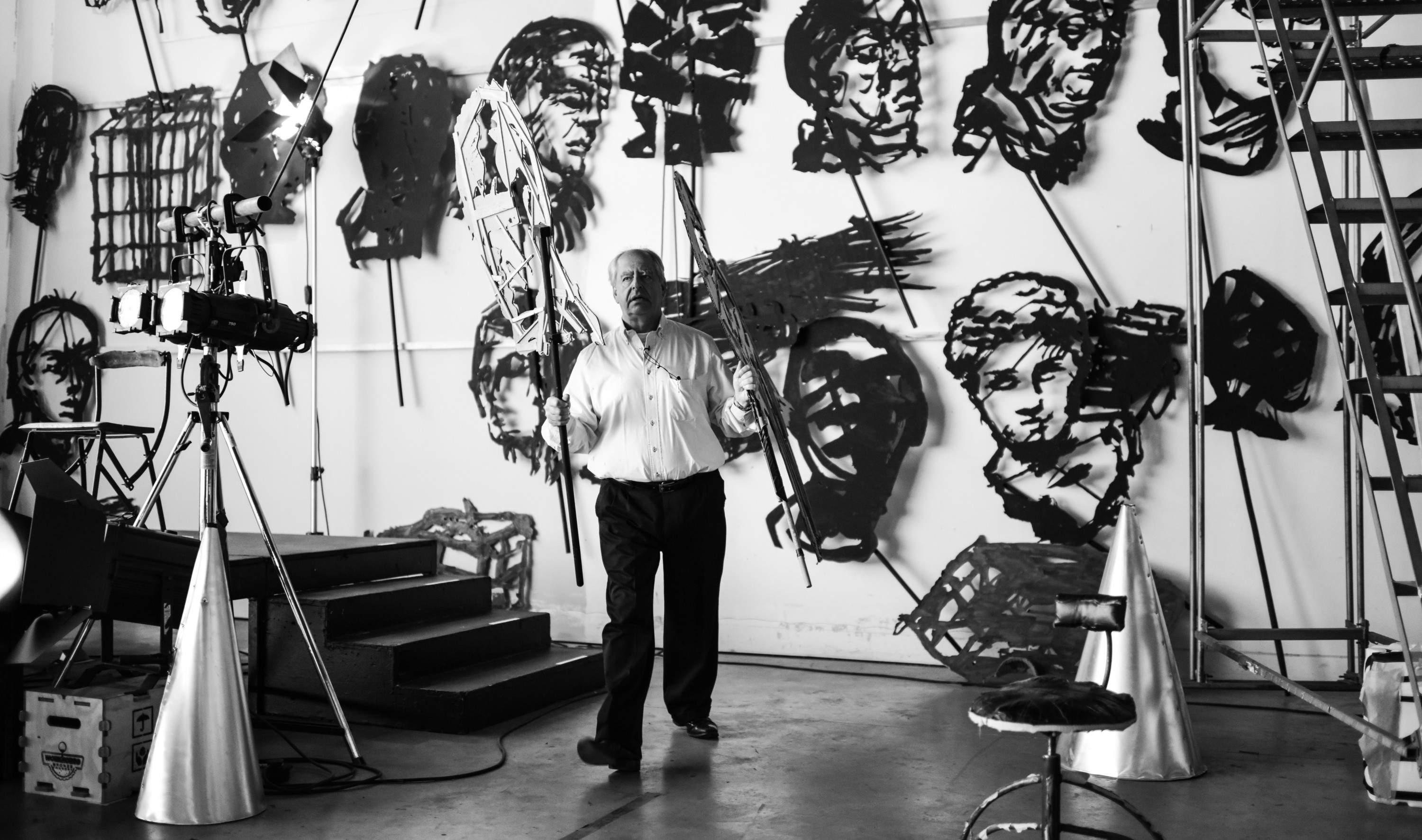
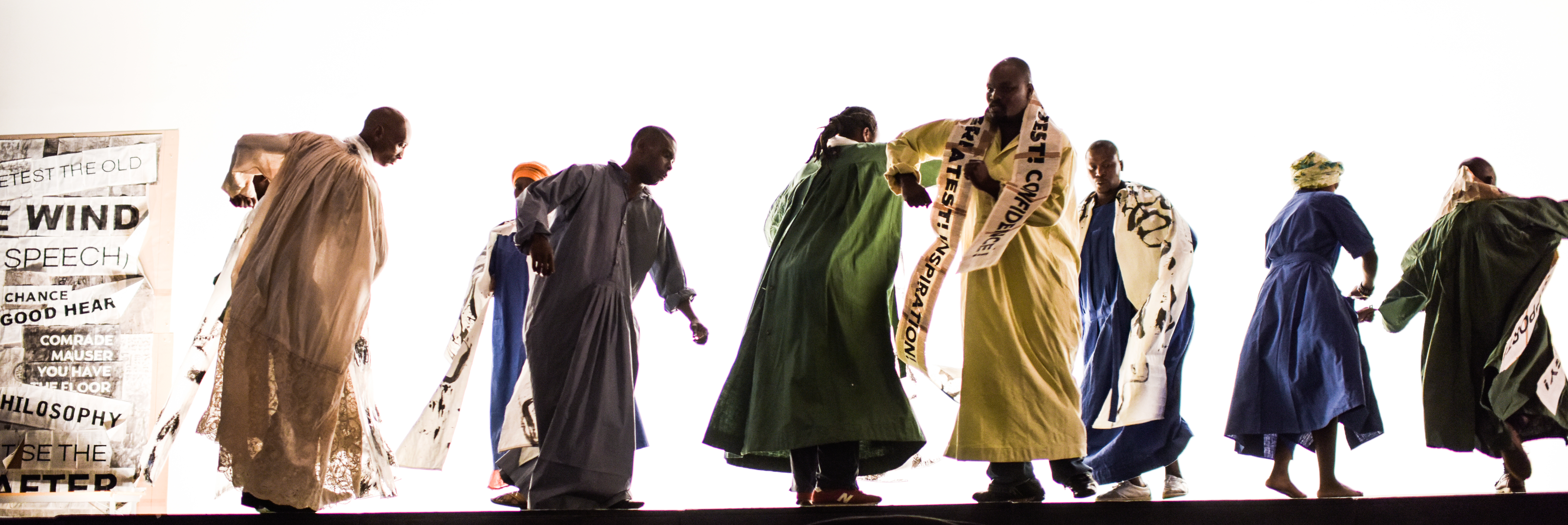
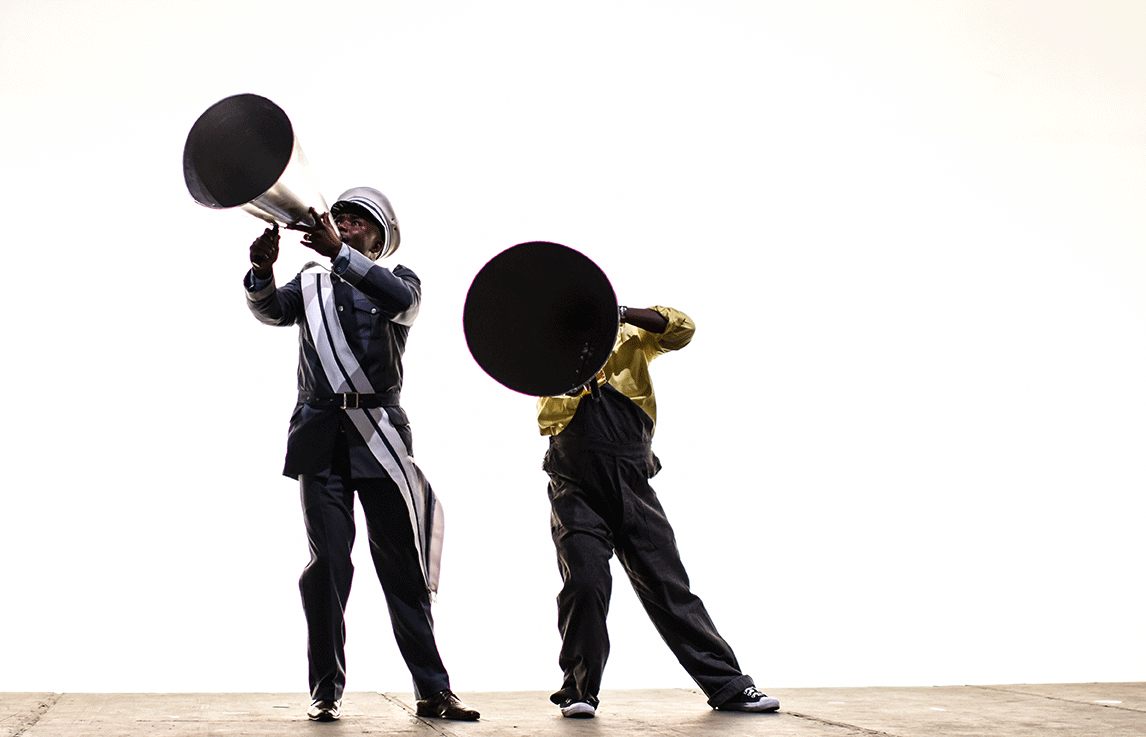
Drawings
What does it take to make a head? The heads are drawn on small pages of an encyclopedia, about 12 x 14 cm. Some based on heroic figures, figures from Rome: Cicero, Mucius Scaevola, Giordano Bruno. These are made with a thought ahead to the procession of figures to be done on the banks of the Tiber. Some of the trophies are based on Chinese heroic heads from the cultural revolution that appeared on posters, on enamel mugs, on every object. These too are painted with Indian ink onto the pages of the encyclopedia. There are other heads that are simply a brush mark. What is the minimum needed to make a head? An oval and a line for a neck is enough to make us recognise that what we are looking at is both a brush mark and a person.
Props
These images are then projected onto large sheets of paper, about the size of a person, and the brush marks traced, and cut out or torn out. These sheets of paper are mounted on stiffer cardboard, reinforced with pieces of wood at the back, so that these silhouetted, brush-marked faces and heads can be carried aloft by the people walking in the procession as so many saints.
Exhibitions and Screenings
A message has come into the studio, via email, from Bad Rothenfelde, a small town in Germany. There is a wall 412 m long, 10 m high. The wall is made of blackthorn brushwood piled high – the remnants of a salt-works. Saline water from a nearby spring is run over the branches, which leach out impurities and increase the salinity of the water. The branches are whitened in the process. A calcium encrusted rough white surface is the result. There is an invitation to make a projection on this wall. Projectors and speakers are already installed. This is intriguing both for the strange projection surface offered and for the scale and elongated format of the screen.
More
More projects
Credits
More Sweetly Play the Dance
2015
8-channel video installation with four megaphones, sound
HD video, 15 minutes
Video editing and construction
Janus Fouché
Music composition
Johannes Serekeho
Music performed by
The African Immanuel Essemblies Brass Band (under Bishop R.E. Sefatsa)
Vocals
Bham Ntabeni, Moses Moeta
Percussion
Tlale Makhene
Sound mix
Gavan Eckhart
Costume design
Greta Goiris
Choreography and dance
Dada Masilo
Camera
Duško Maroviç
Performers
Mncedisi Shabangu
Luc de Wit
Joanna Dudley
Sue Pam-Grant
Lara Adine Lipschitz
Lawrence Maduna
Samson Falowo
Sipho Zungu
Sipho Seroto
Agnes Khunou
Maria Ndlela
Maphokoane Serobanyane
Okechukwu Adinnu
More Sweetly Play the Dance was made at the invitation of the Lichtsicht – Projection Biennale in Bad Rothenfelde, Germany and EYE Filmmuseum, Amsterdam.
